
Reno is a beautiful place to live, and travelers worldwide come to enjoy the outdoors, casinos and food. Beyond the surface, there is history to explore. Sites range from emigrant trails to Truckee Meadows’s early settlements, CCC campground, aviation history, and quirky Reno. Learn about the historical sites around Reno and the Truckee Meadows, including ghost towns, emigrant trails, and the CCC.

Sites are organized by general location: central Reno, southern Reno, Sparks, and the Verdi area. Locations in blue have links to additional information.
Central Reno
RENO ARCH: THE OG
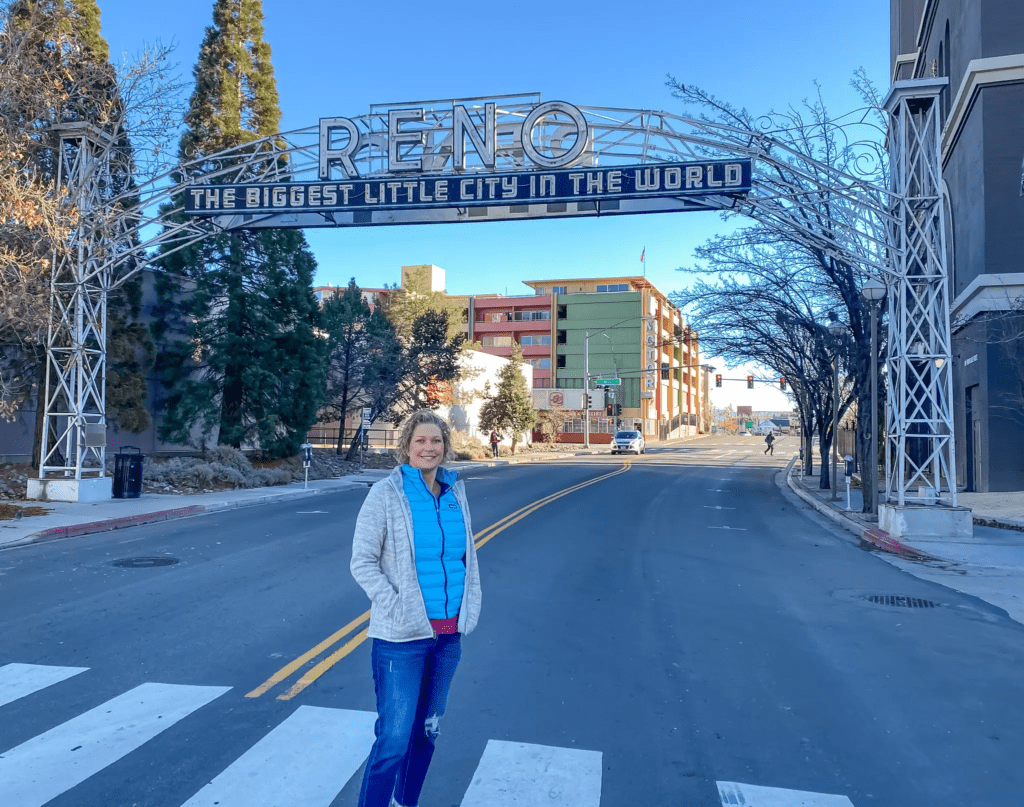
The original Reno arch was built in 1926 in honor of the Nevada Transcontinental Highways Exposition, marking the completion of the Lincoln Highway. In 1963, to celebrate Nevada’s 100 years, a new sign was erected with a rotating star proclaiming Reno the “Biggest Little City in the World.”

The city of Reno moved the original arch to Idlewild Park and later to storage. In 1994, a movie company restored the original arch to film Cobb. After filming, the arch returned to storage, but a grassroots effort fought to have the original arch on display. The original Reno Arch moved to its current location on Lake Street in 1995.
The Reno arch over Virginia Street was placed in 1987.
LAKE’S CROSSING
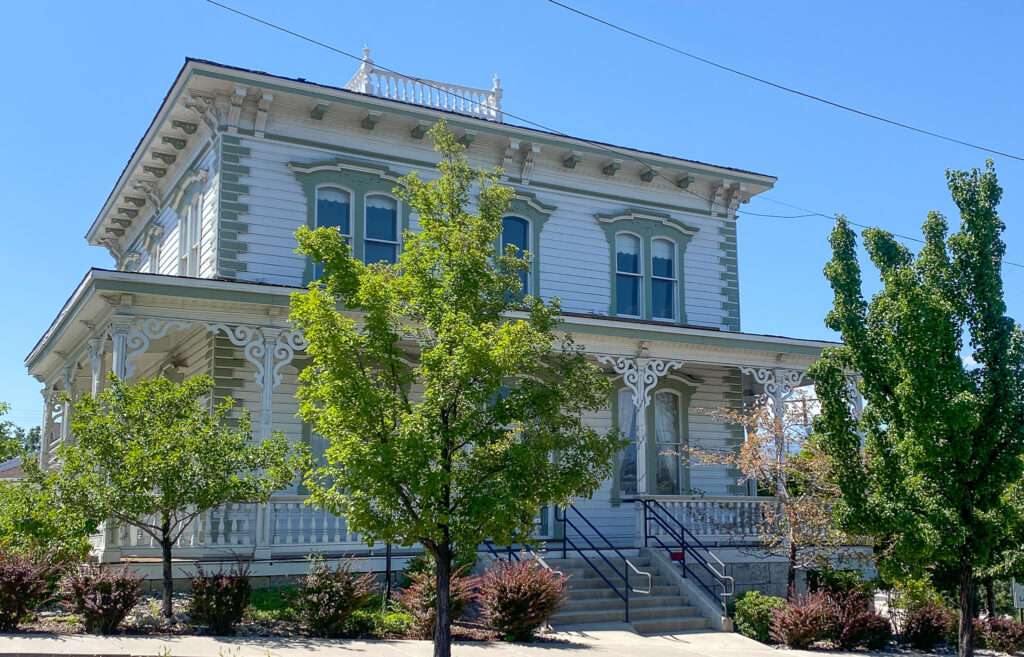
Travelers headed to California through Truckee Meadows needed to cross the Truckee River. In 1859, Mr. Fuller began a ferry service and built a house along the river bank. In 1860, he built a toll bridge, but it was destroyed by flooding in 1862. Fuller traded the ferry crossing with Myron C. Lake for a ranch in Honey Lake.
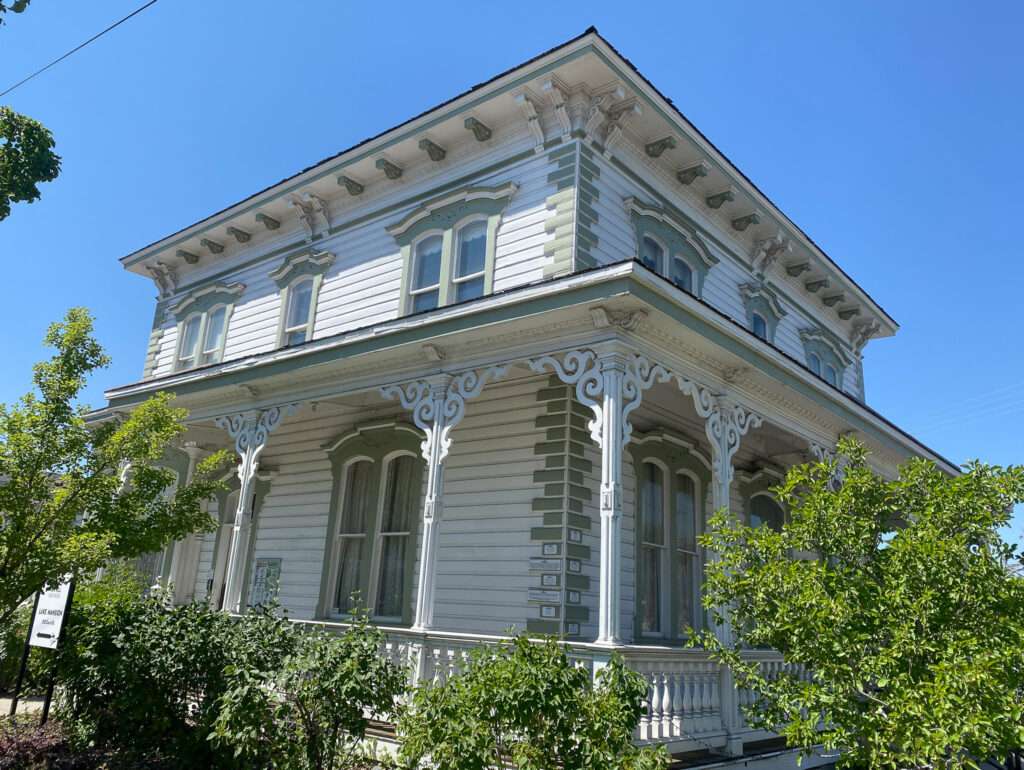
A second bridge was built by Lake in 1863, along with a hotel, store, and saloon, and the settlement was named Lake’s Crossing. Lake donated land to the Central Pacific Railroad, creating a station stop at Lake’s Crossing. The Central Pacific Railroad sold parcels and renamed the station Reno after Union General Jesse L. Reno, who died in the Civil War.

Washington March built Lake’s Mansion in 1877. Lake purchased the beautiful two-story home in 1879. Upon their divorce in 1881, Lake’s wife took ownership. The house has been moved twice and is now the Arts for All Nevada office.
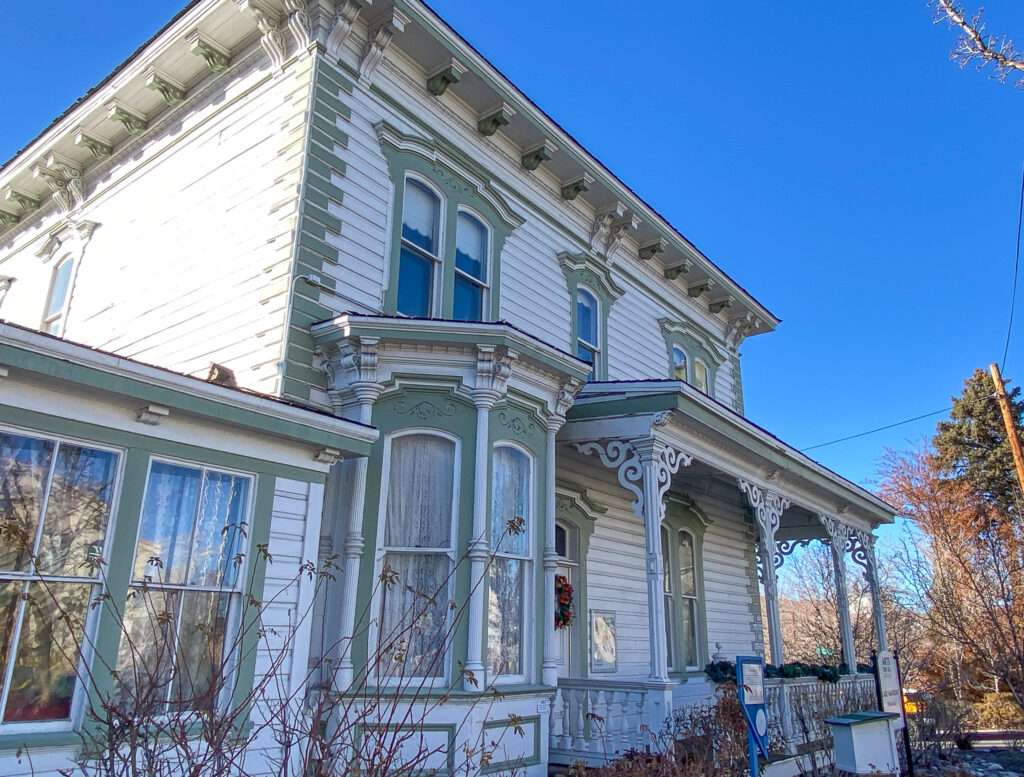
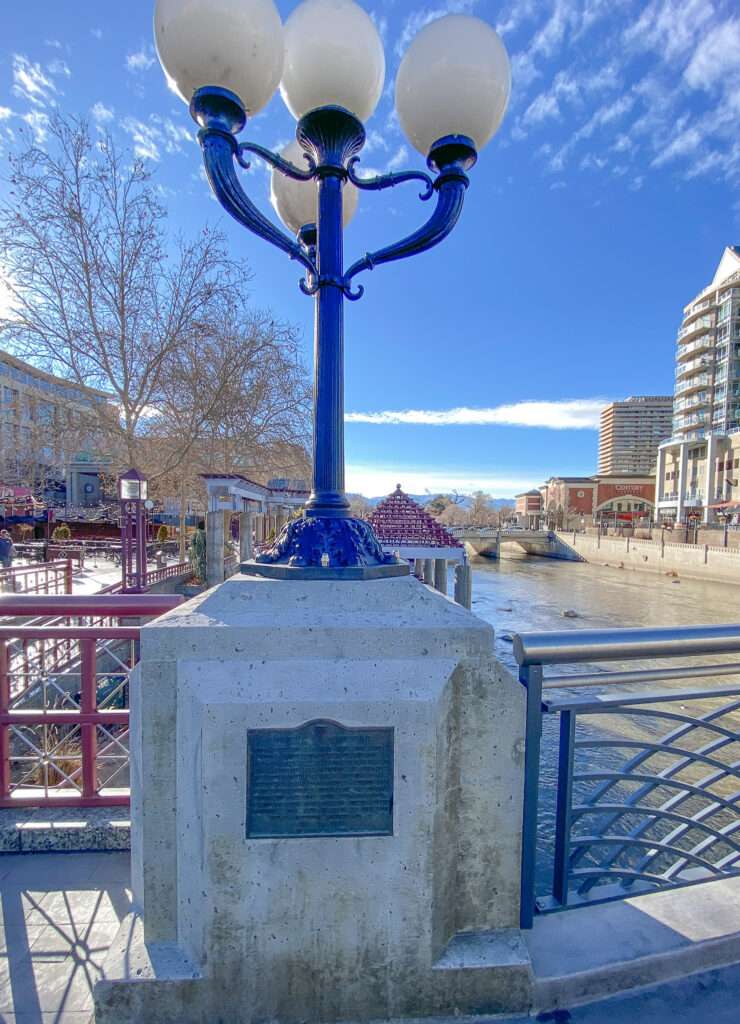
Junction House

What became Junction House (now the Atlantis) started as a ranch in the 1850s, likely one of the first in Truckee Meadows. Roads were built, connecting Virginia City to Washoe Valley, Henness Pass to California, and Myron Lake Road to Oregon.

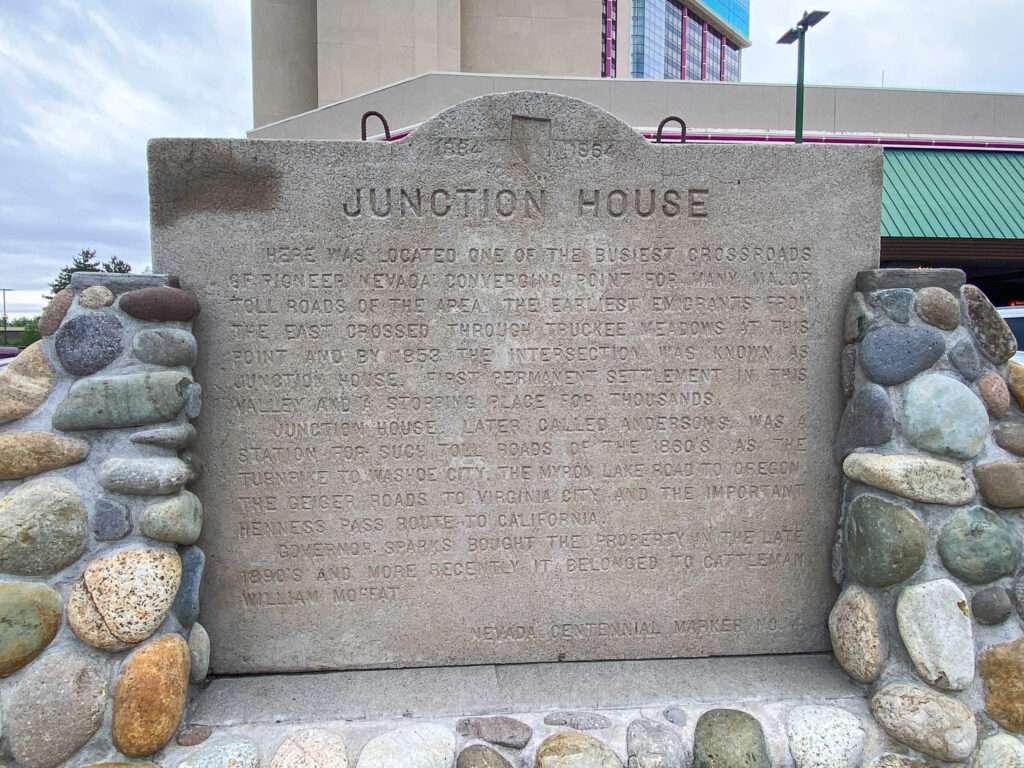
In 1861, Junction House became a busy intersection and station stop. A settlement grew, the first permanent settlement in the Truckee Meadows. A post office named Truckee Meadows was opened on September 22, 1862. The settlement’s name changed to Andersons with the arrival of the Virginia & Truckee Railroad.

Governor Sparks purchased Junction House and 2,500 acres in 1887. He named the ranch “The Alamo” and built a beautiful house near the emigrant road crossings. In 1978, owners replaced the house with a Steamboat to preserve the historic home.
NEVADA, CALIFORNIA, OREGON RAILROAD DEPOT

(Photo credit: UNR)
The Nevada, California & Oregon Railway is infamous in Nevada history.

Today, you can visit the Reno Depot and follow much of the infamous railroad’s route from Reno, Nevada, to Lakeview, Oregon.
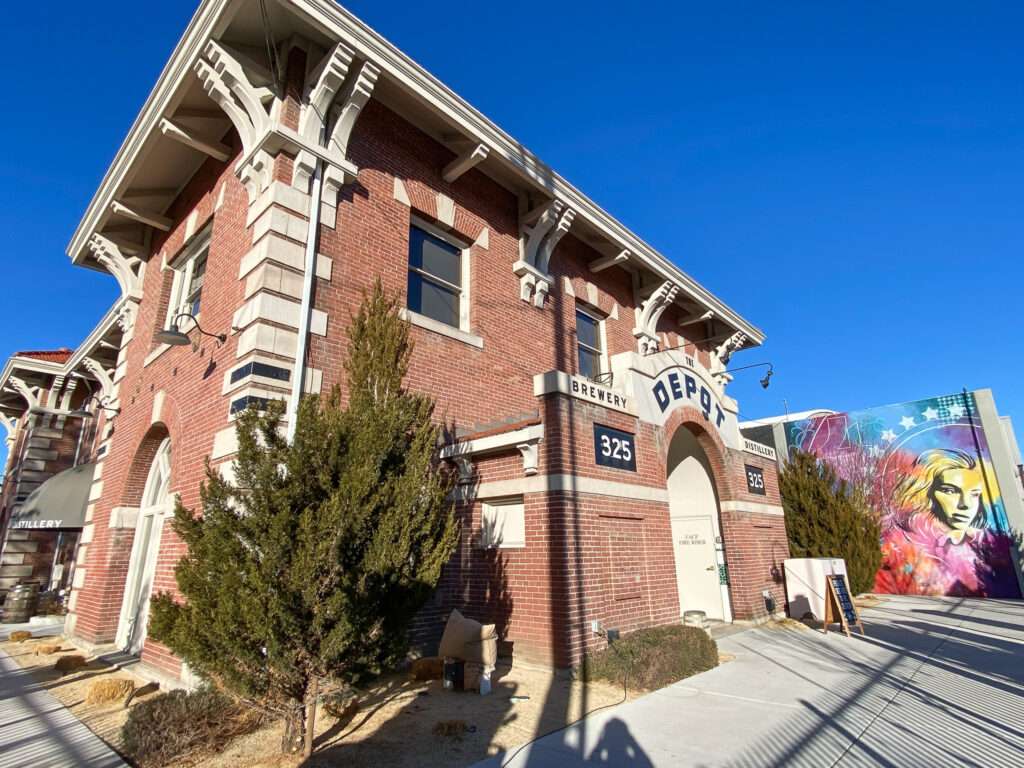
At one time, railroads crisscrossed Nevada. Over seventy rail lines ranged from small localized to transcontinental railroads. They connected remote Nevada locations with the state and the outside world. The most famous may have been Virginia & Truckee, “The Queen of the Short Lines,” but few compare to the infamous Nevada, California, and Oregon Railway. Stories of mismanagement, herding rabbits, shootouts, and murder trails make the N-C-O one of the more colorful lines, earning it the nickname “The Northern California Outrage” and the “Narrow, Crooked and Onery.”

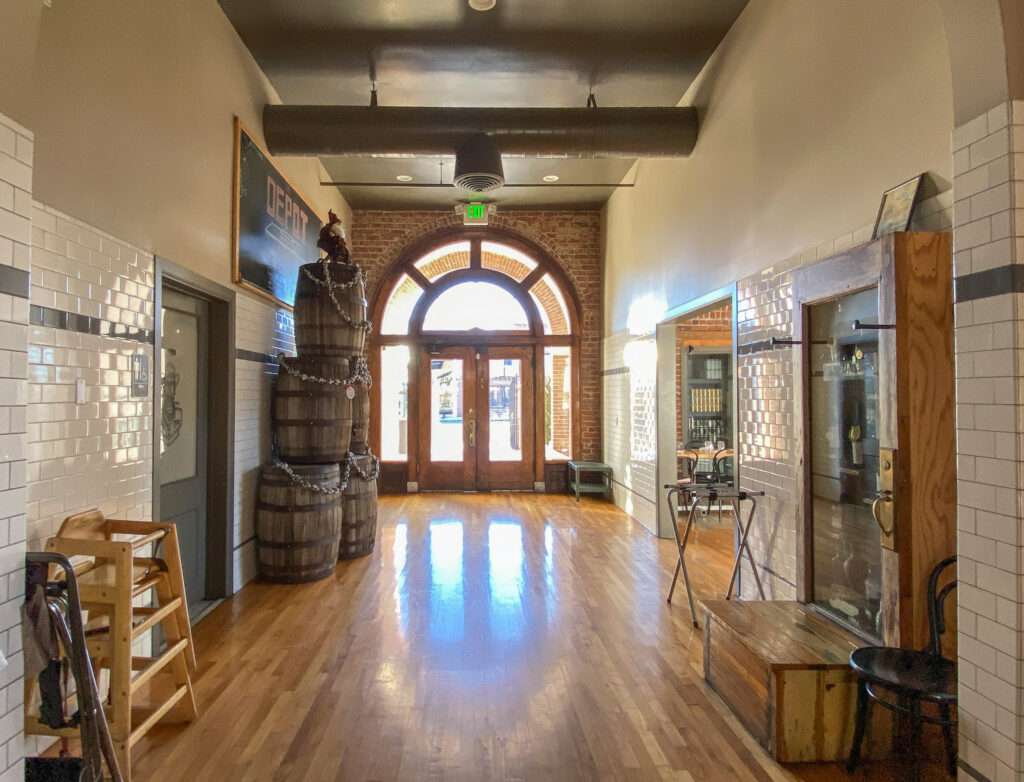

Today, the N-C-O Depot is the Depot Brewery and Distillery, where you can enjoy delicious food and an adult beverage.
Keck Museum

The W.M. Keck Museum is a hidden treasure on the University of Nevada, Reno (UNR) campus. Located in the Mackay School of Mines Building, it is Nevada’s oldest geology museum and the second oldest museum in Nevada. Exhibits include minerals, ores, and fossils. They also have historical photographs and mining equipment from Nevada mines. The museum is free, as it has been since 1908, and is a great way to spend the day and learn about Nevada’s extensive and varied earth science history.



Reno divorce houses: the nation’s new divorce headquarters
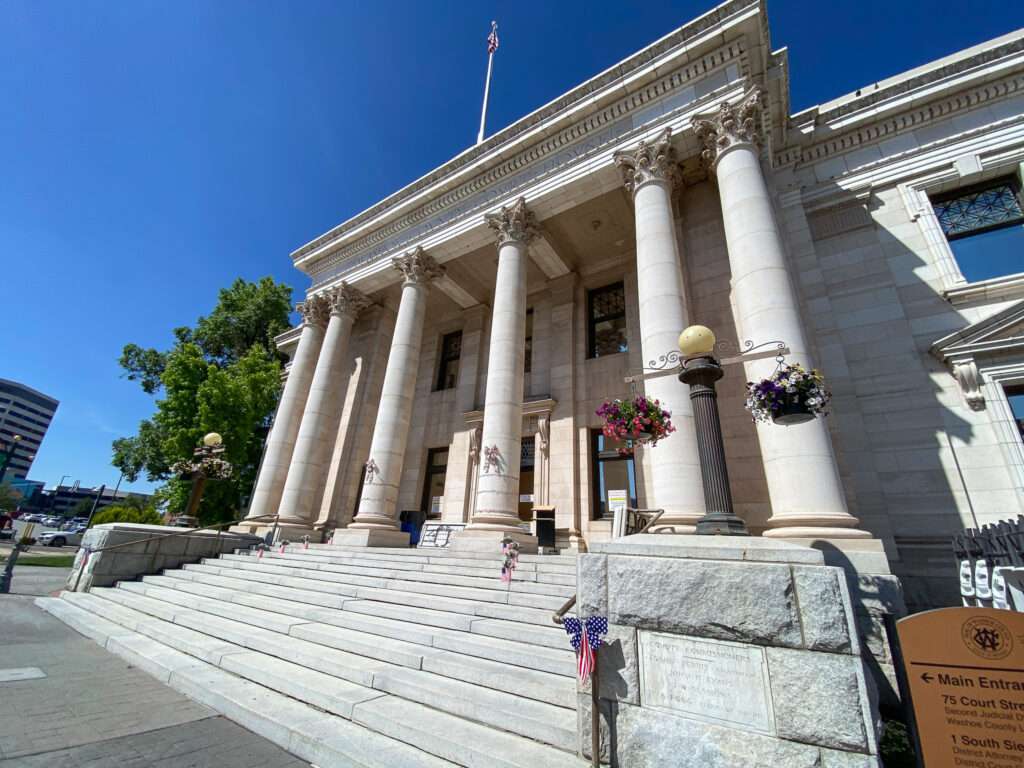
Divorce was a big business in Reno. Due to lenient divorce laws and short time limits to establish residency in Nevada, people, primarily women from all over the country, came to Reno to secure a dissolution of their marriage. For six decades, Reno was the center of divorce. In the 1930s, over 30,000 divorces were granted in Nevada.
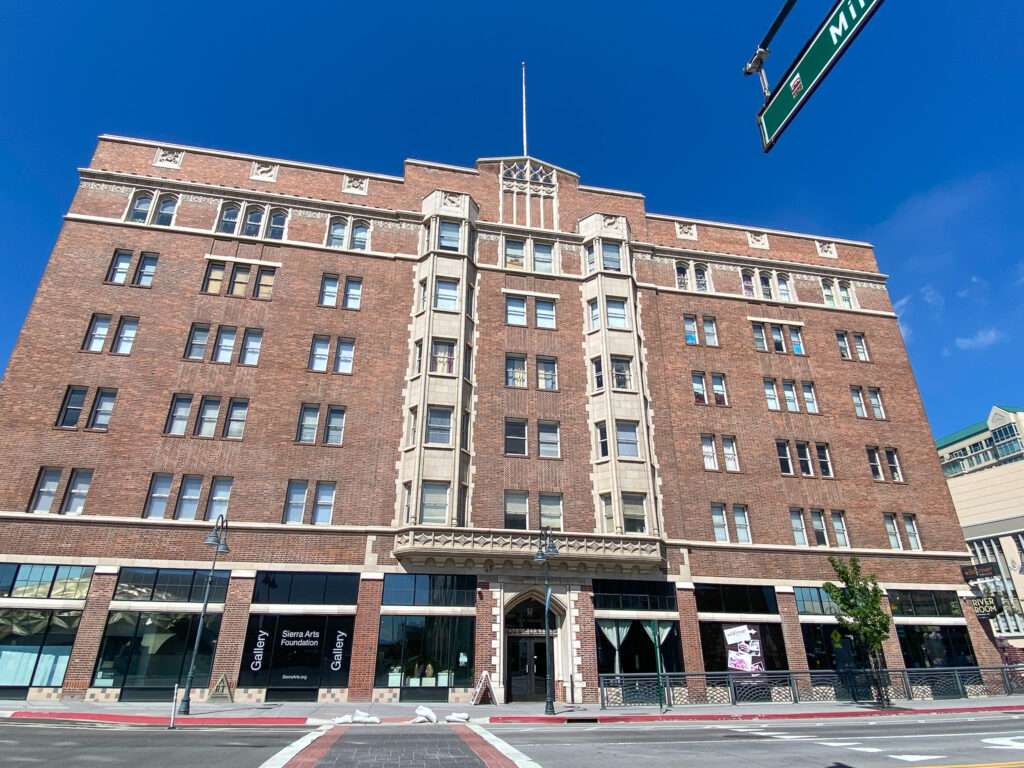
With a population of only 5,000, housing was limited to a few boarding houses and hotels catering to men. Enterprising residents developed various solutions, most close to the Reno courthouse. Harry Gosse built the opulent brick Riverside Hotel, conveniently next to the courthouse. Large houses became boarding homes. Owners added cottages to backyards for rentals. Families moved in with relatives and rented out their houses. In several cases, they returned to their very modest homes to find them redecorated and furnished.
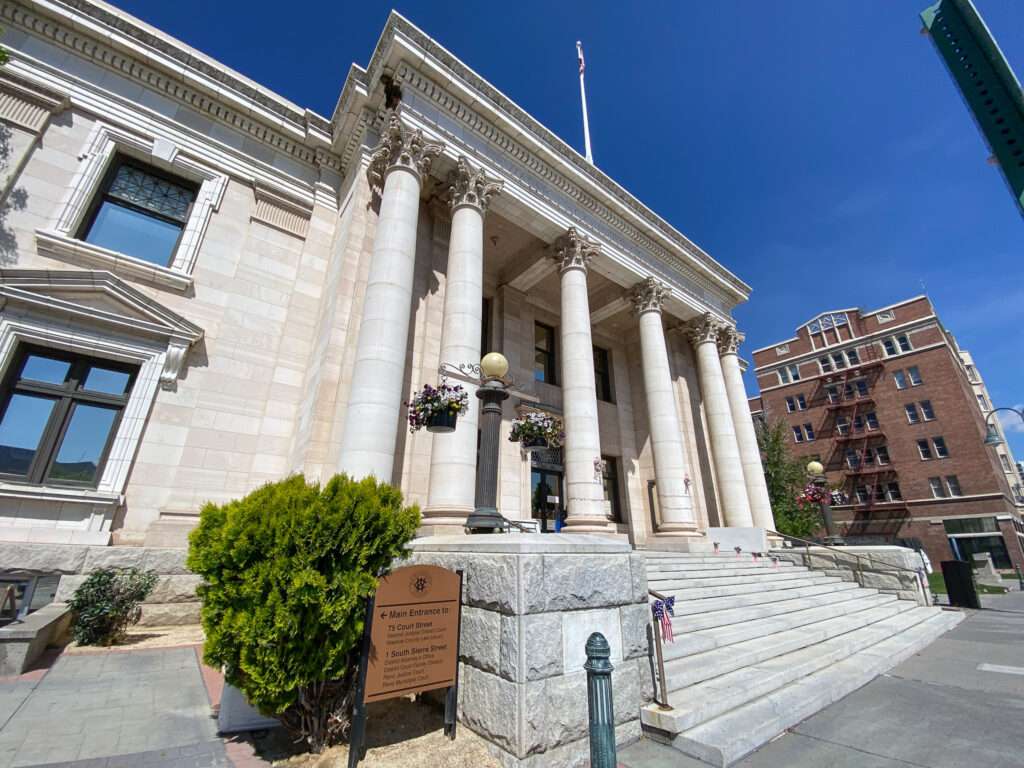
Many boarding options included meals, activities such as car trips to Lake Tahoe, dances, horseback riding, skiing, and social events. Several divorce houses survive today, including the Riverside Hotel, the Nystrom Guest House, Borland-Clifford House.
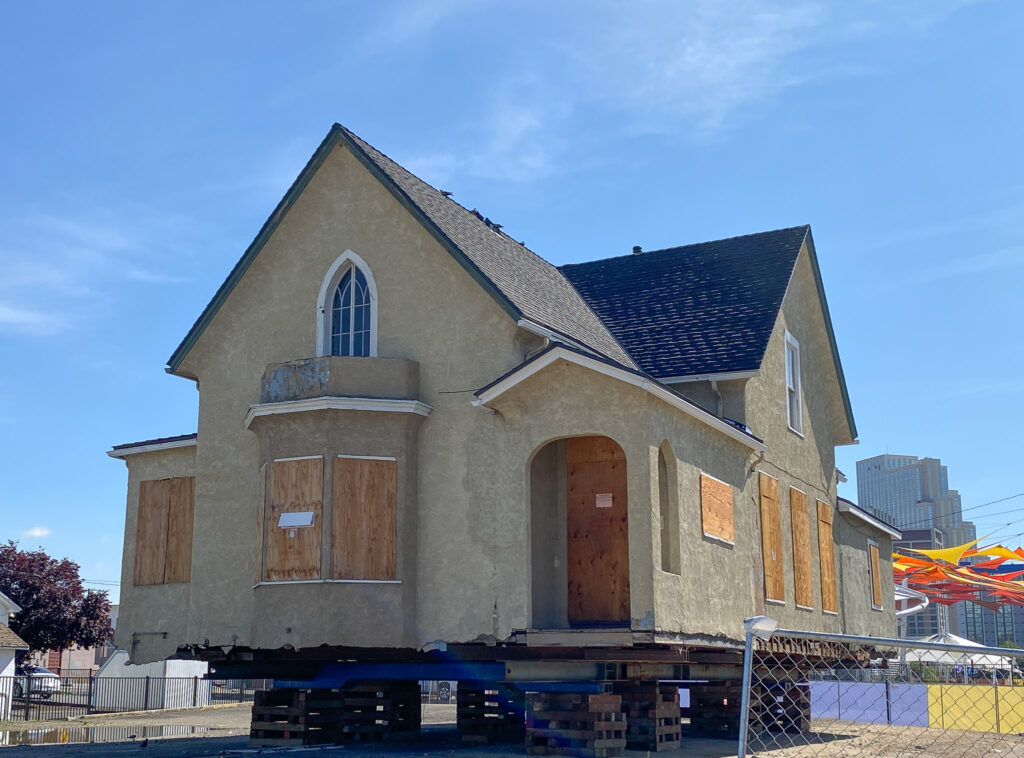
The elite often stayed at guest ranches around Pyramid Lake and in Washoe Valley. The most famous was the ME Ranch at the historic Franktown Hotel.
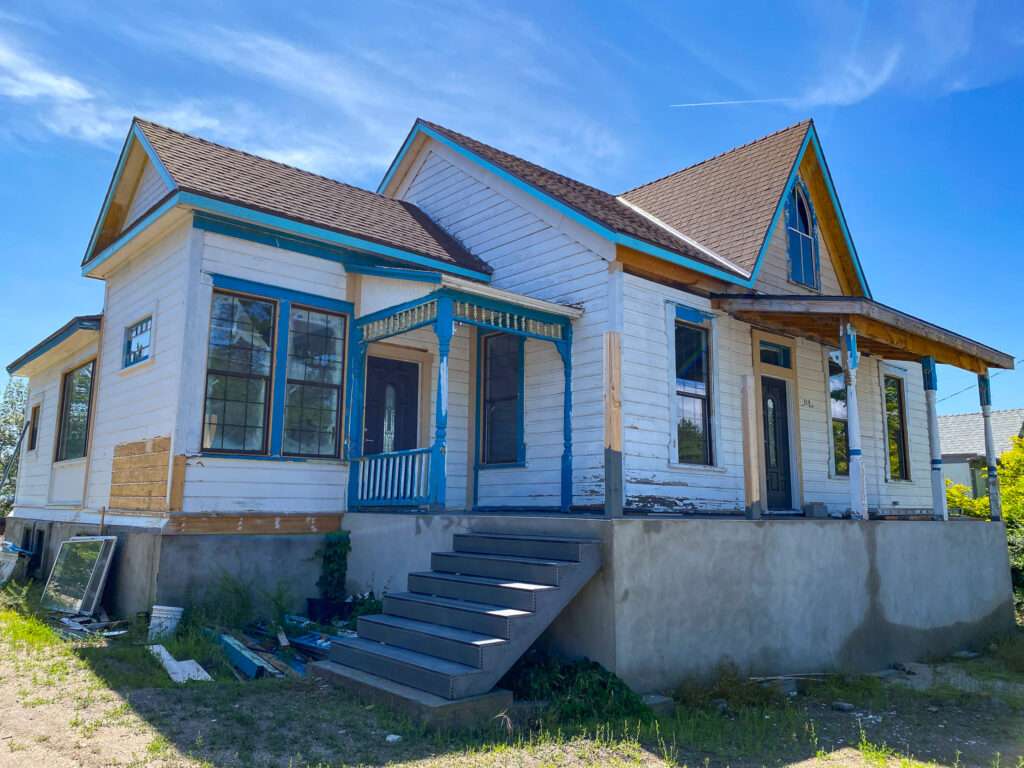
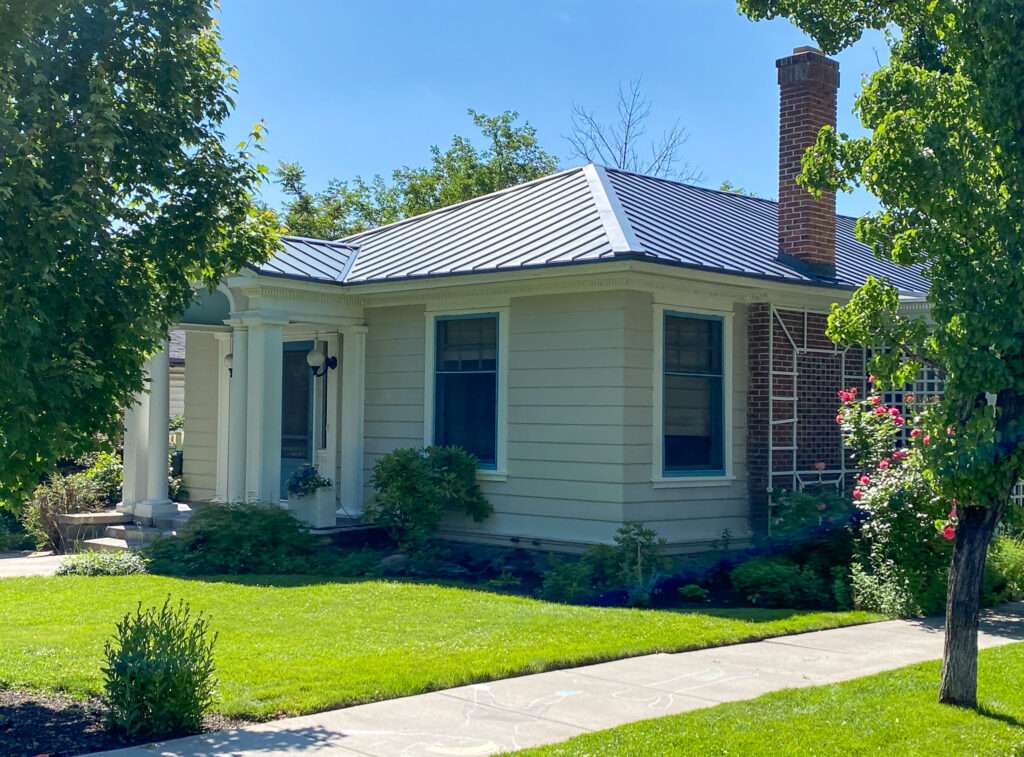
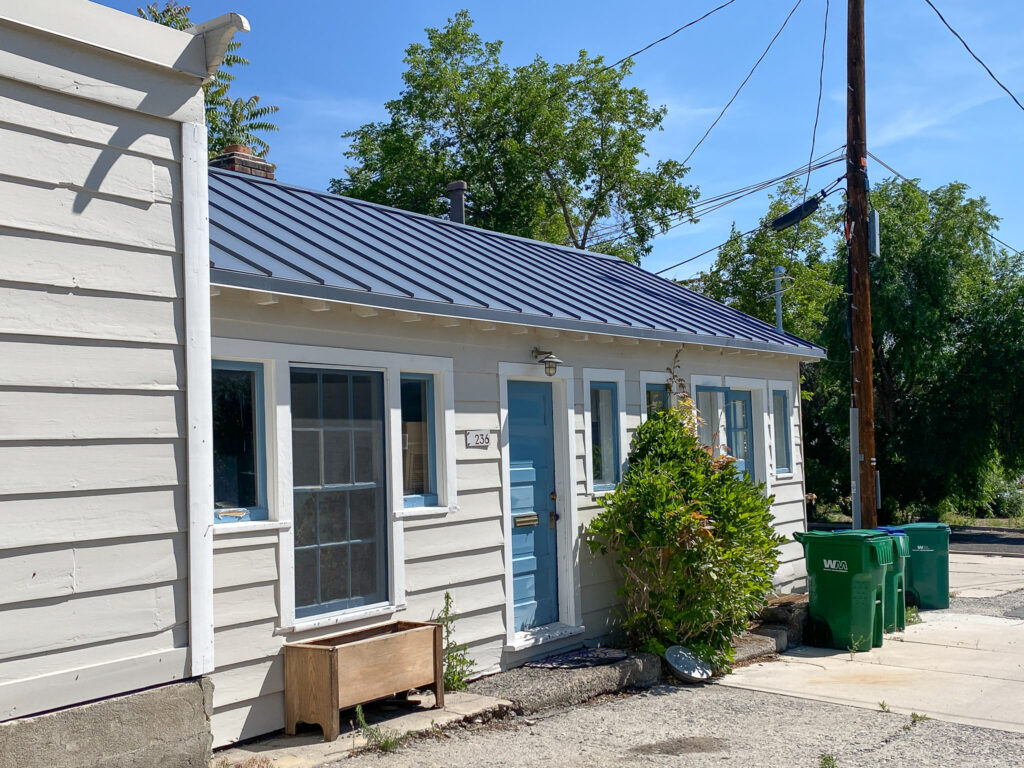
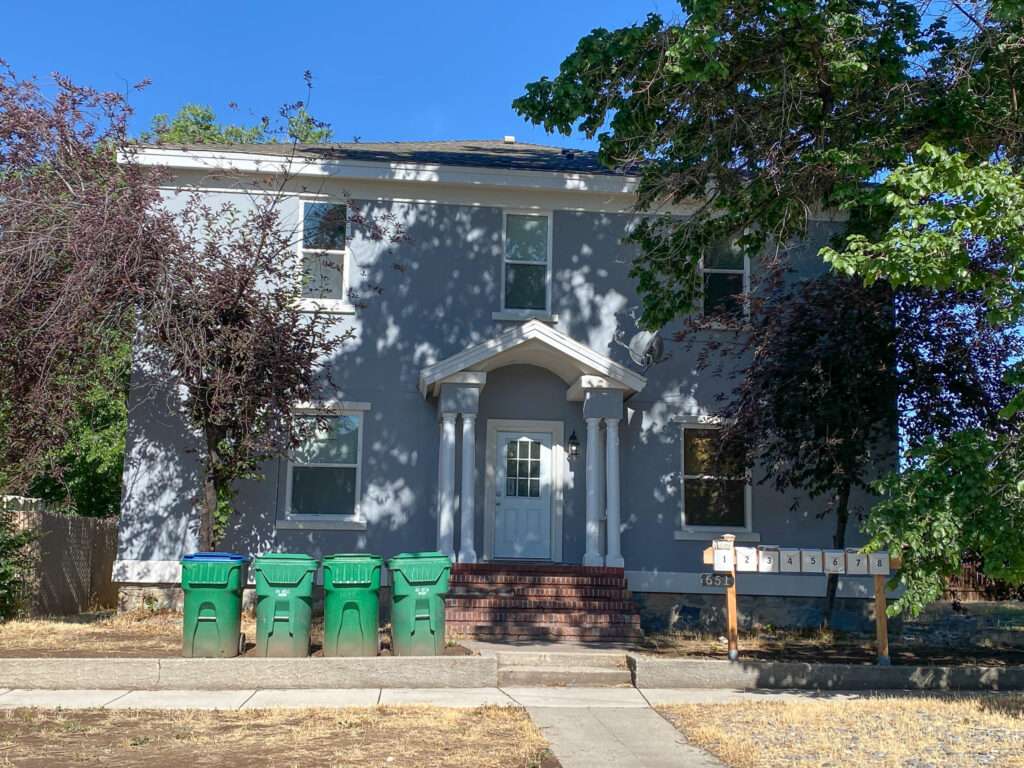
Blanch Field
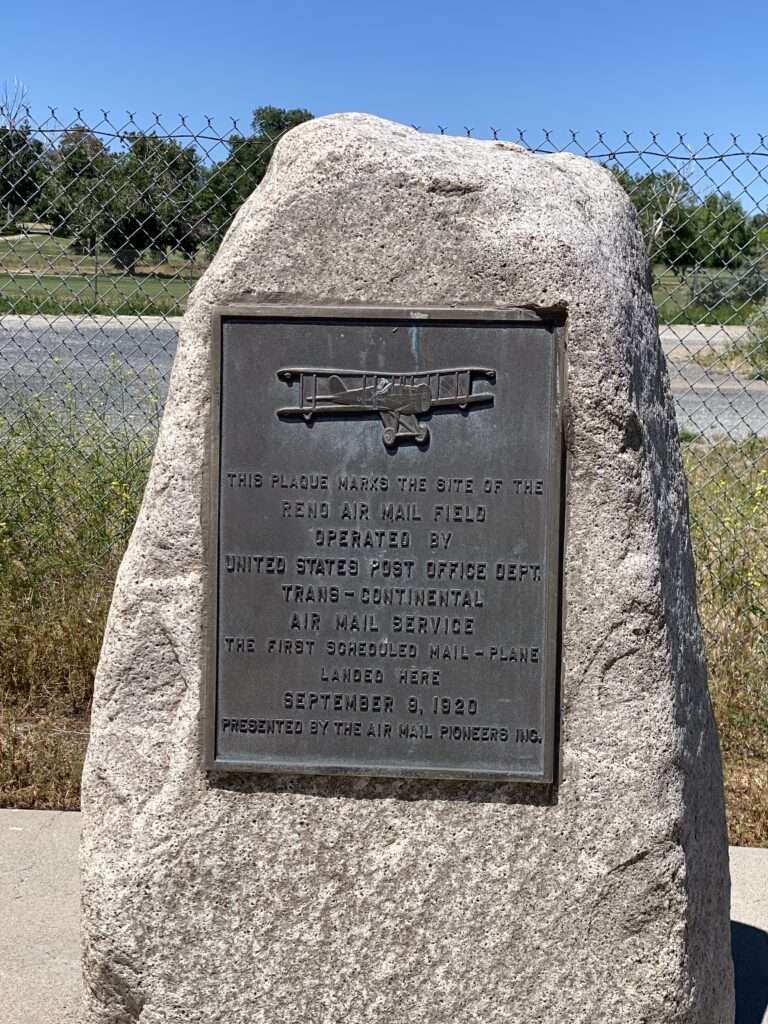
Reno’s first airport was west of town and used by the Transcontinental Air Mail Service. The airport is now a golf course on the West Side but has its roots in aviation history.
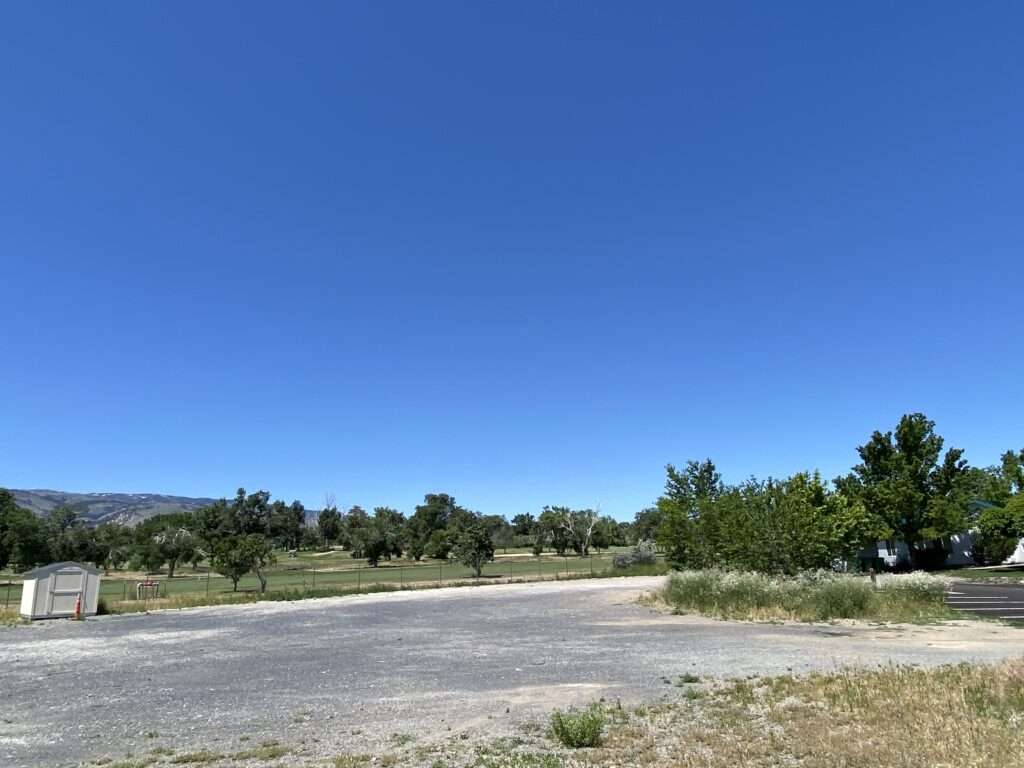
Blanchfield was named after William Blanchfield, an airmail pilot who was killed in a plane crash. The field technically would have been named Blanchfield Field, but someone wisely decided to drop the first “Field.”

Blanch Field was a municipal flying field beginning in 1918. On September 9, 1920, the first airmail flight landed piloted by Stanhope Stewart Boggs. At the time, the field was only leveled land with no hangar.

(Photo credit: Air Mail Pioneers)
On September 19th, 1927, famed pilot Charles Lindbergh landed at Blanch Field. After almost hitting a fence and parked cars, Lindbergh pronounced the airfield insufficient for the increased traffic and larger planes he predicted would soon come.

(Photo credit: Charles Lindbergh)
In 1928, Boeing purchased land east of the airport and created Hubbard Field, named after a Boeing executive. In 1935, the hangar at Blanch Field was dismantled.
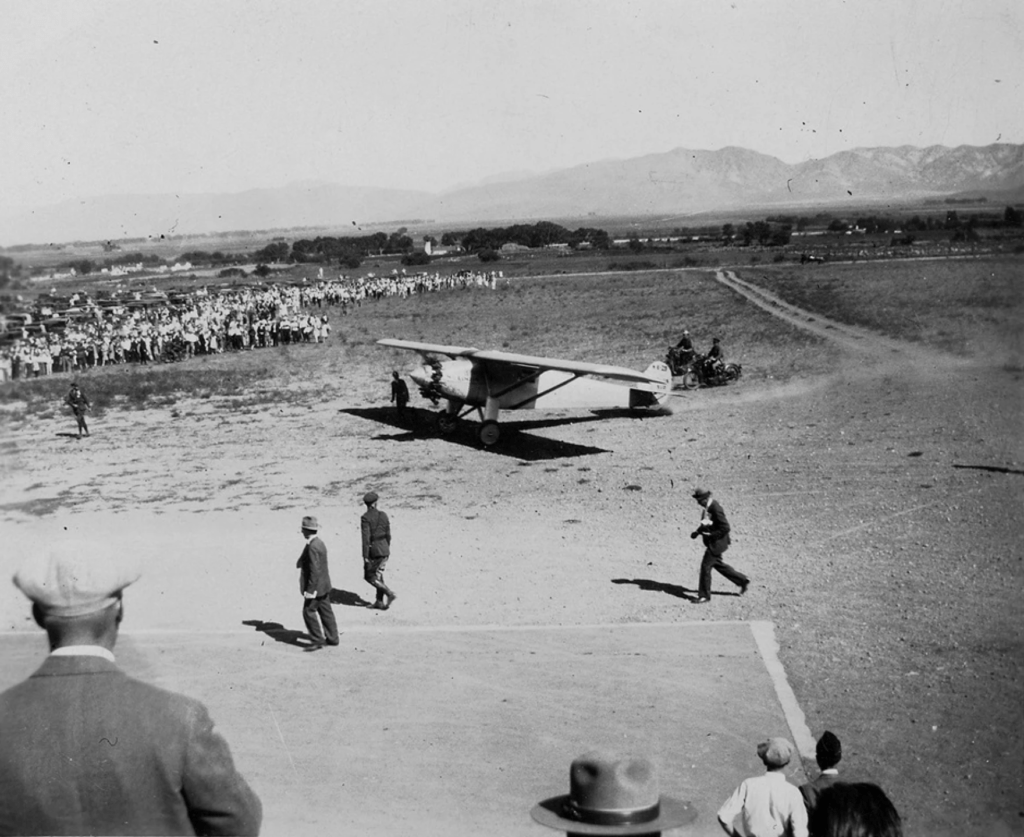
(Photo credit UNR Special Collections)
Emigrant Trail
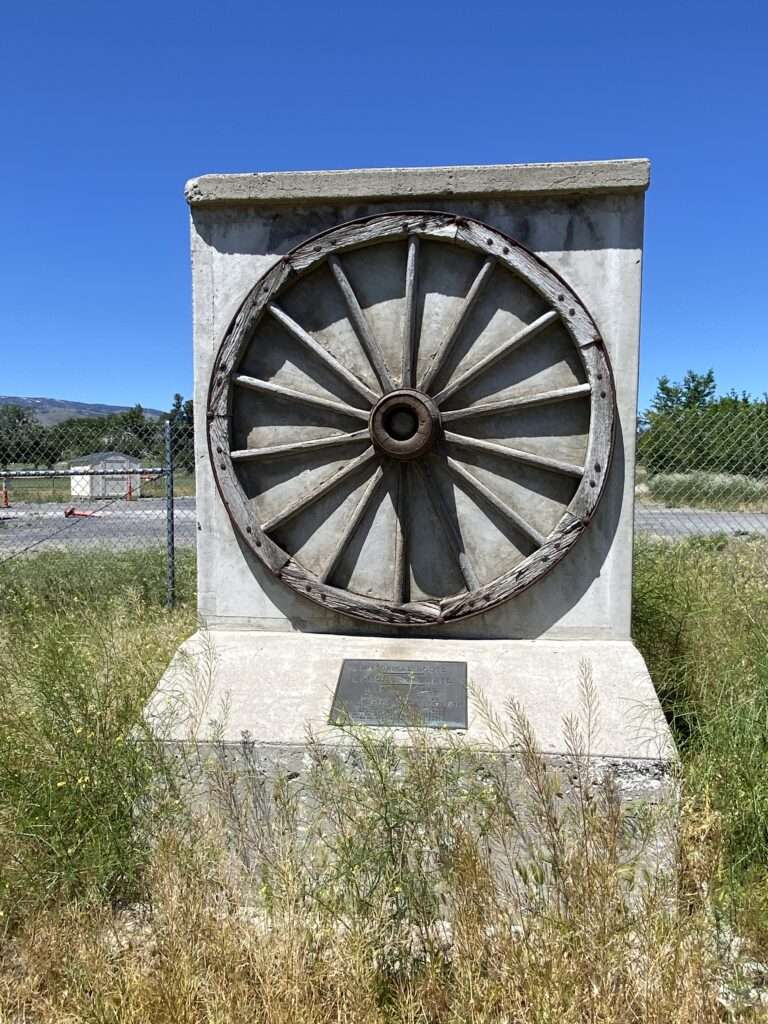
Alongside the Blanch Field marker is a marker for the emigrant trail. It seems crazy now, but planes arrived only fifty years after the final pioneers traveled the same route in wagons.
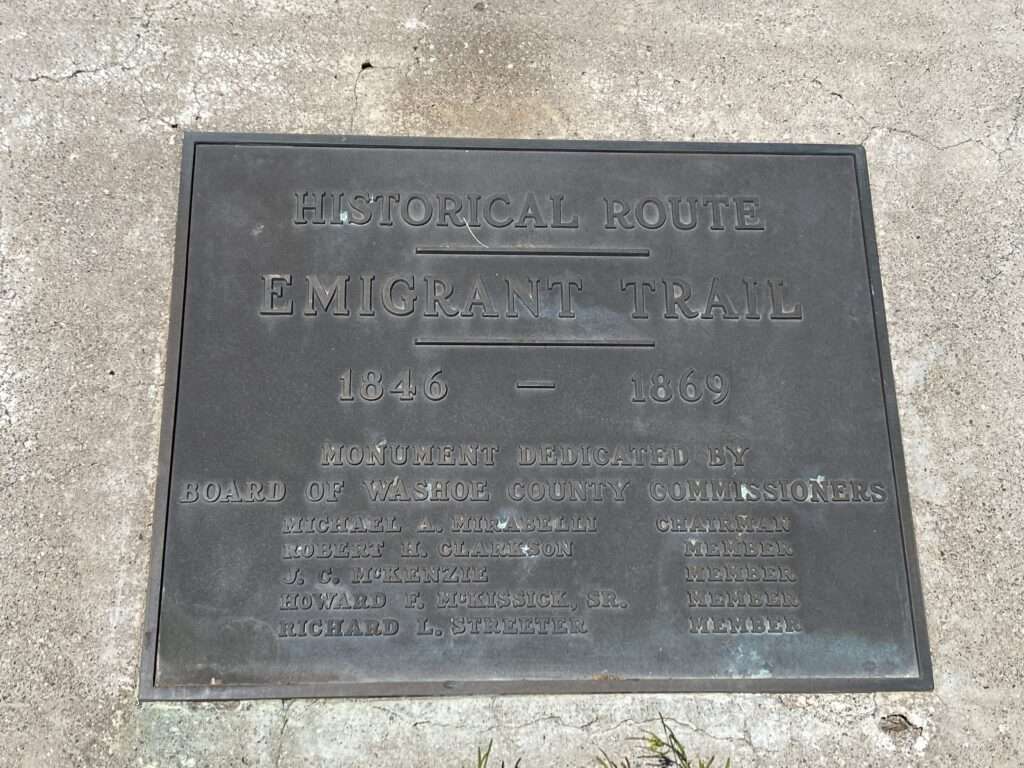
Veterans of Foreign War Post
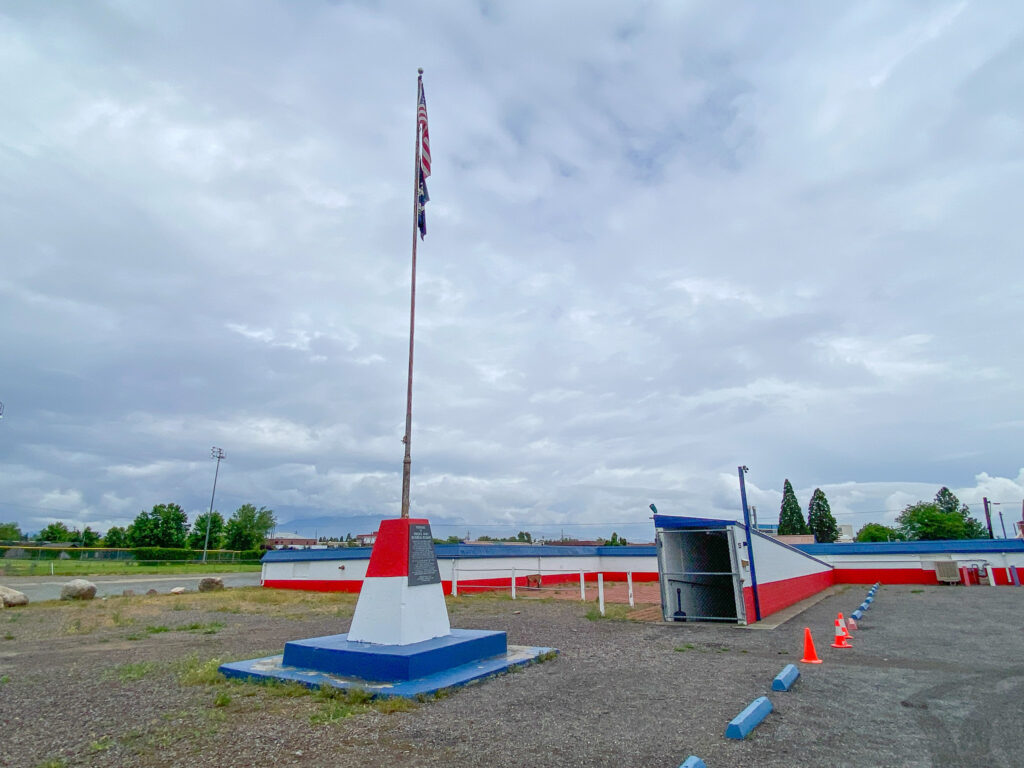
The Veterans of Foreign Wars (VFW) founded post #404 in 1928. Following WWII, VFW created post 9211 in 1947. They opened a VFW hall in 1948. Despite fundraising issues, the VFW did not have enough funds to complete the second story, leaving the hall partially underground. In 2008 the VFW Hall was placed on the National Register of Historic Places.


Galaxy Flight 203 Memorial
On January 21, 1985, Galaxy Flight 203 crashed around South Virgina and Neil Roads minutes after takeoff. It was a charter flight from Reno to Minneapolis. The cause was found to be airplane handlers not appropriately closing an access hatch and pilot error.

Seventy passengers and crews perished. Amazingly, one seventeen-year-old boy survived as his seat was thrown clear from the wreckage.
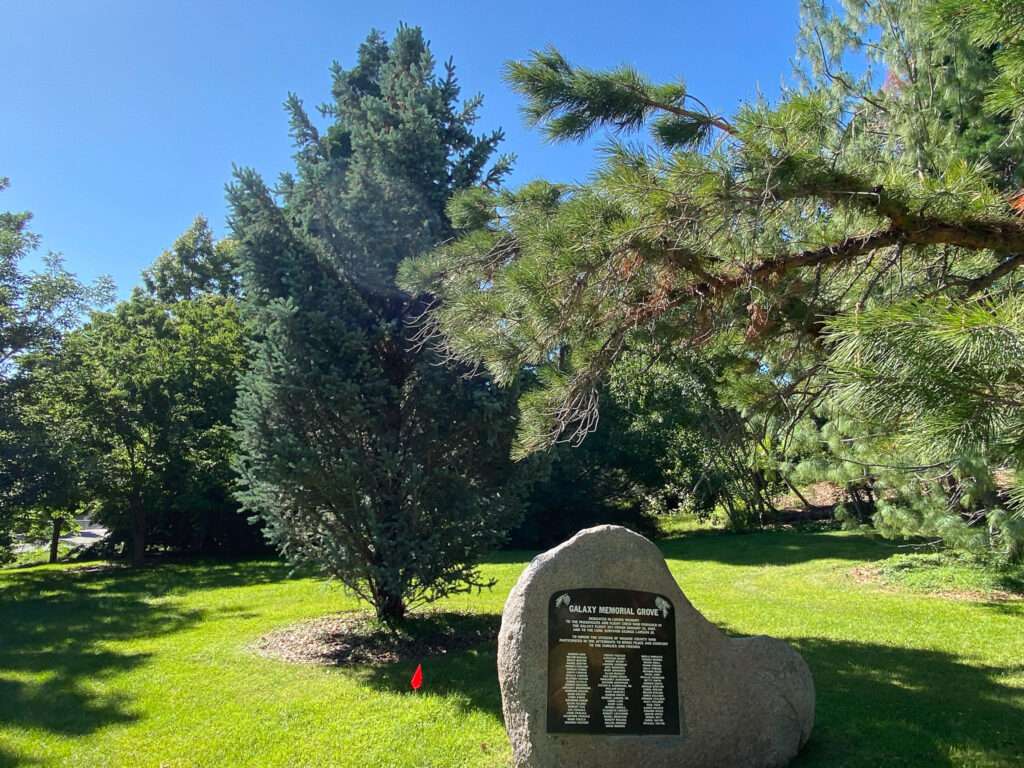
Galaxy Grove was a memorial dedicated in 1986 at Rancho San Rafael. The plaque was stolen in 2013, and a new monument was dedicated on a 2-ton granite boulder.

Casale’s Halfway Club
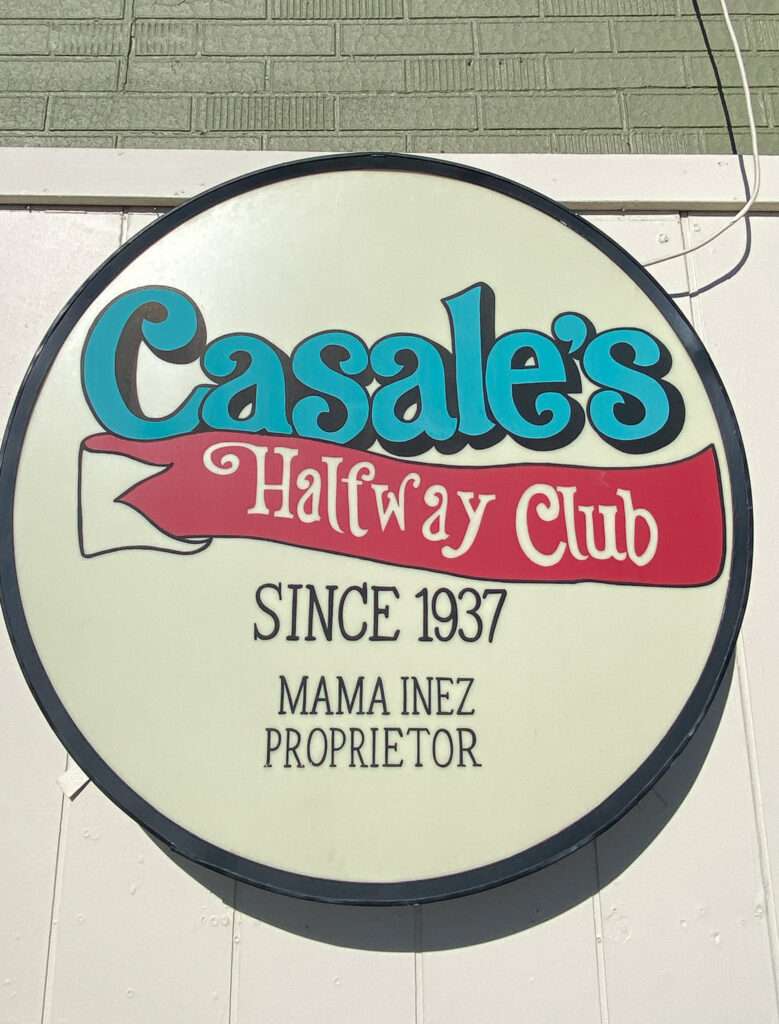
Casale’s is the oldest continually owned and operating restaurant in Nevada, established in 1937. They are known for homemade ravioli and cheesy garlic bread.

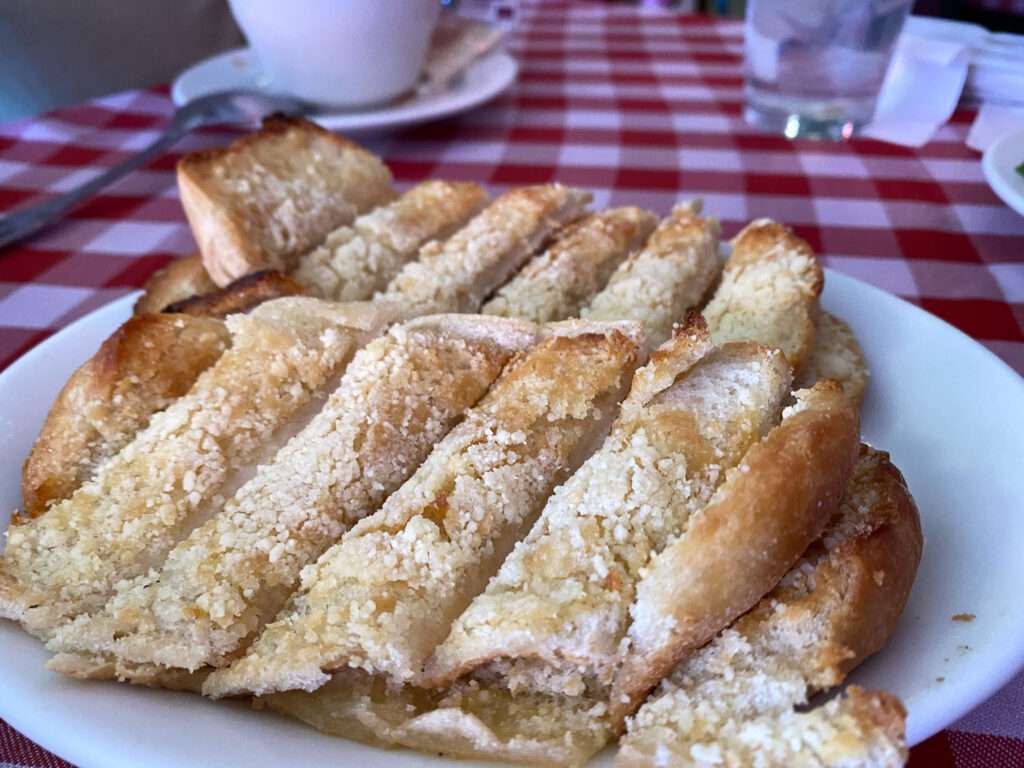
South Reno
Galena

Galena is a ghost town that shows you don’t have to go off-road to explore history. The 1860s former town site is in a beautiful housing development interspersed with the forest. The freeway and shopping malls are a stone’s throw away from this little treasure.

Galena grew to support the lumber mills and soon contained five shops, two lodging houses, restaurants, a justice court and a school that doubled as a community hall… and saloons, twelve to be exact. Galena was known as the “gayist” town in the Nevada territory with the variety of lumber workers imbibing at Galena’s dozen thirst parlors. Not just any liquor was up the standards of Galena’s patrons. Brewers fortified liquor with “powerful ingredients” to satisfy the customers.
Bartley Ranch
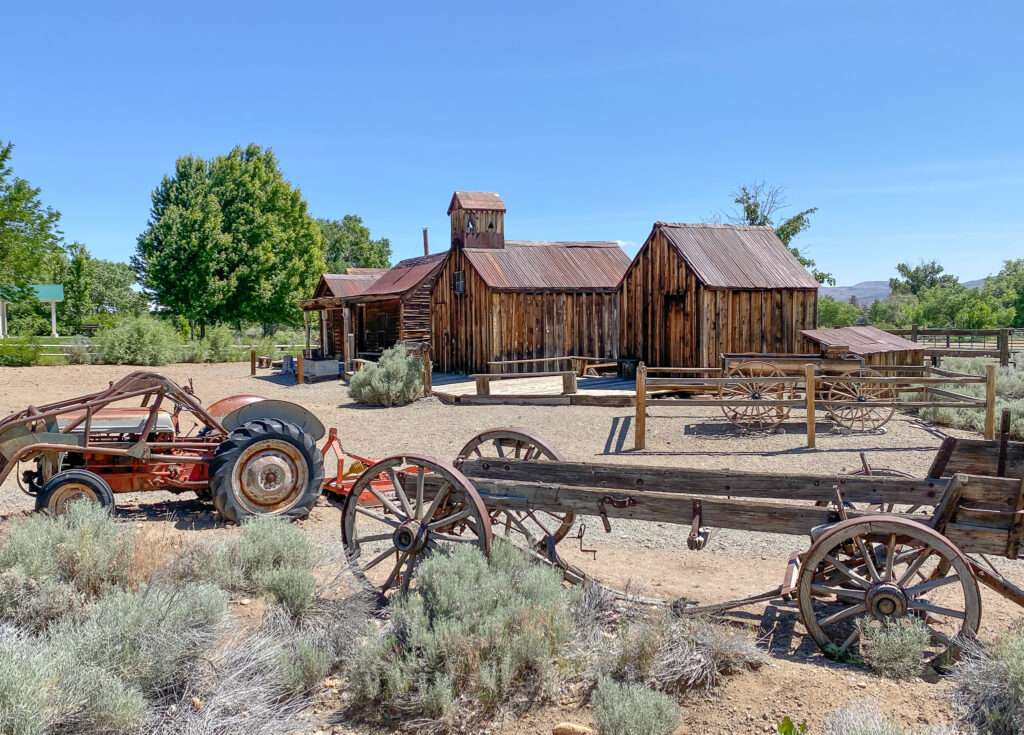
The authentic ranch buildings were on South Virginia Street between the 1850s and 1910s. In the 1860s, the Ferretto family purchased the homestead from the Dalton Family and worked the farm for almost 100 years. In the 1970s, Boomtown Casino moved the buildings to Verdi for an “Old West” venue. When the attraction closed, Boomtown Casino worked with Bartley Ranch Park to preserve the buildings.
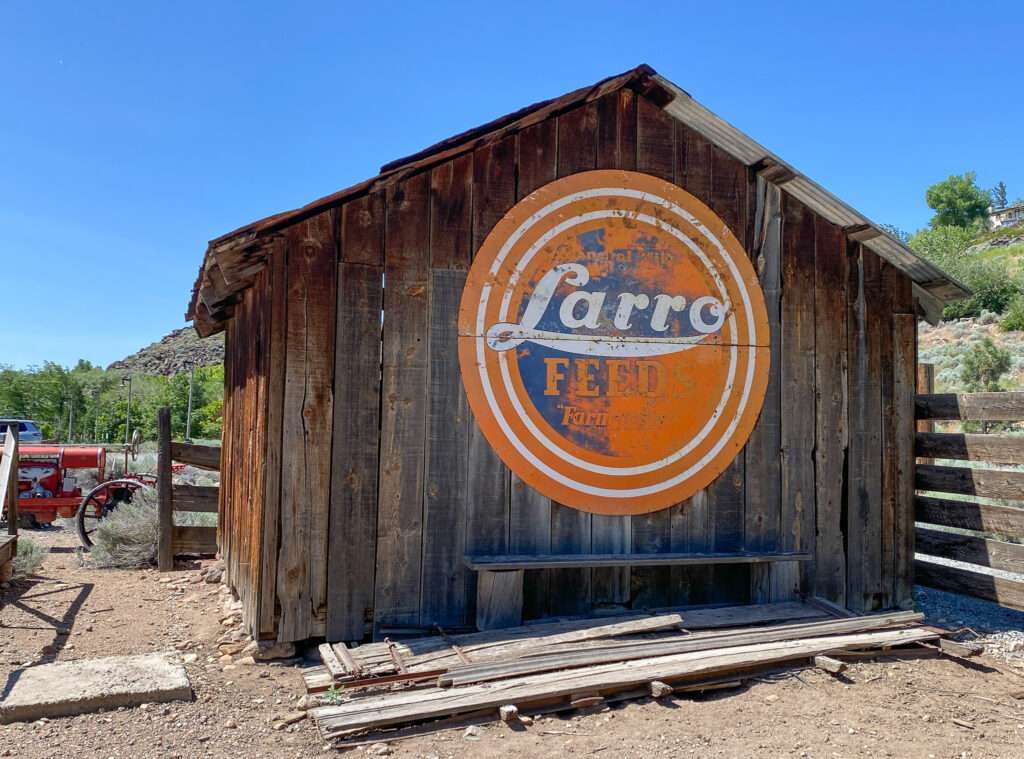

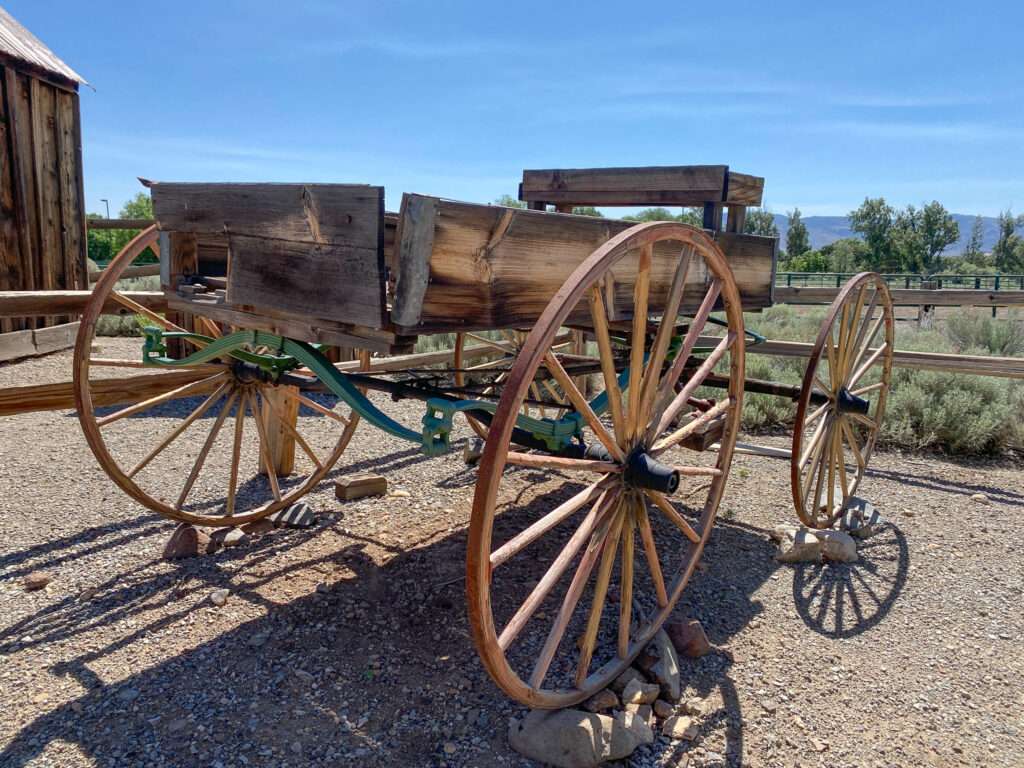
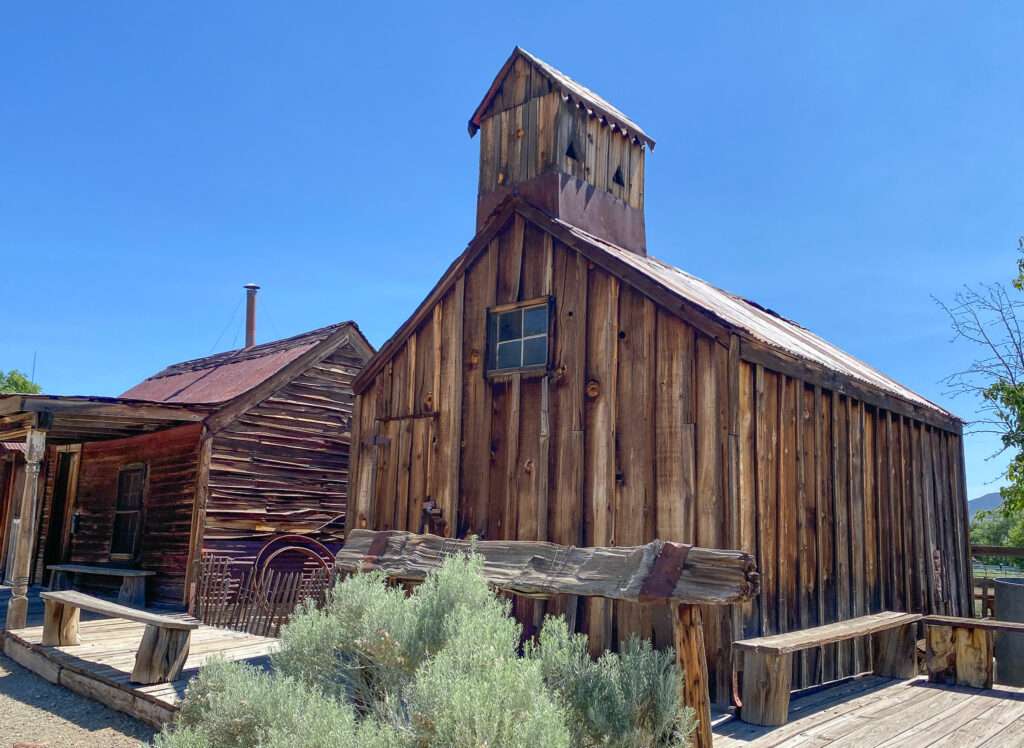
Huffaker Townsite

Huffaker’s predated Reno and Sparks and was one of the largest of multiple population centers that dotted the Truckee Meadows in the years before Nevada statehood. The community was named for Granville W. Huffaker, who settled the area in 1858. Prospectors discovered the Comstock Lode, centered in nearby Virginia City, one year later. Huffaker started ranching along Thomas Creek, six miles south of the Truckee River. By the time Nevada became a state in 1864, Huffaker’s had 300 residents, a post office, hotels, and later, its own stop on the Virginia & Truckee Railroad.
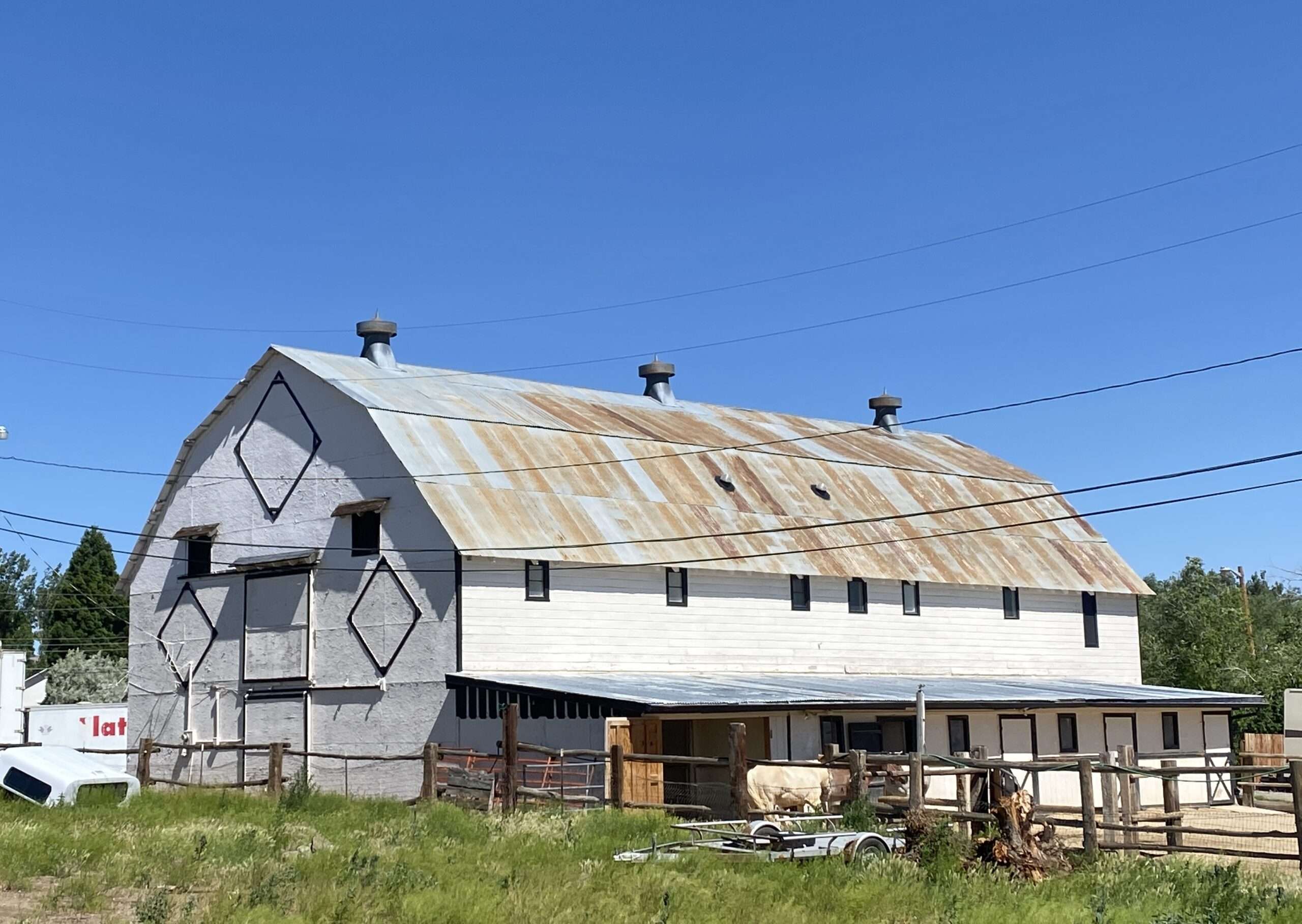
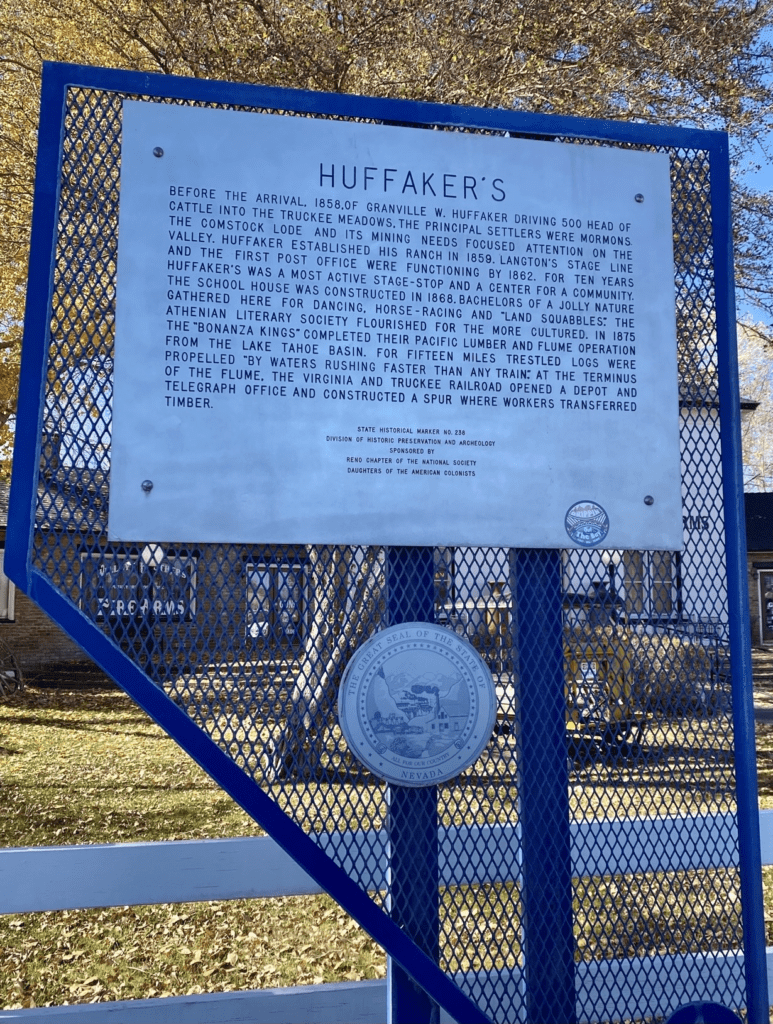
Huffaker School
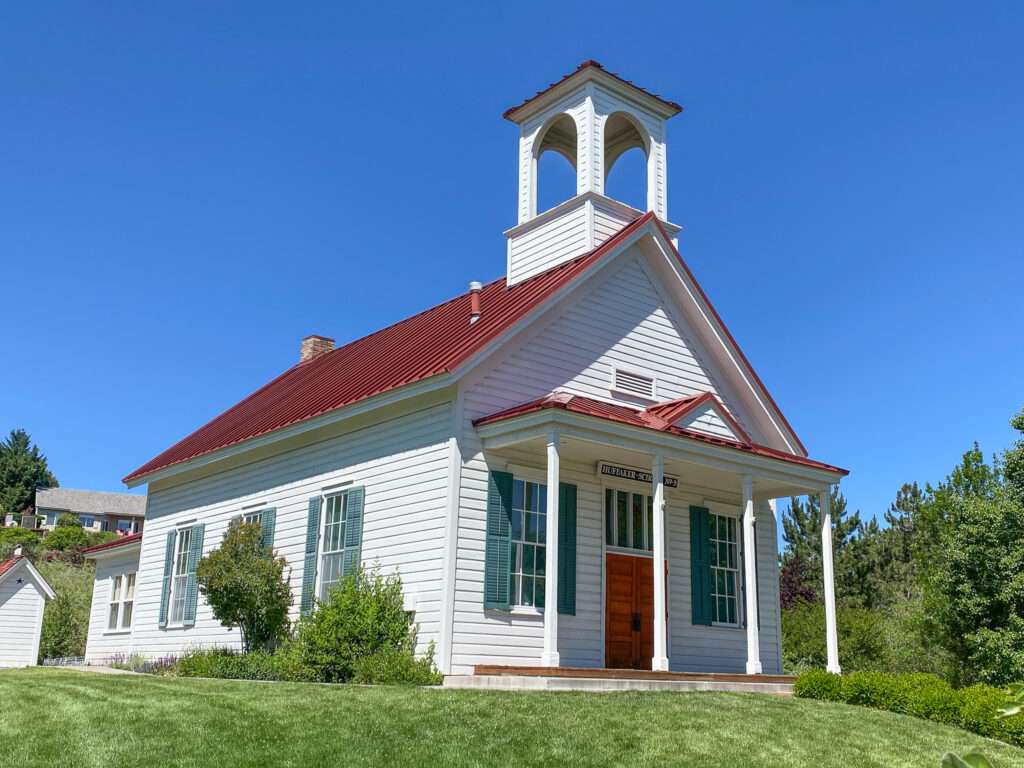
Huffaker School was built in 1867 on one acre of land donated by Granville Huffaker. The Victorian Greek Revival school was originally a single-room schoolhouse; a second room was added ten years later. Huffaker School operated until 1950.
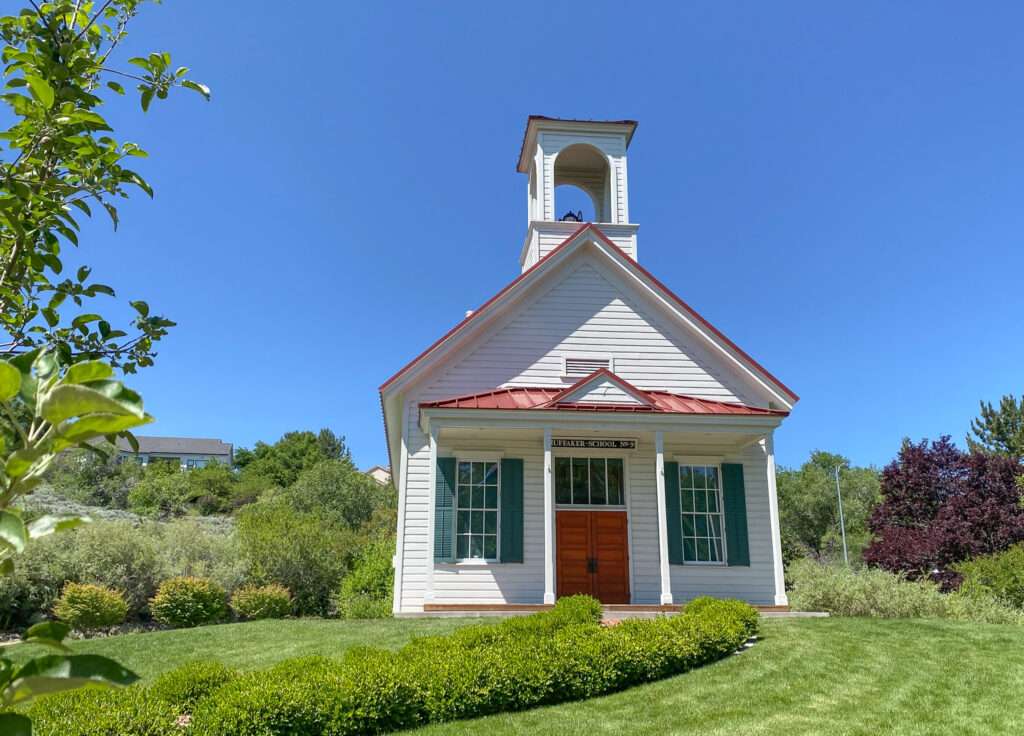
The Huffaker School was moved to the Bartley Ranch Regional Park.
Huffaker Cemetery

The oldest cemetery in Reno hides behind corrals in a residential area. Established in 1862, it is the oldest cemetery in Truckee Meadows. Most graves are unmarked aside from one sizeable fenced family plot.
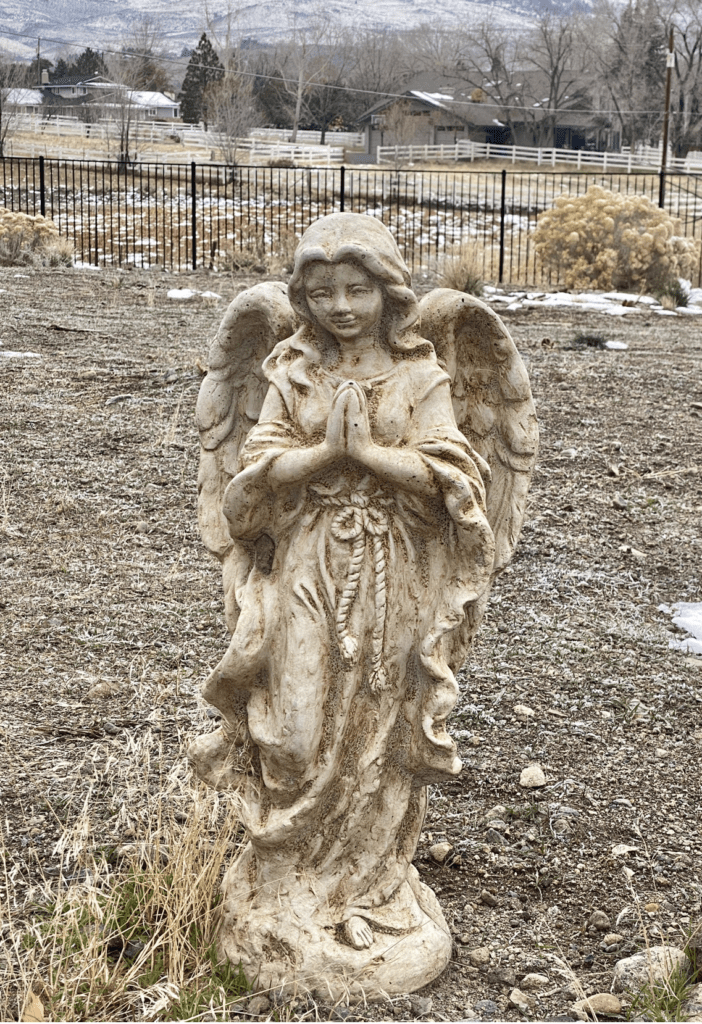
LADINO DAIRY FARM
I stumbled upon the old dairy buildings while searching for Huffaker School. I don’t know how I didn’t find the school that day; it is in a central area. It was fun finding a ranch in the middle of Reno.
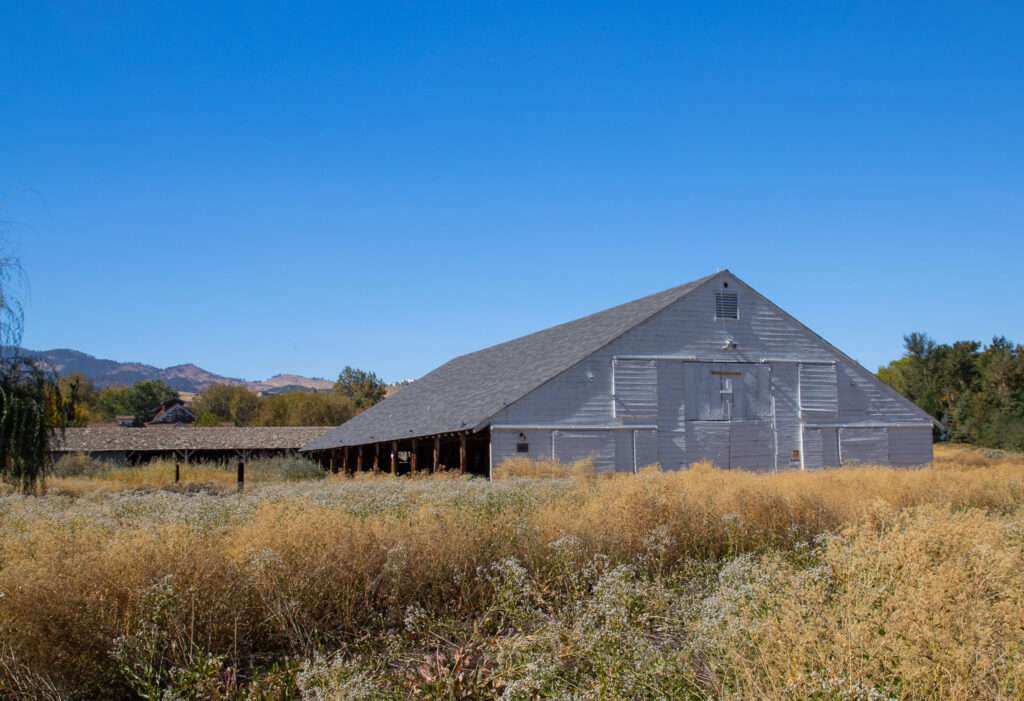
The old barn was part of the Ladino Dairy Farm. Max Fleischmann, like Fleischmann planetarium, purchased the dairy and later donated it to UNR to study purebred stock.
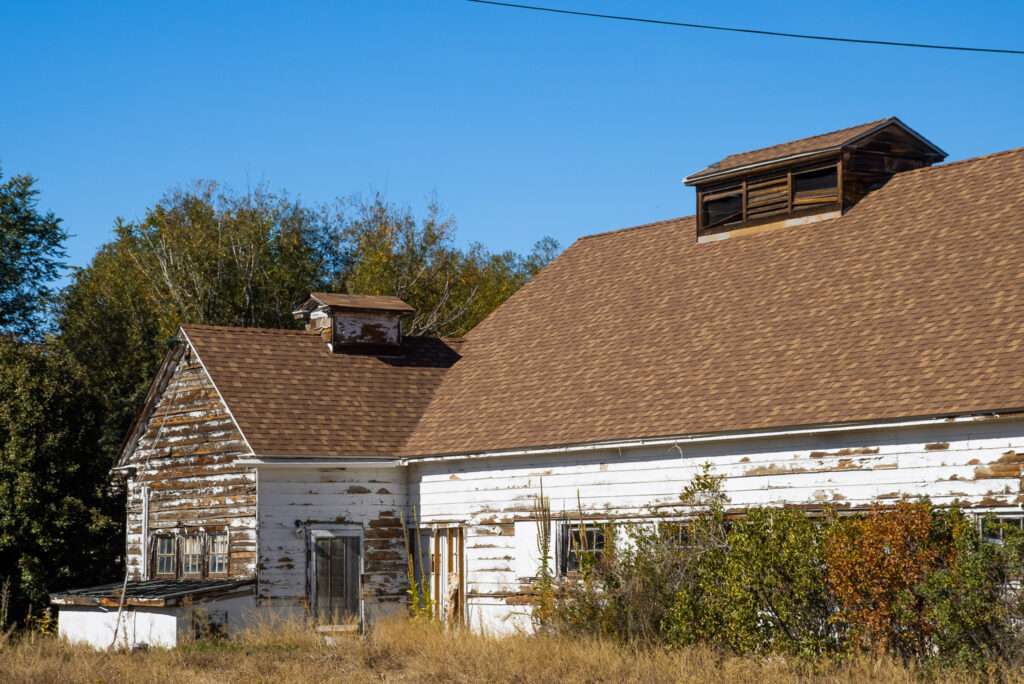
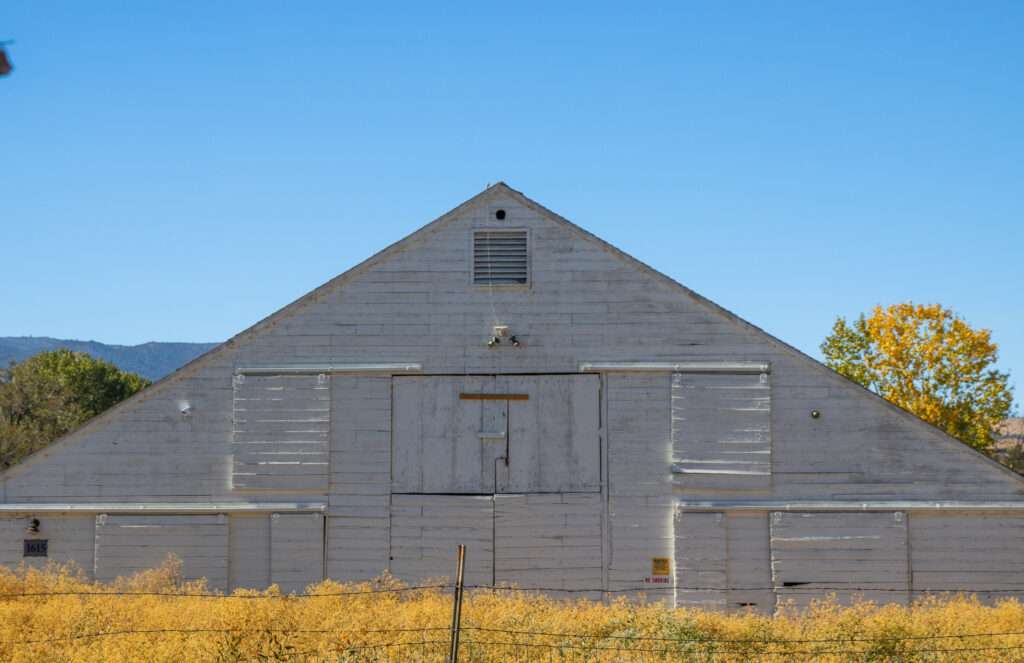
Ladino Diary Farm was sold recently; I hope new owners maintain the character and historic buildings.

Brown Station/Damonte Ranch House
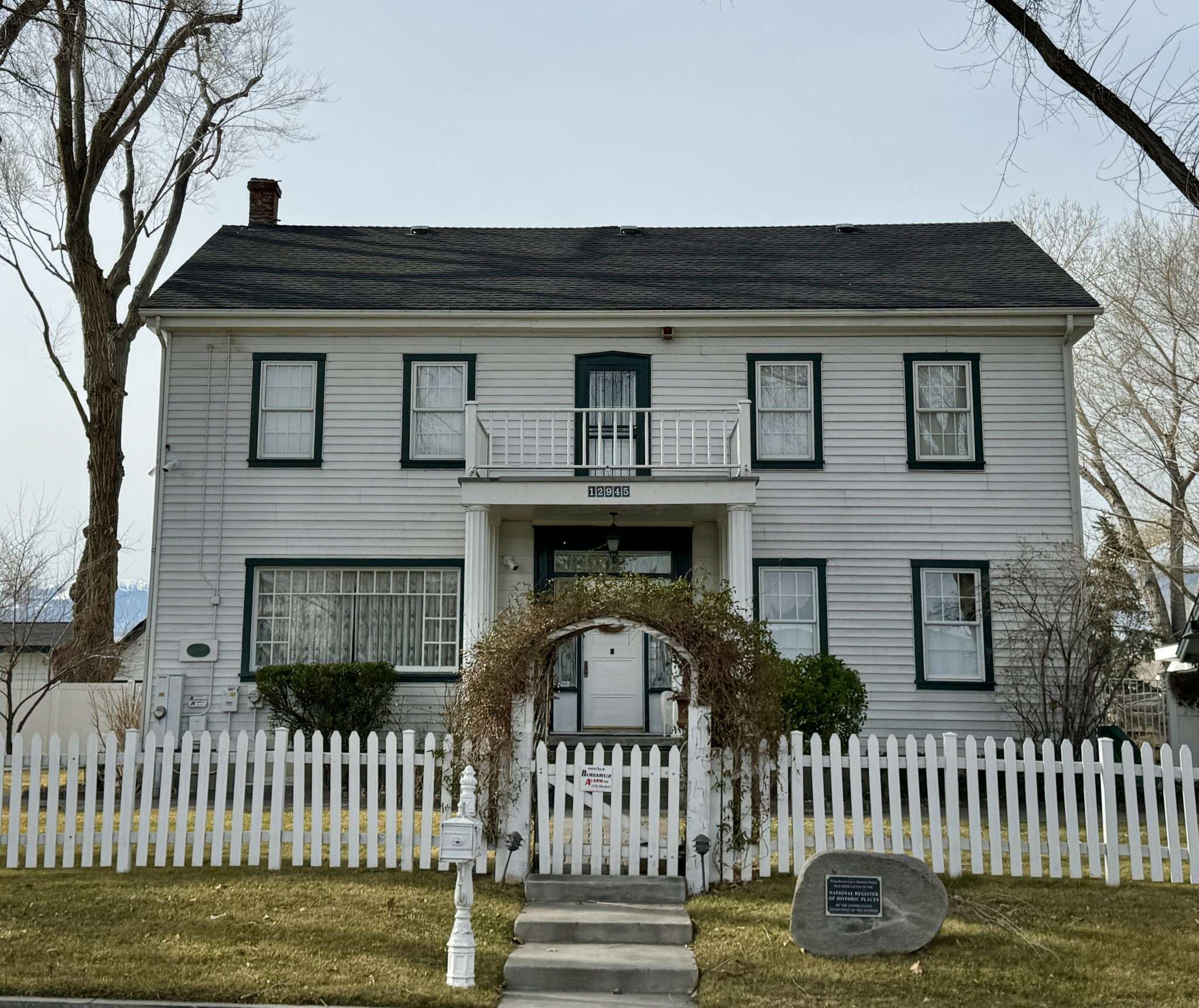
Peleg Brown, one of the early settlers and ranchers in Truckee Meadows, built the house in 1857. It had 14 bedrooms upstairs, and they used it as a boarding house. Downstairs had sitting rooms, a kitchen, a dining room, and two bedrooms. The Jones Brothers stayed at Brown Station the night before their ill-fated journey to American Flats.

Louis Damonte purchased the house in 1939. The historic house and buildings were placed on the National Register of Historic Places in 1995, which saved it from demolition.
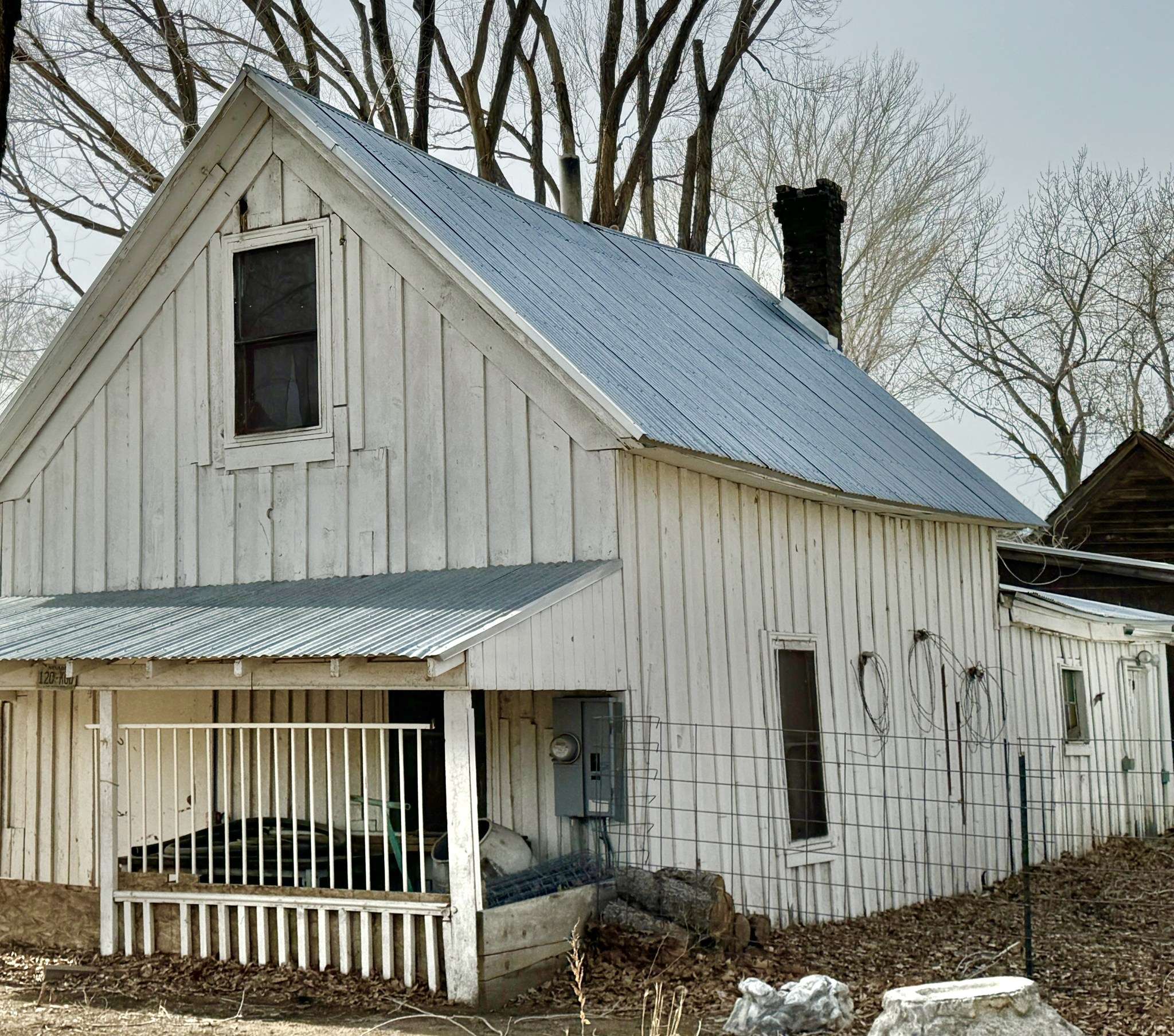
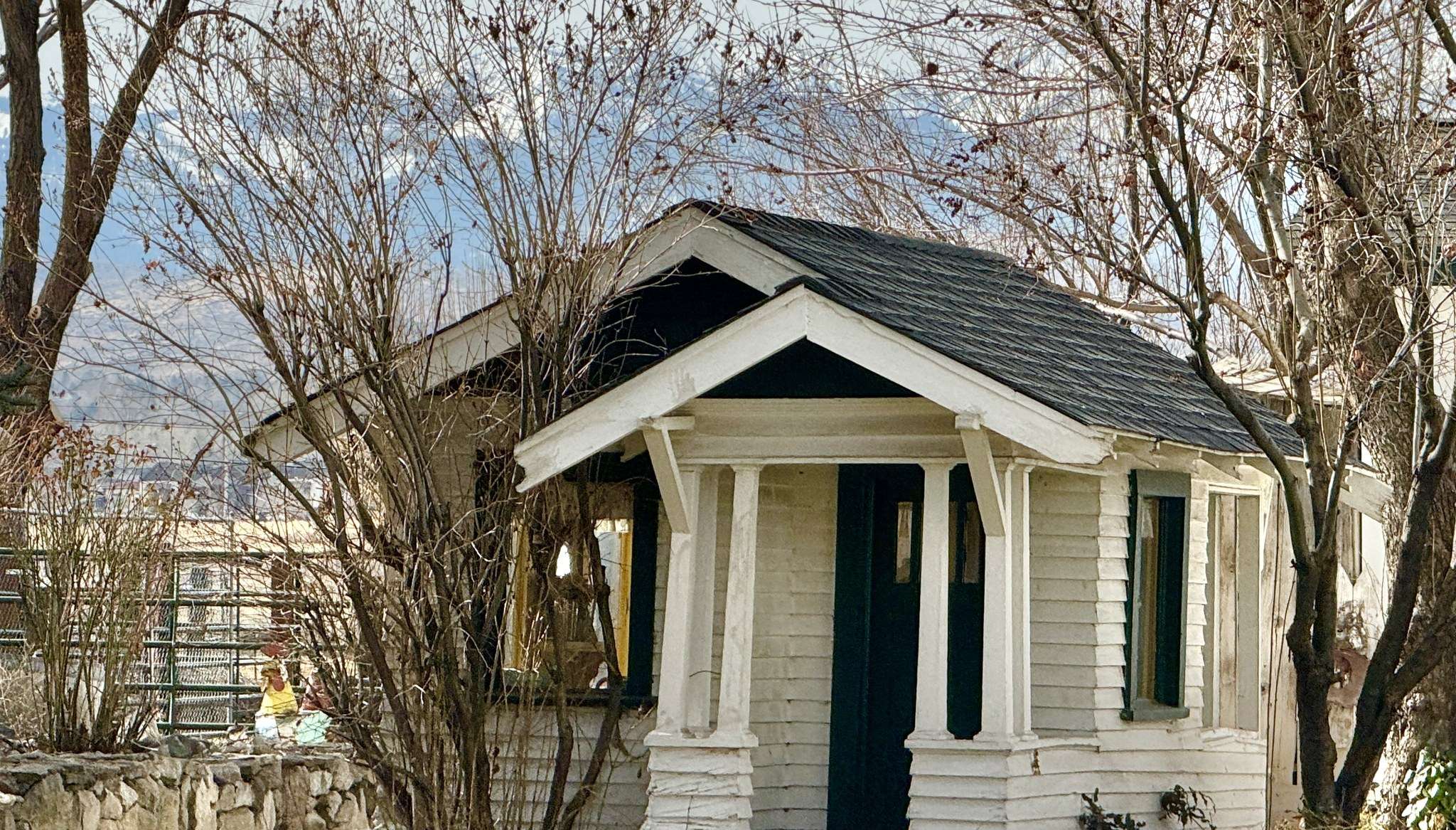
Donner Party Park

Surrounded by a neighborhood is the small Donner Party Park.

According to the plaque, emigrant groups, including the Donner Party, traveled south in Truckee Meadows to avoid marshes and water crossings. The camp was two miles by half a mile. Emigrants rested before making the push over the imposing Sierras.
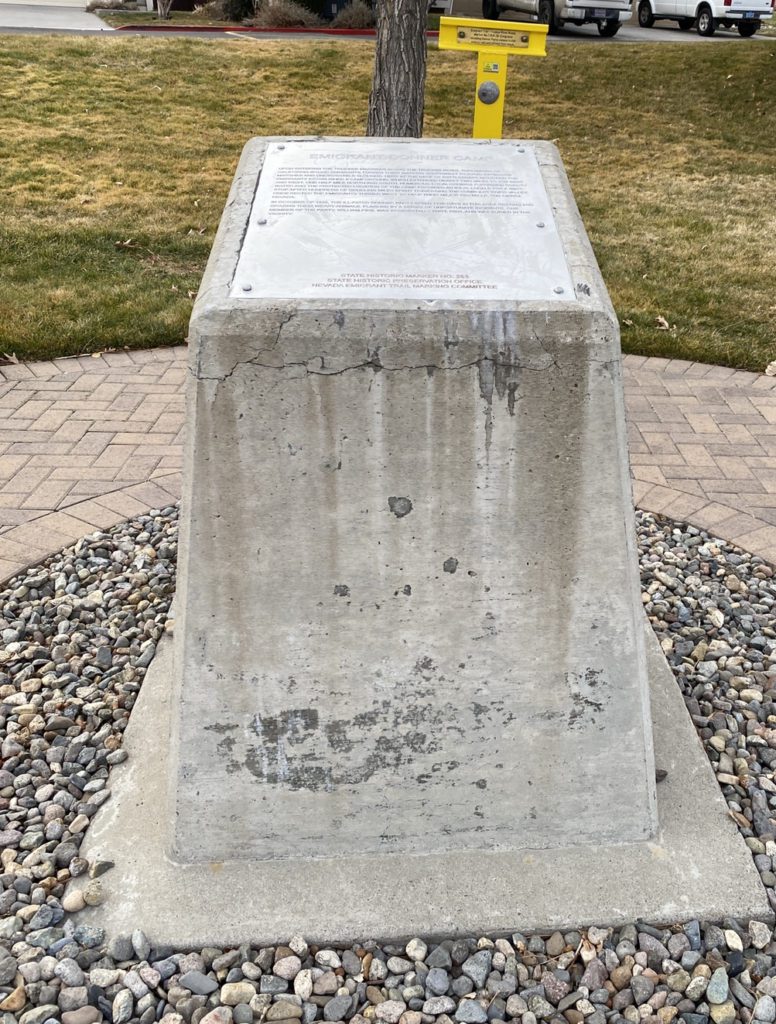
Steamboat Springs
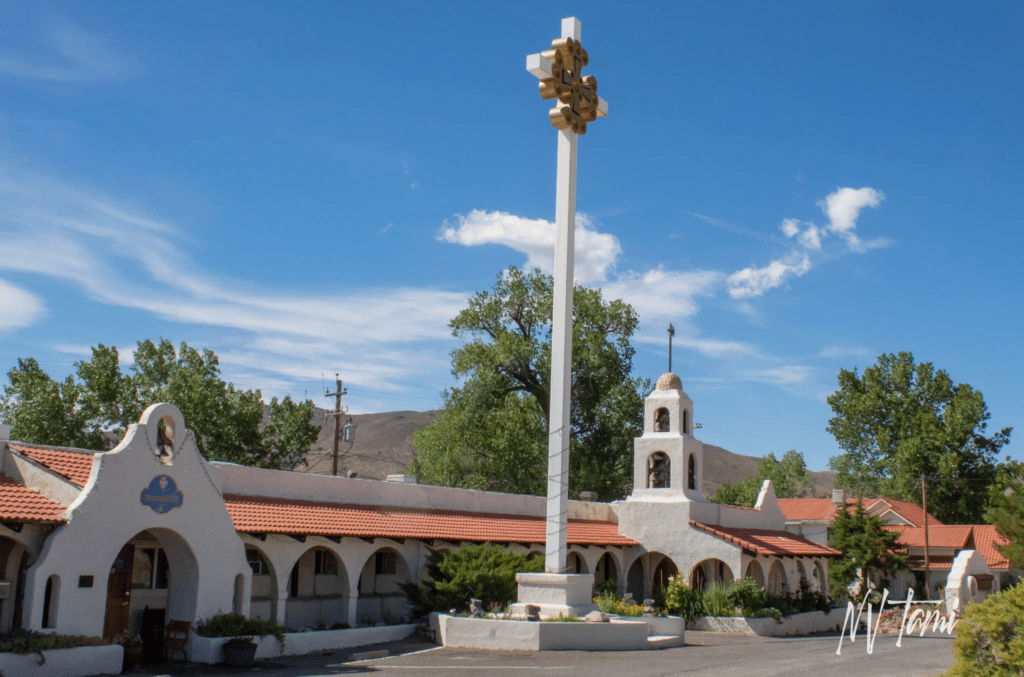
Native Americans considered the location a sacred place. As miners and settlers headed west during the gold rush in 1849, they found the springs a welcome place to rest and get water. In 1859, a structure was constructed with two rooms: bathing and steam rooms.
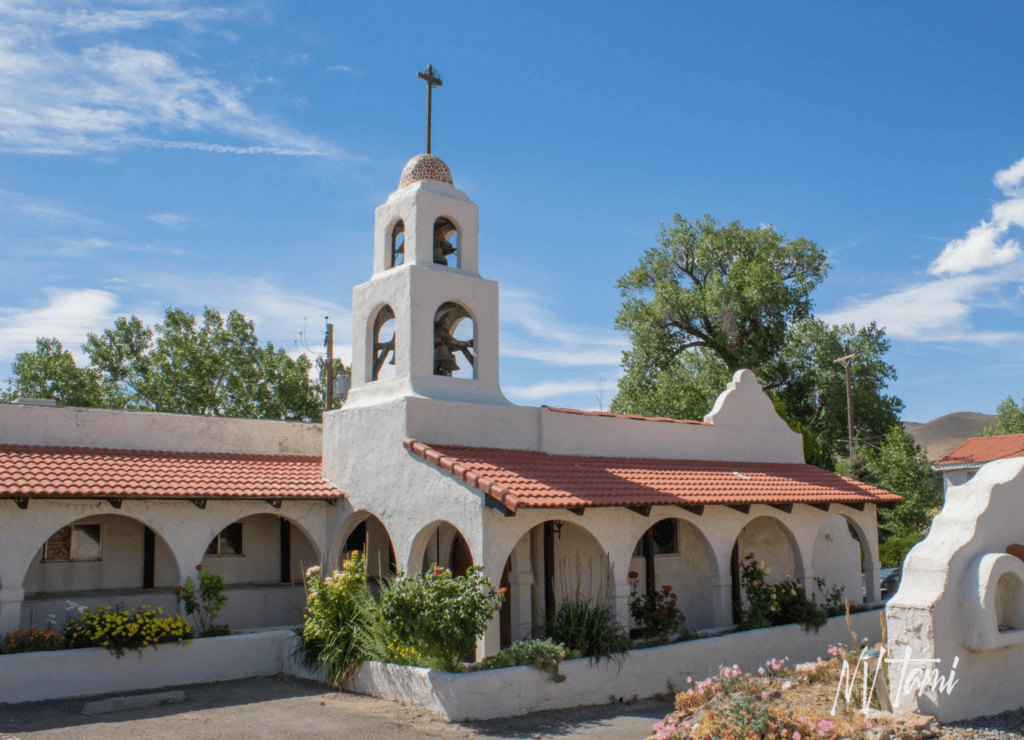
GEIGER GRADE TOLL ROAD & ROBBER’S ROOST
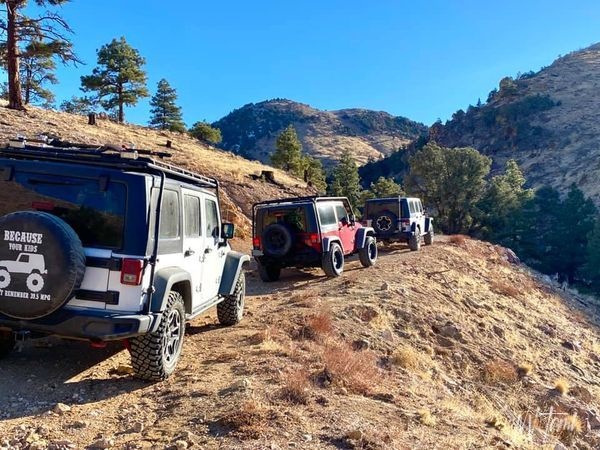
During the Silver Bonanza, roads were very difficult and time-consuming to construct, especially in mountainous areas around the Comstock Lode. Nevada Territory lacked the resources to build and maintain the infrastructure. Between 1861 and 1864, Nevada awarded toll road franchises to individuals or groups who bid to construct roads. In return for their investment and continued maintenance, travelers compensated the owners with tolls.
Geiger Grade CCC Camp
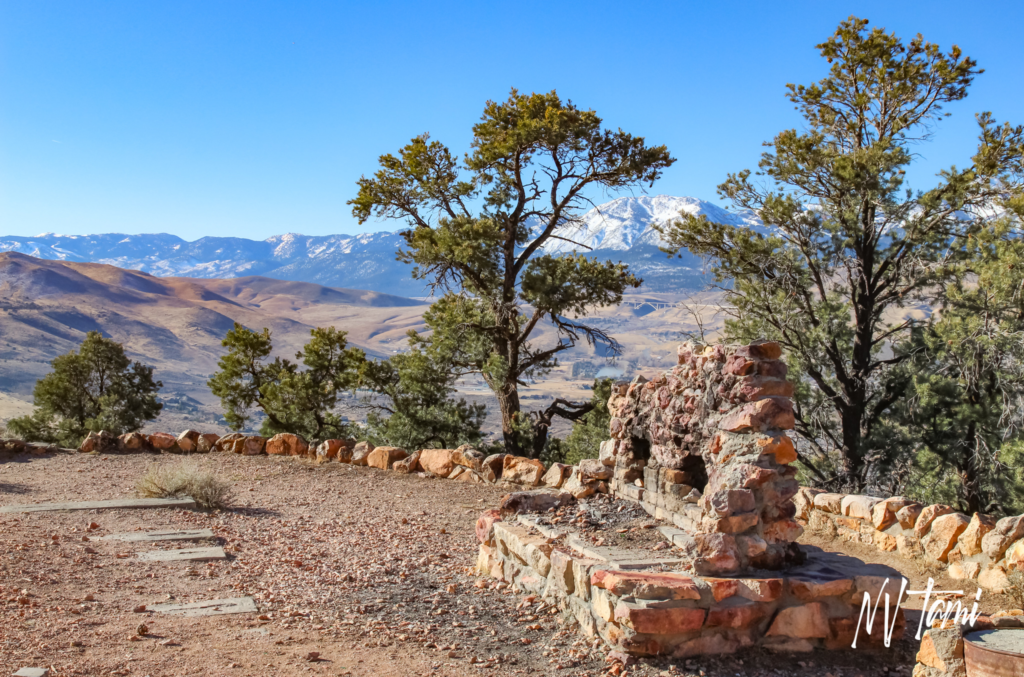
The Civilian Conservation Corps (CCC) was a voluntary work relief program from 1933 to 1942 to address unemployment during the Great Depression. Unemployed and unmarried men ages 18–28 could participate. The program focused on manual labor jobs relating to the conservation and development of state and federal lands. One of their projects was a campground on Geiger Grade.
Truckee River Route: Emigrant Trail
Emigrants rested at what is now the Reno Convention Center grounds before the final push over the Sierras.

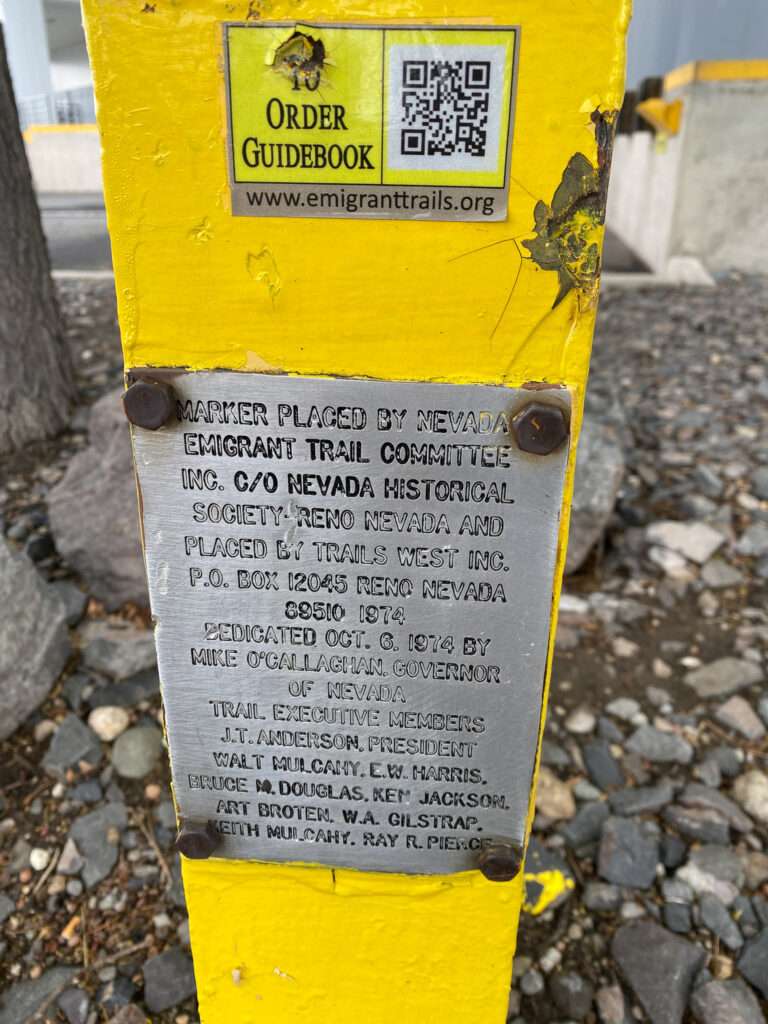
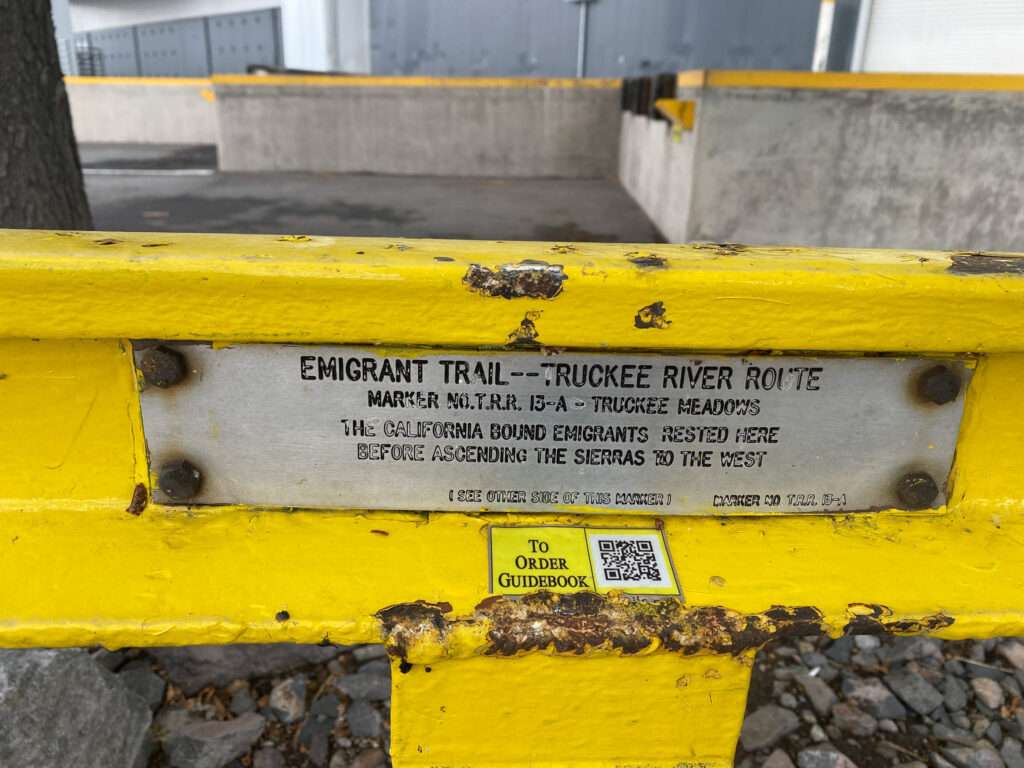
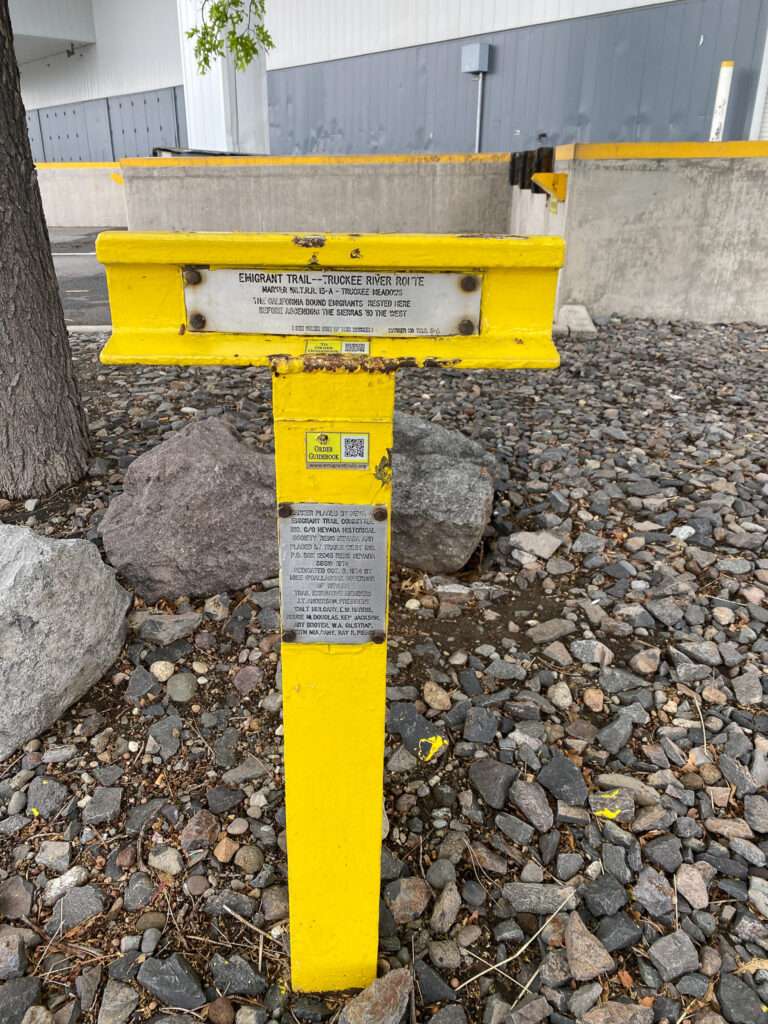
Sparks
JAMISON’S STATION: TRUCKEE MEADOWS’ FIRST SETTLEMENT
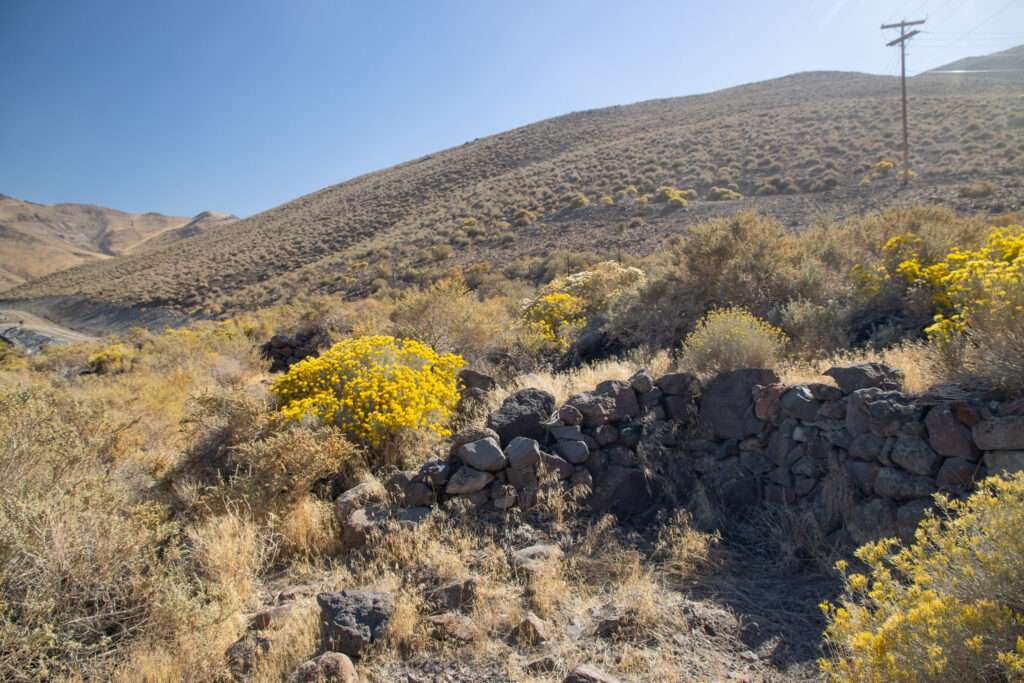
Jamison’s Station was the first settlement in Truckee Meadows, started in 1852 to provide supplies for wagon trains headed to the Gold Country. Unfortunately, information is sparse and conflicting regarding the location; was Jamison’s Station located on the Truckee River or farther west into the meadows? If it is the latter, what is the history of the rock foundations on the river? These questions create yet another Nevada mystery.
Glendale

Glendale started in 1857 as a station stop and store for emigrants headed to the Gold Country. The town built a schoolhouse in 1864. By 1866, Glendale had several stores, blacksmiths, a hotel, and saloons.
Residents thought Glendale would be the major town and supply center in the Truckee Meadows. However, most residents abandoned the town after the transcontinental railroad bypassed Glendale and centered their main hub in Reno. The schoolhouse remained open until 1958, when, in 1976, it was relocated to Sparks.
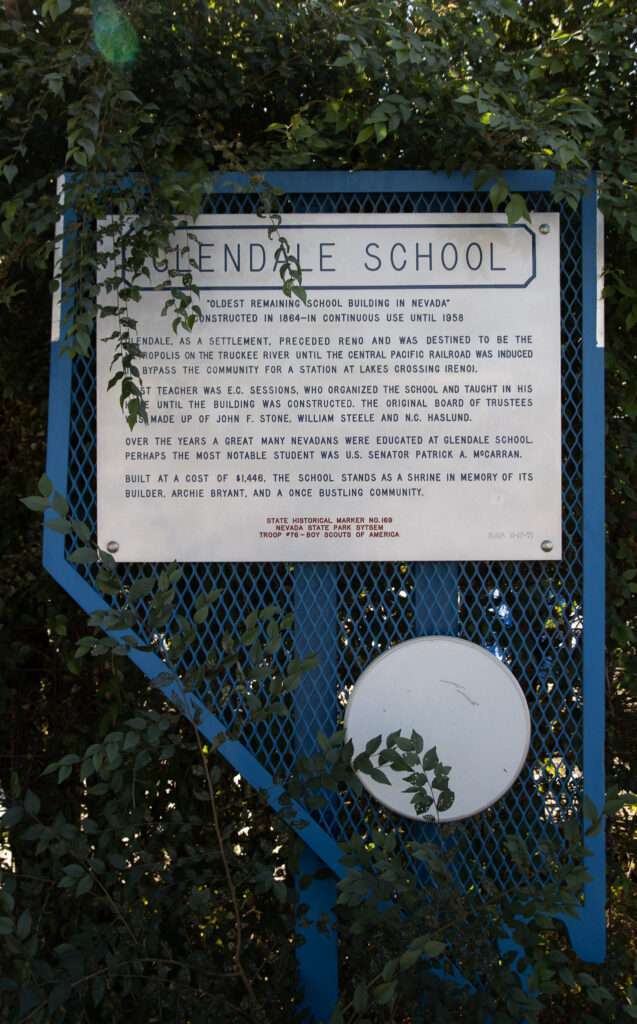
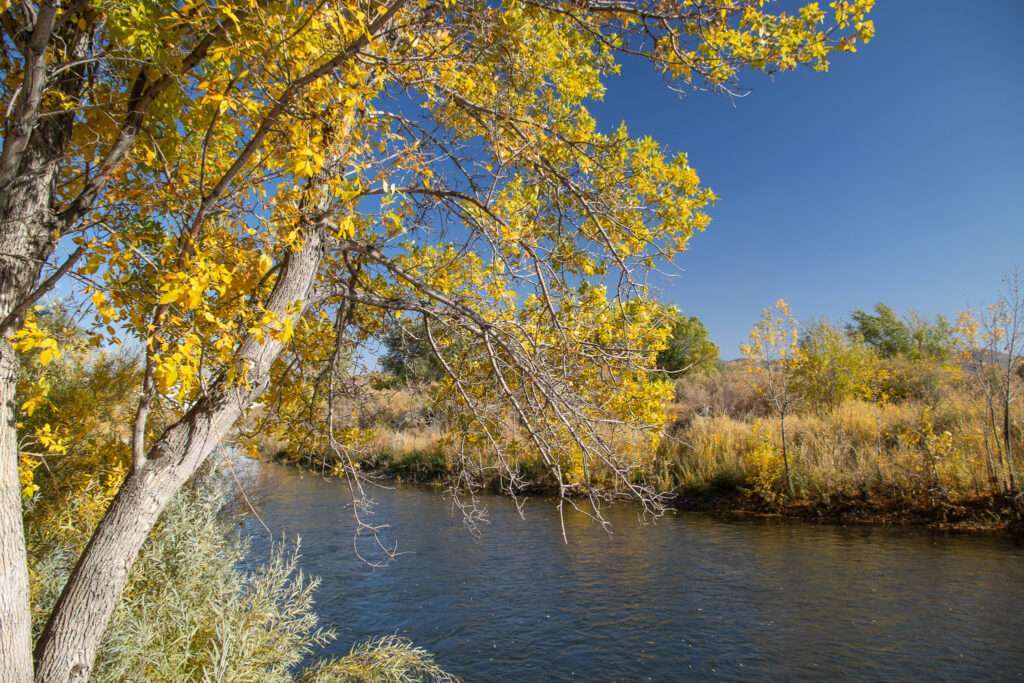
NEVADA STATE HOSPITAL
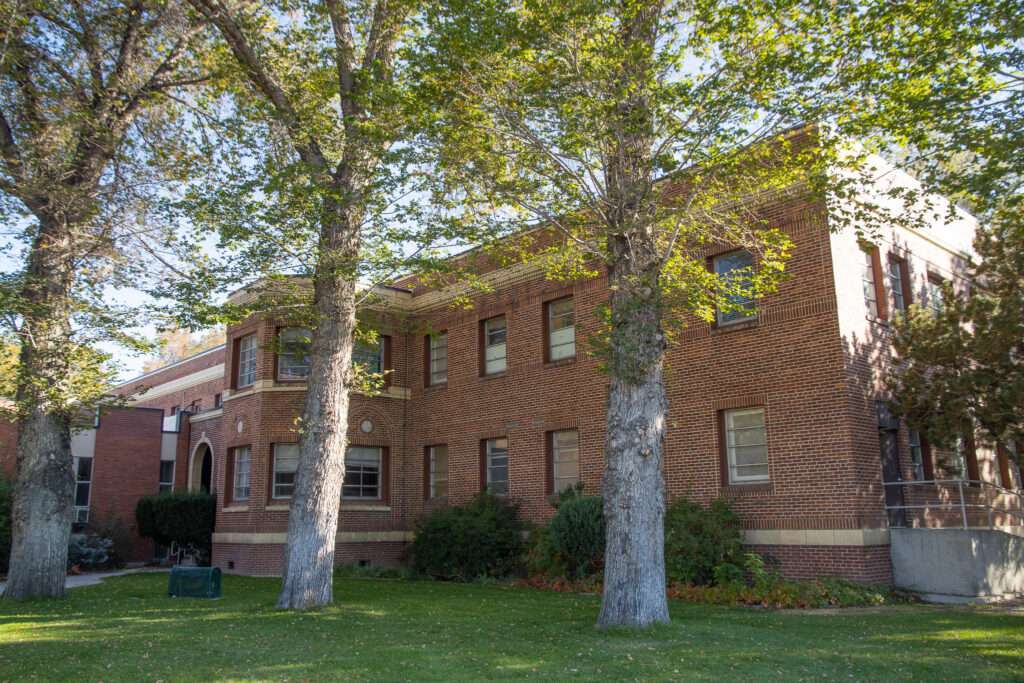
As an undergraduate in psychology, I loved classes on the history of mental health treatment. Techniques ranged from mundane to bizarre. One of my professors used to work at an old psych hospital, and he couldn’t figure out why his office had tile from floor to ceiling. He discovered it was a hydrotherapy room; as part of their treatment, patients were sprayed with high-power hoses.
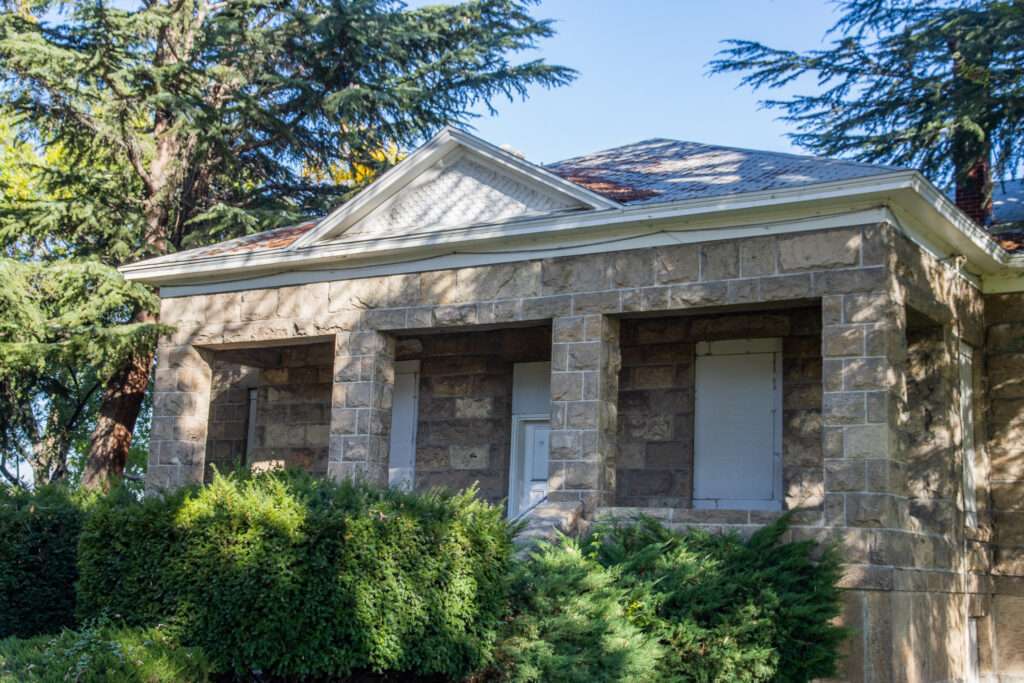
The hospital opened in 1881 as the Nevada State Insane Asylum. The first patients, or “inmates,” as they were referred to, arrived by train in 1882 from Stockton, California. The asylum operated similarly to a Poor Farm, with the residents raising crops and livestock and operating a dairy. They provided for the hospital’s needs and sold excess.
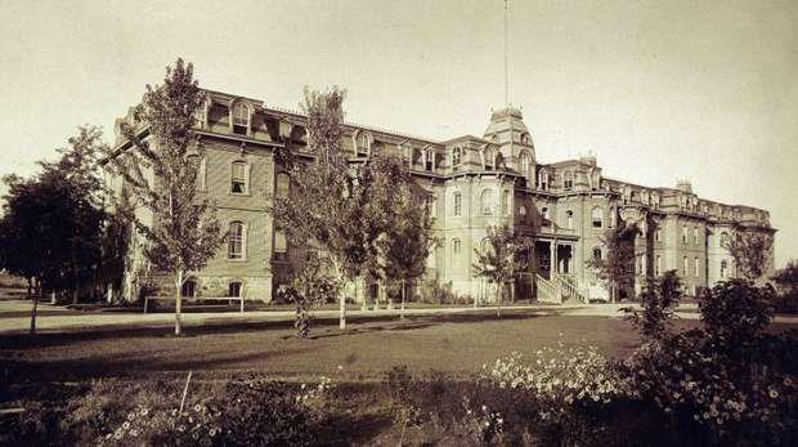
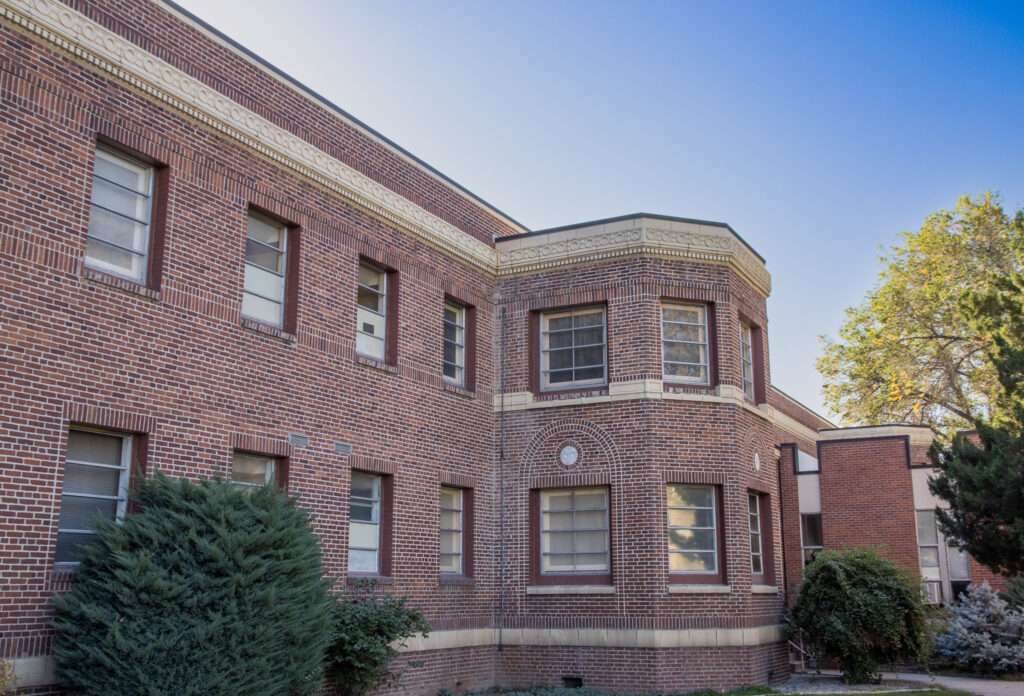
The counties sent “old, harmless, incurable, idiotic and imbecile patients” to the asylum to alleviate their responsibility for caring for disabled residents. Soon, the hospital was overcrowded, with 196 patients in a facility designed for 160. In 1895, the legislature approved funding of $15,000 to add an annex.
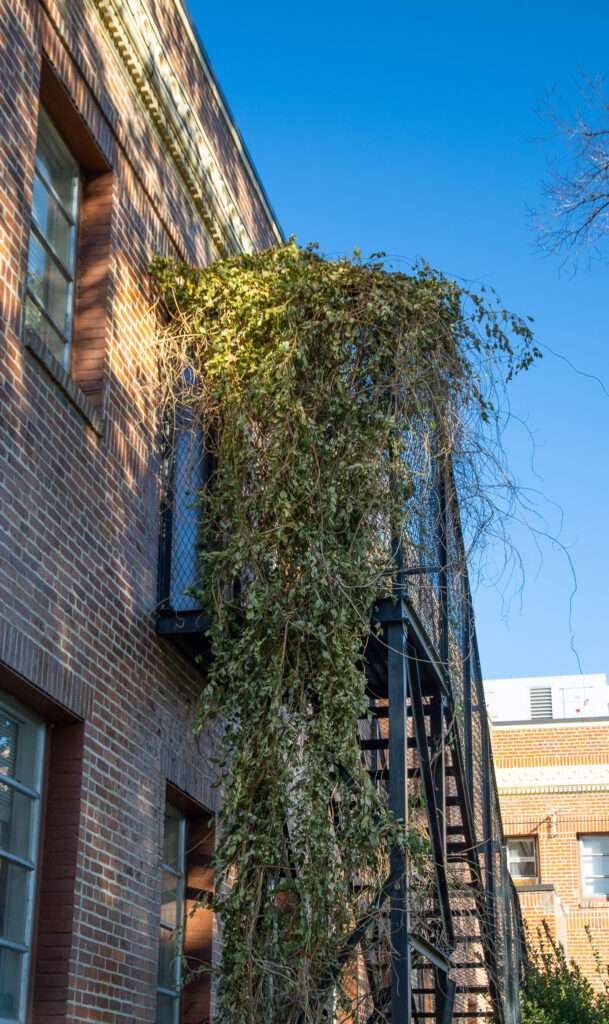
The original hospital building was demolished, but later ones remain and are now part of Northern Nevada Adult Mental Health.
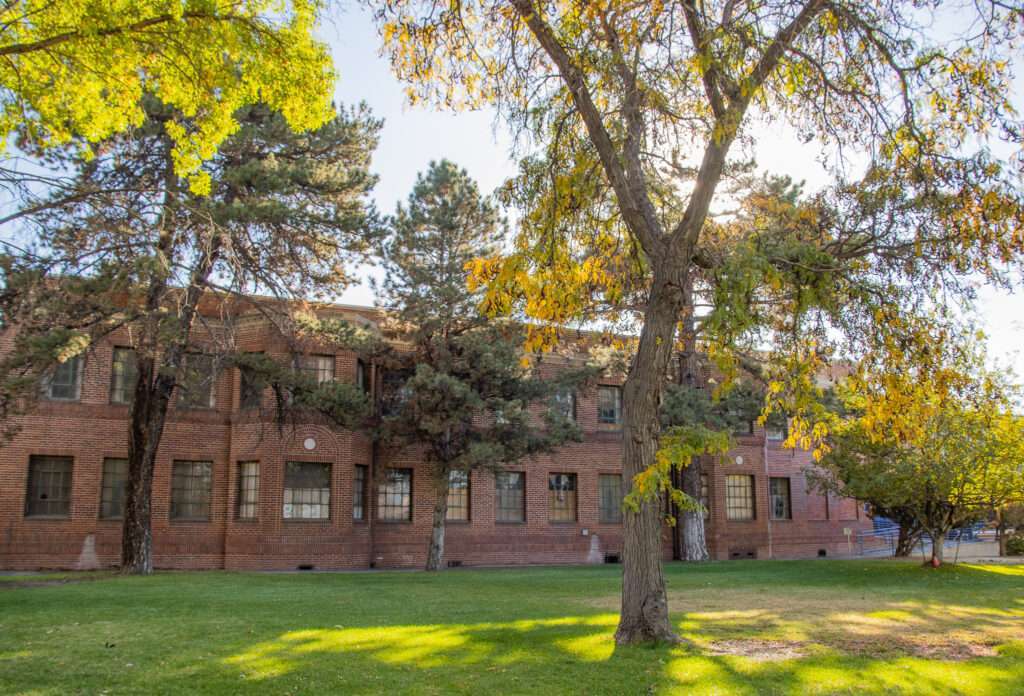
NEVADA STATE HOSPITAL CEMETERY
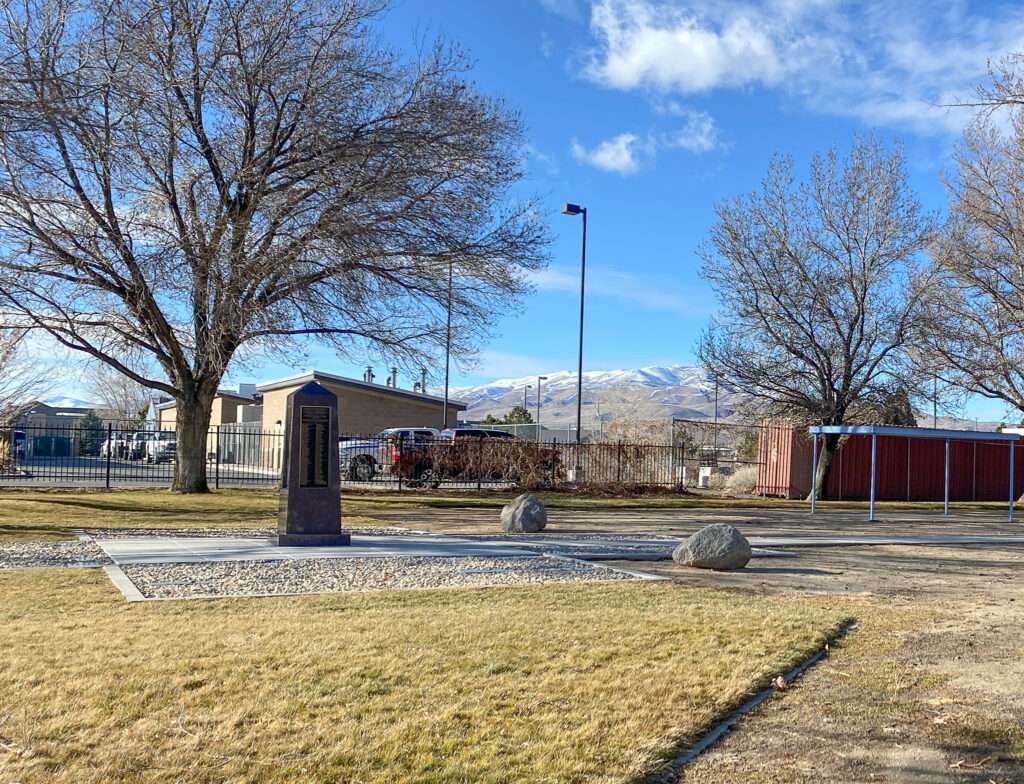
Initially, the cemetery grounds covered a large area, but it was relocated twice. As many records were lost, there is no exact number of how many people buried at the cemetery. Records indicated 767 people are interred, but there may be an additional 400.
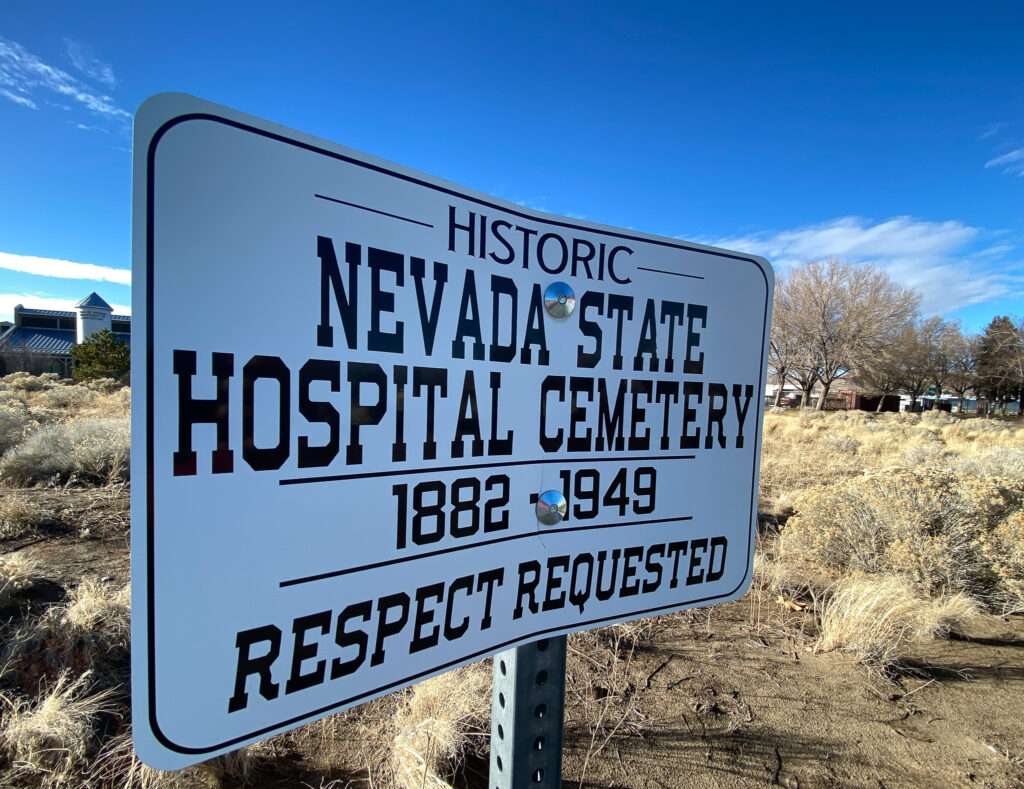
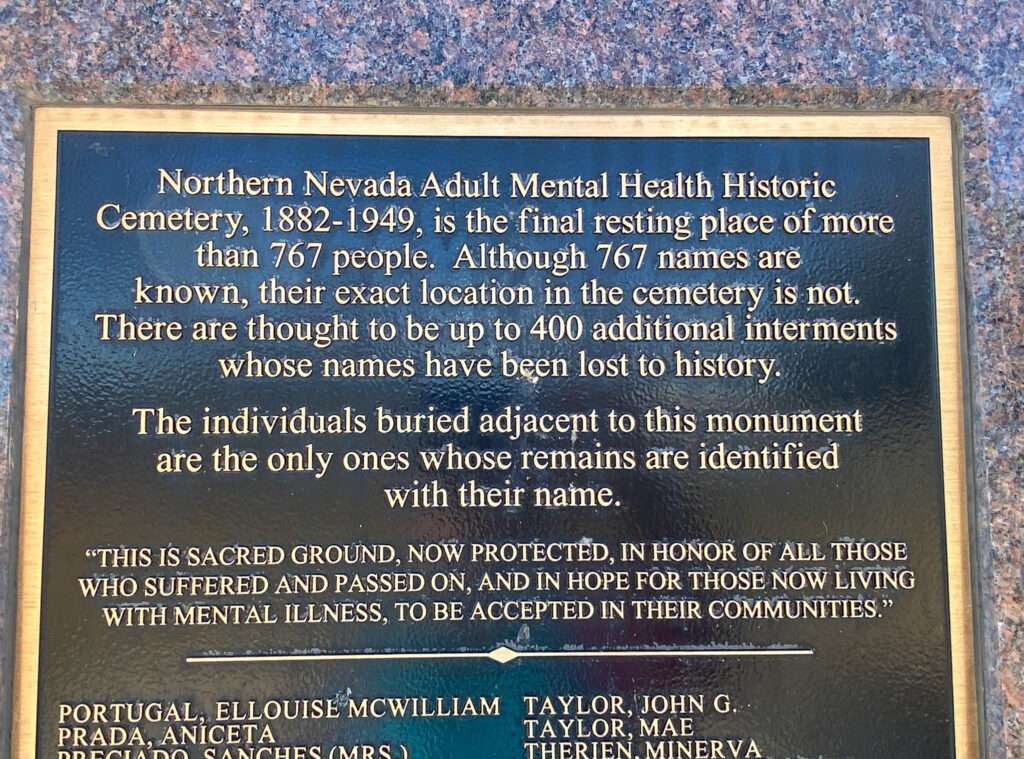
An obelisk memorial was erected, listing the names of the known occupants. Each side has the cemetery information, then a list of names.
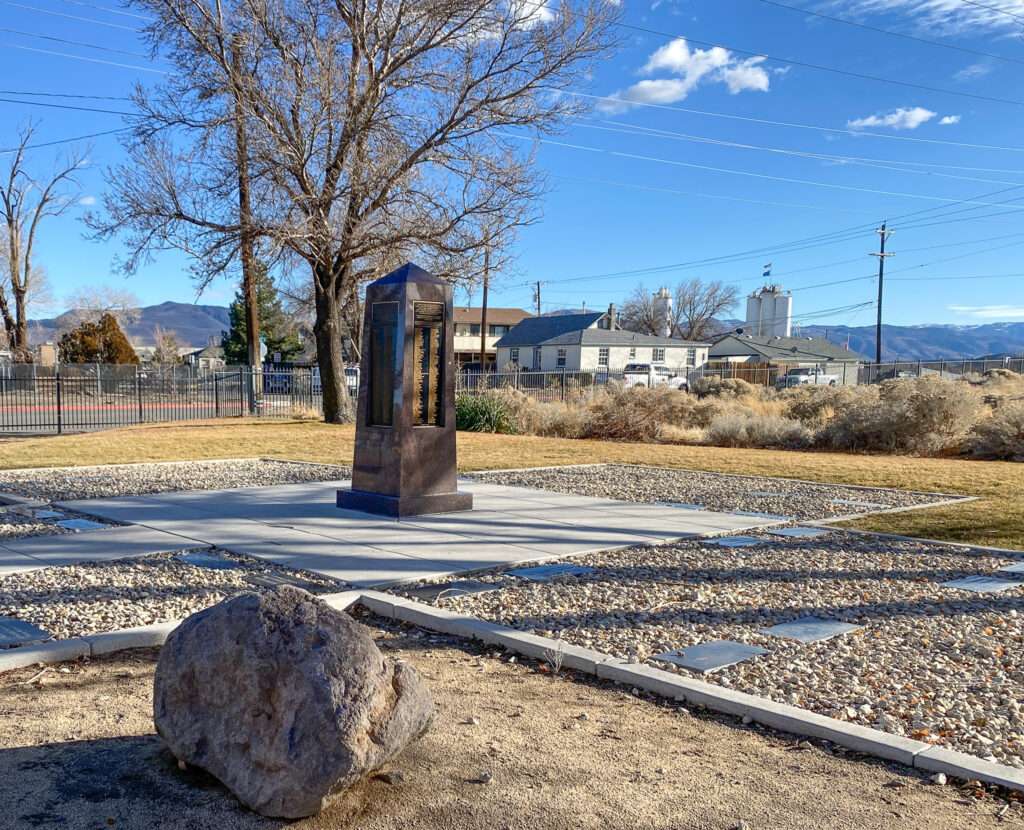
Road construction crews discovered additional remains during construction, and they were interred adjacent to the memorial.
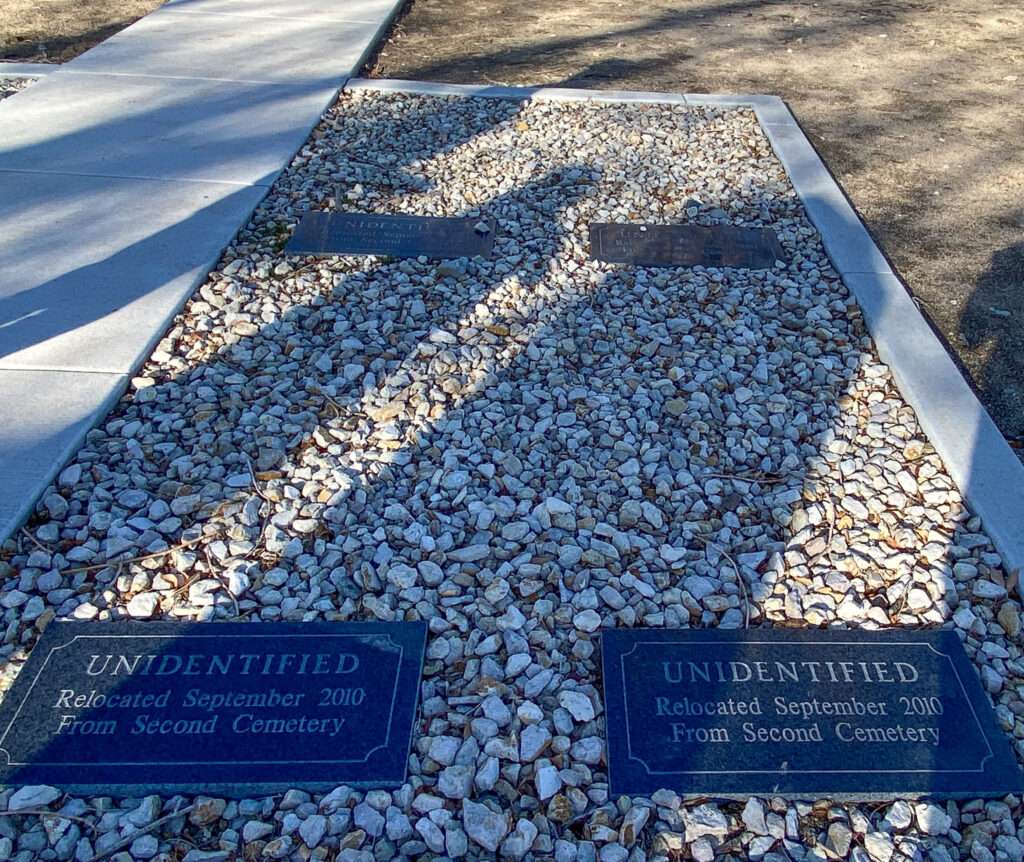
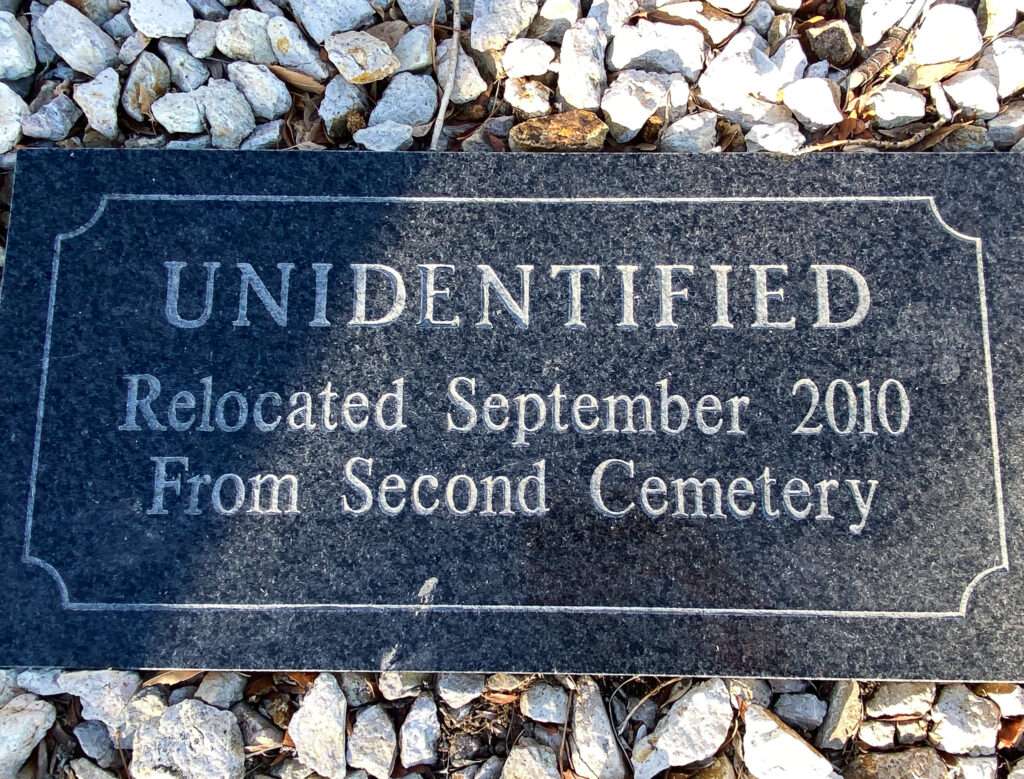
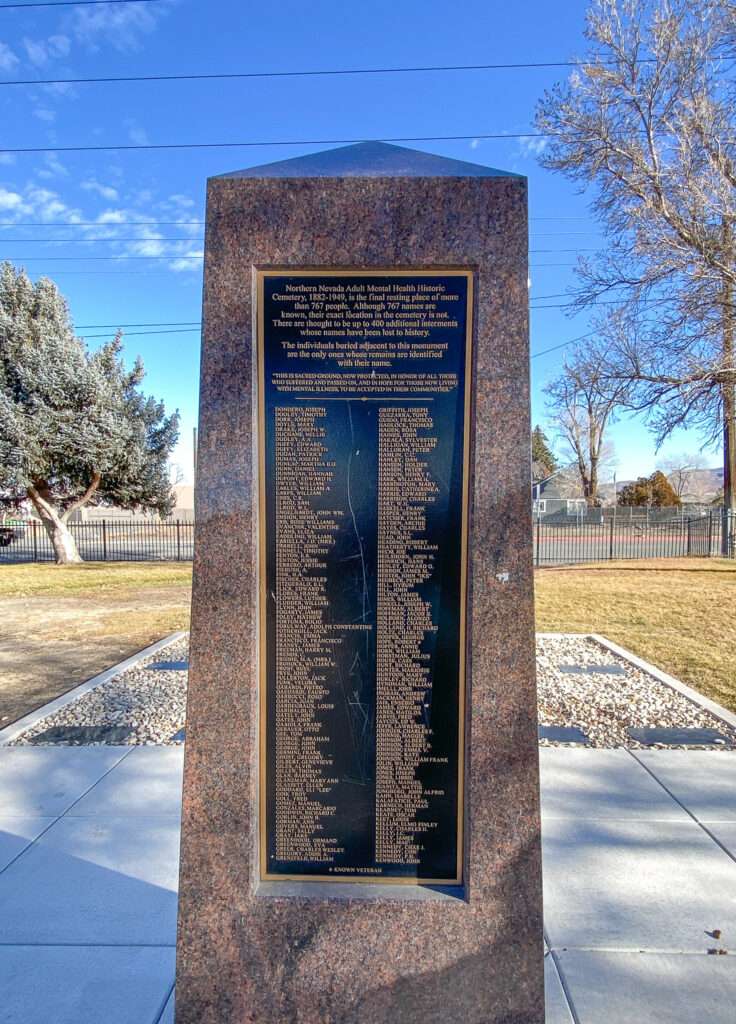
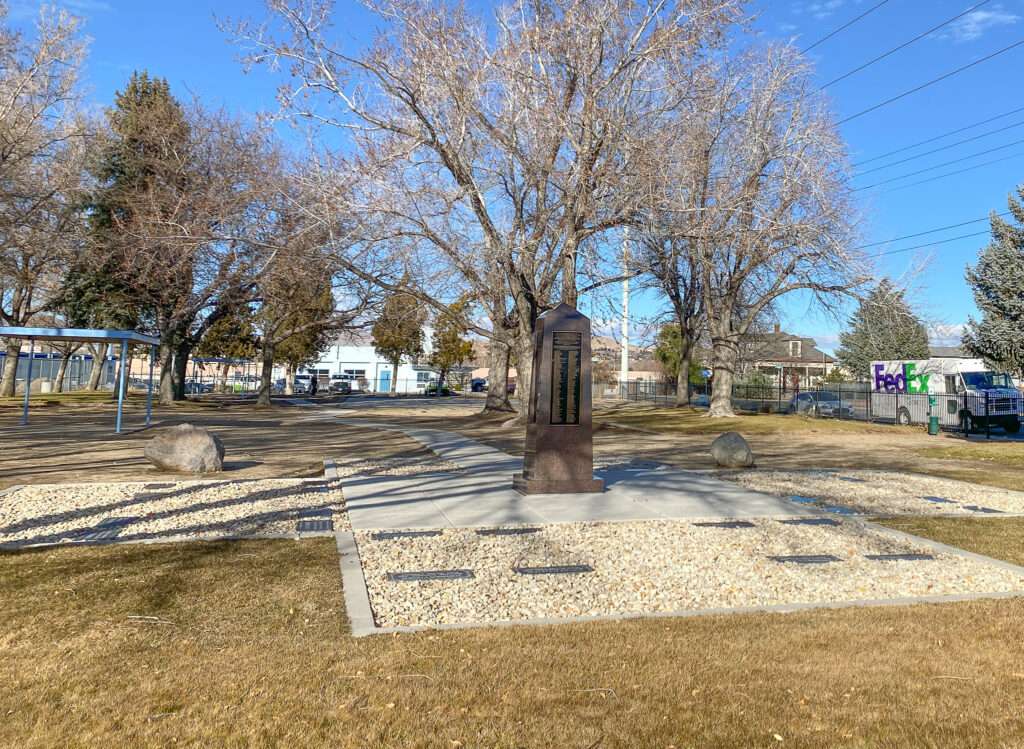
“CLEANWATER DEMON HOUSE”
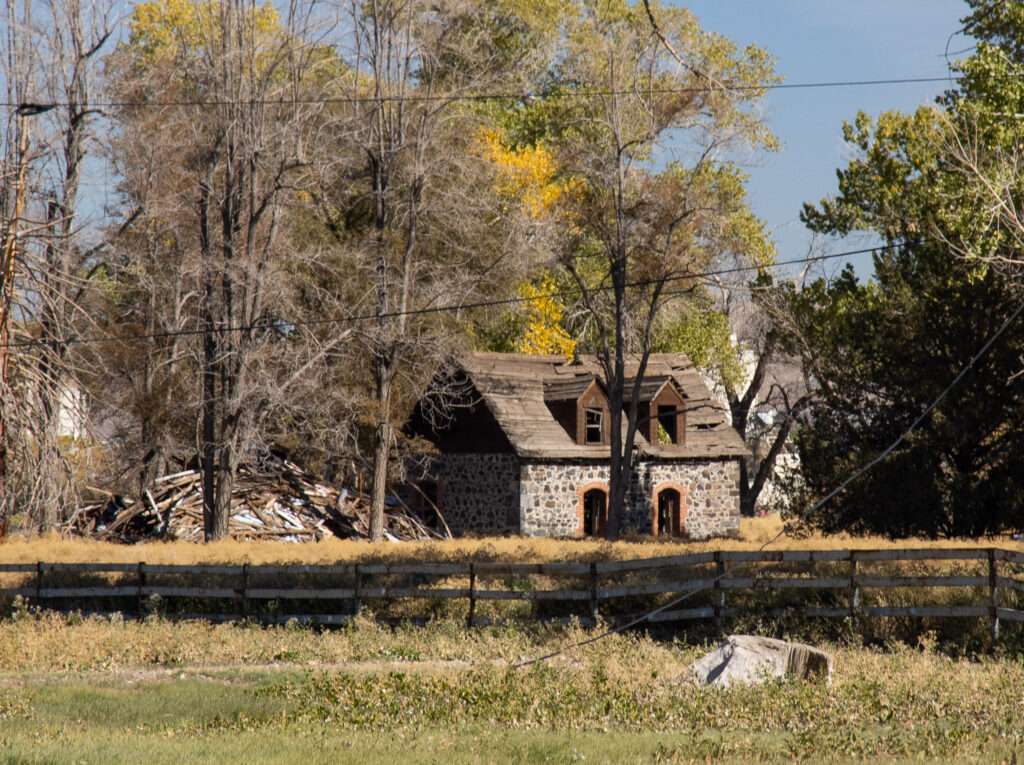
A paranormal hunter channel dubbed this ranch the “Cleanwater Demon House.” Unfortunately, only the brick and stone outbuilding remains. The house and barn were taken down recently, possibly due to the publicity.
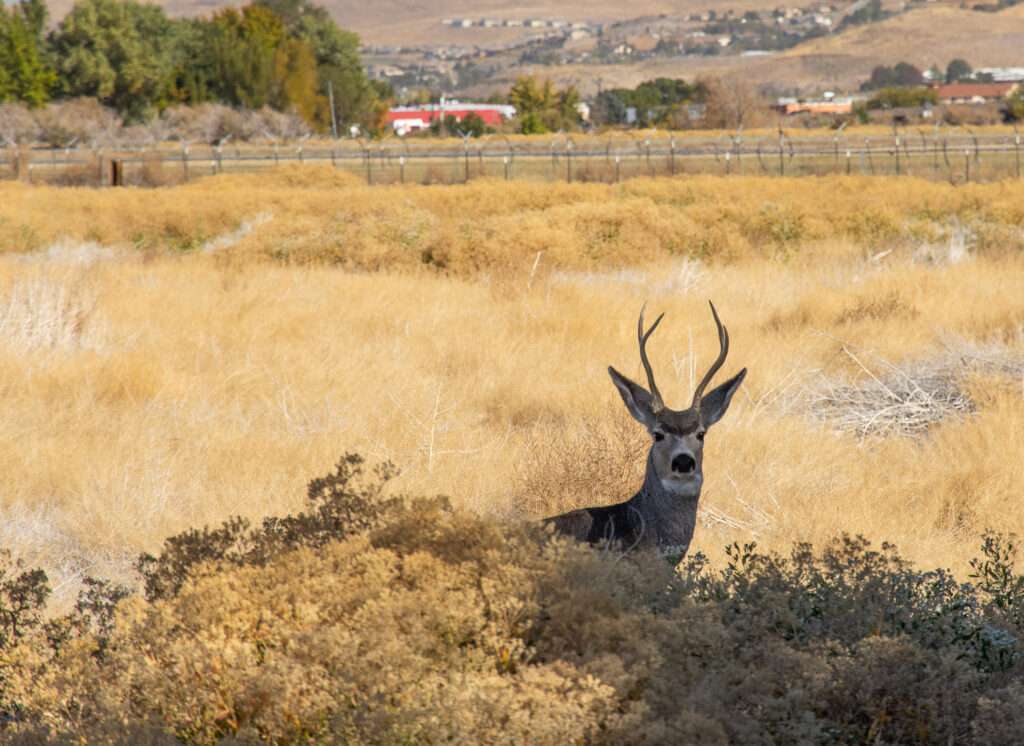
I suspect there is nothing demonic about the old ranch house. Although this buck looked a little sketchy, maybe it is really a Nevada Wendigo.

(credit: DadWiki)
Sparks Air Park
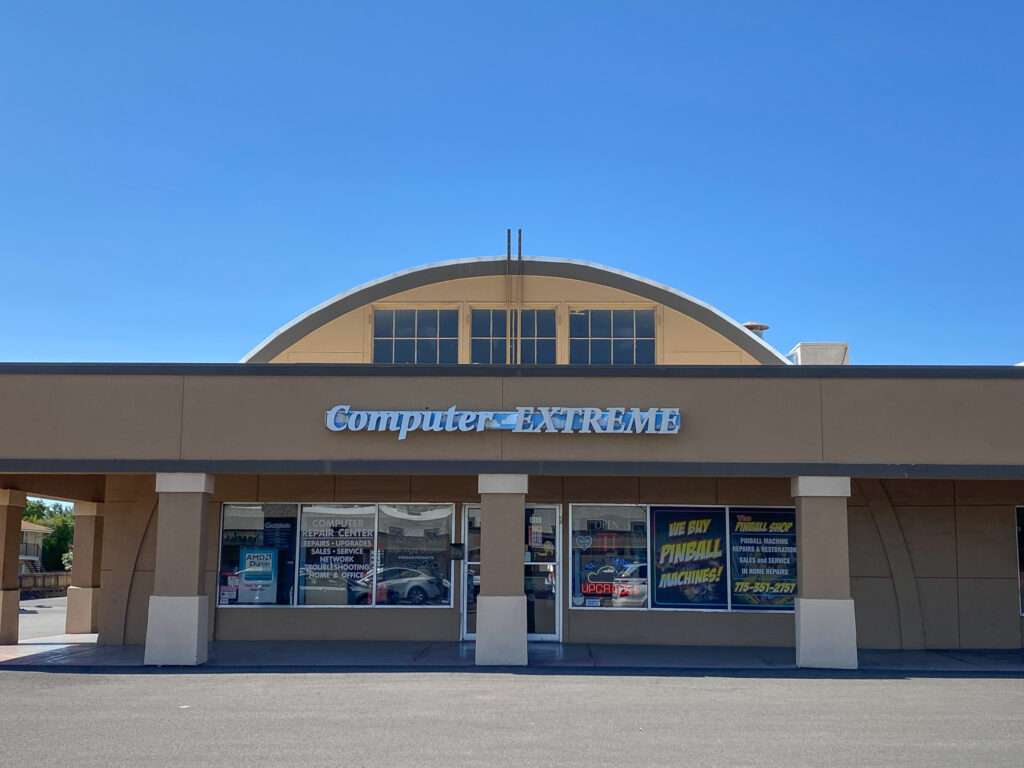
I’m unsure how often I visited Hancock Fabrics at Greenbree shopping center. I never noticed the odd shape of the buildings Shelly’s True Valley Hardware and Computer Extreme occupied.

The businesses are remodeled airplane hangars. Harry Shriver The Sparks Air Park in 1946 when the corner of Greenbree and Pyramid Highway was still outside town. After the airpark closed, the buildings were converted into a shopping center.

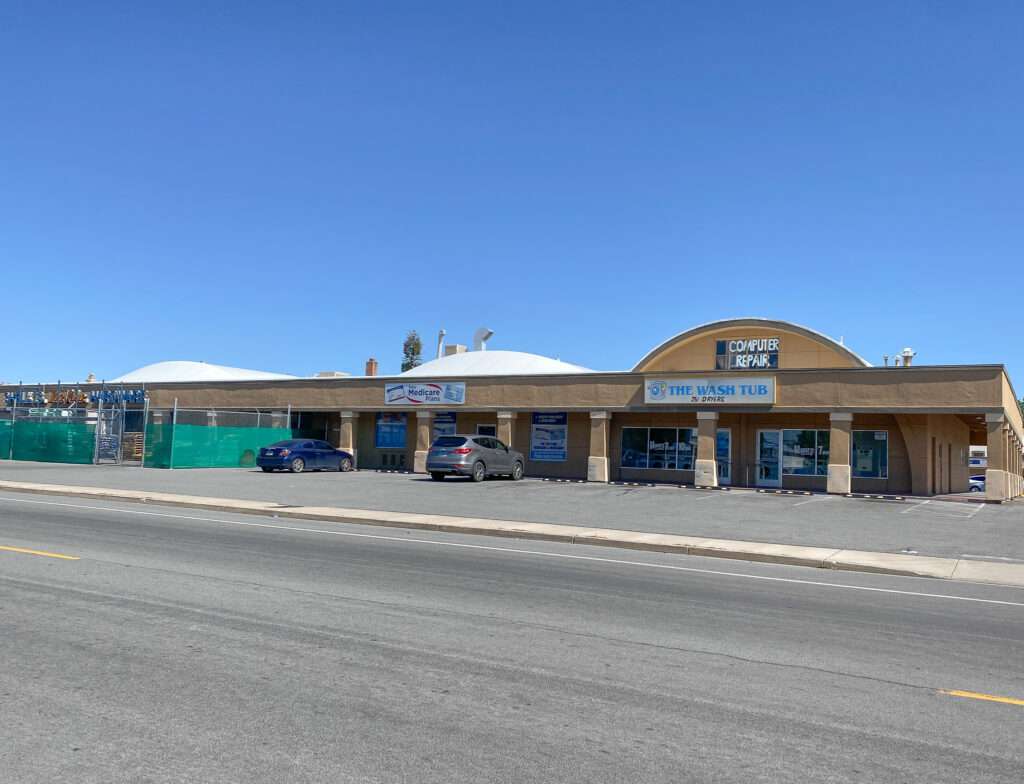
West of Reno
Lincoln Highway Bridge Rails
With the creation of the first transcontinental highway, the Lincoln Highway, most towns competed to be on the route. Starting in 1913, the Lincoln Highway ran from Times Square, New York, to San Fransisco.
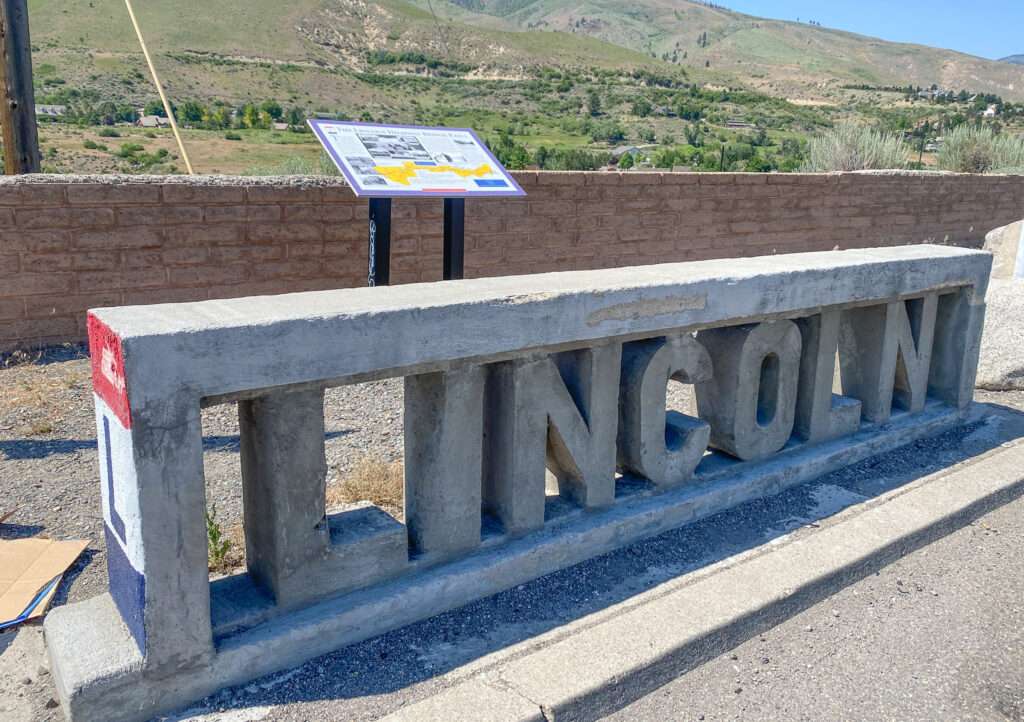
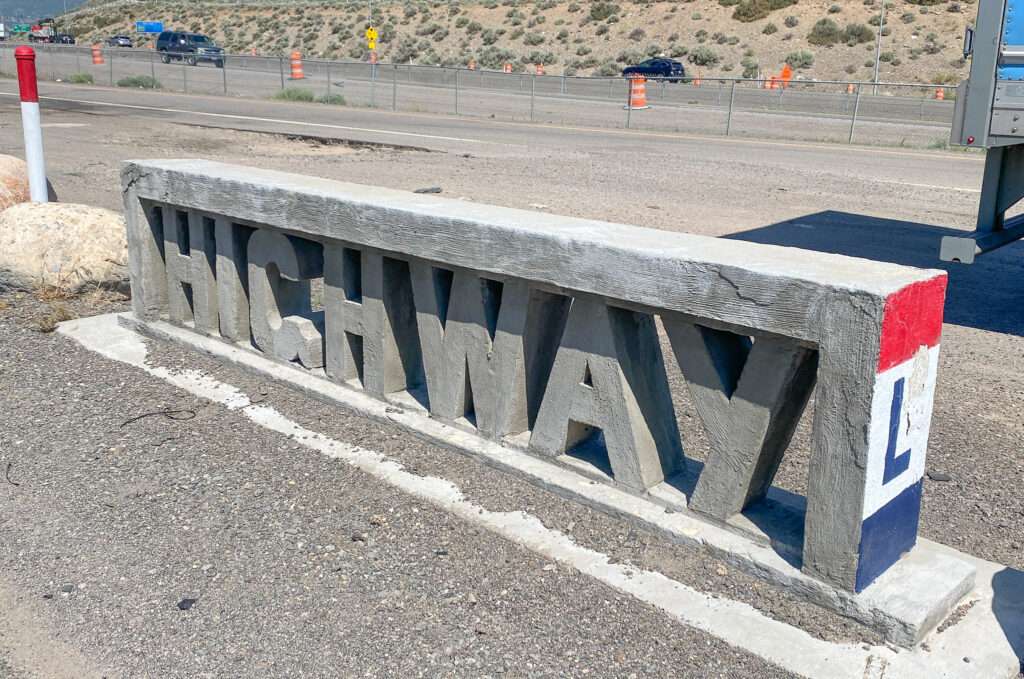
Some felt Reno did not sufficiently advertise to attract the “Main Street of America.” A.F. Neidt was constructing a culvert and designed these rails. The Lincoln Highway Rails were so impressive that they planned on using them for every bridge. Sadly, they used only one other set in Iowa. The Lincoln Highway became US 40, and in the 1970s, I-80.
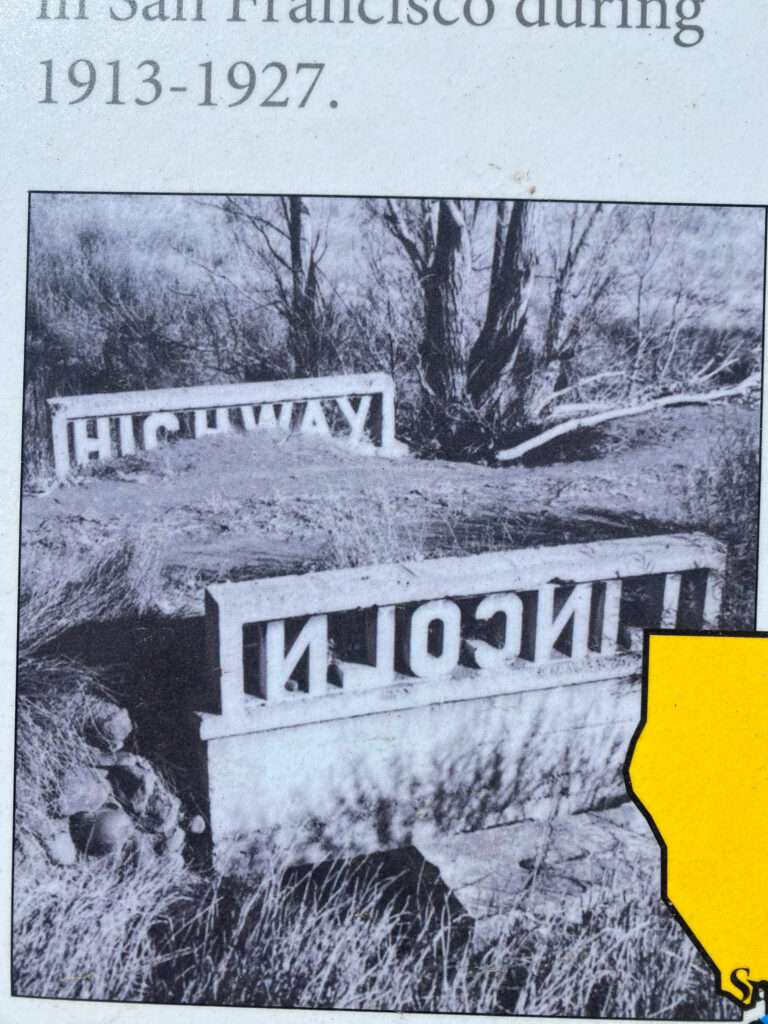
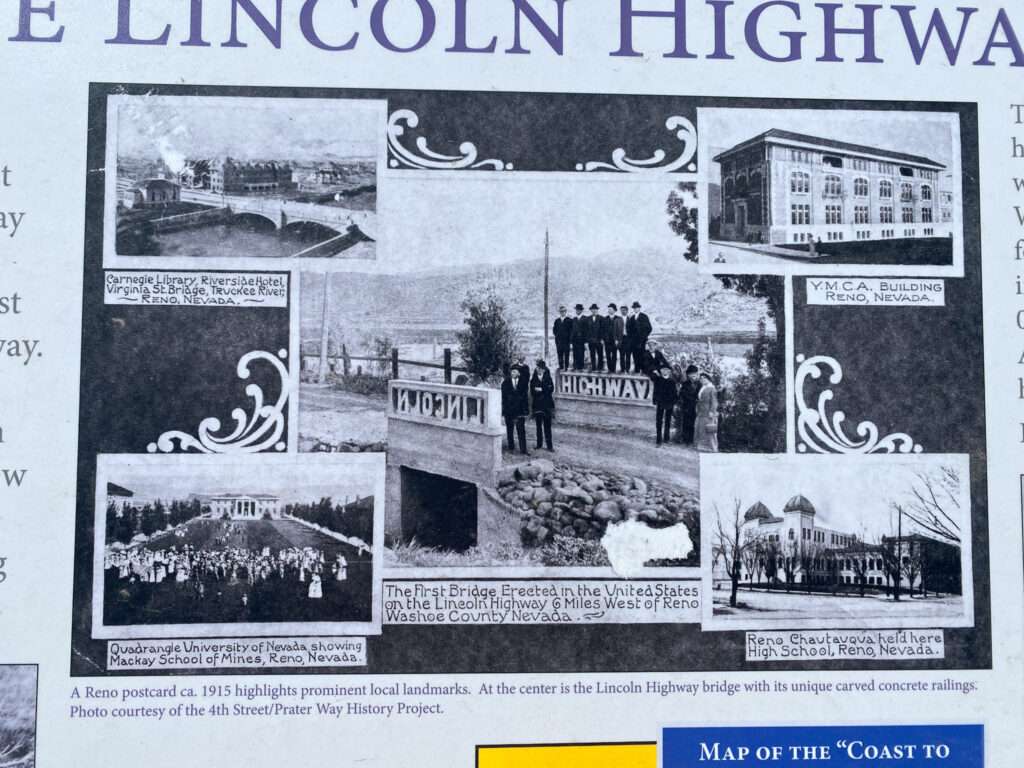

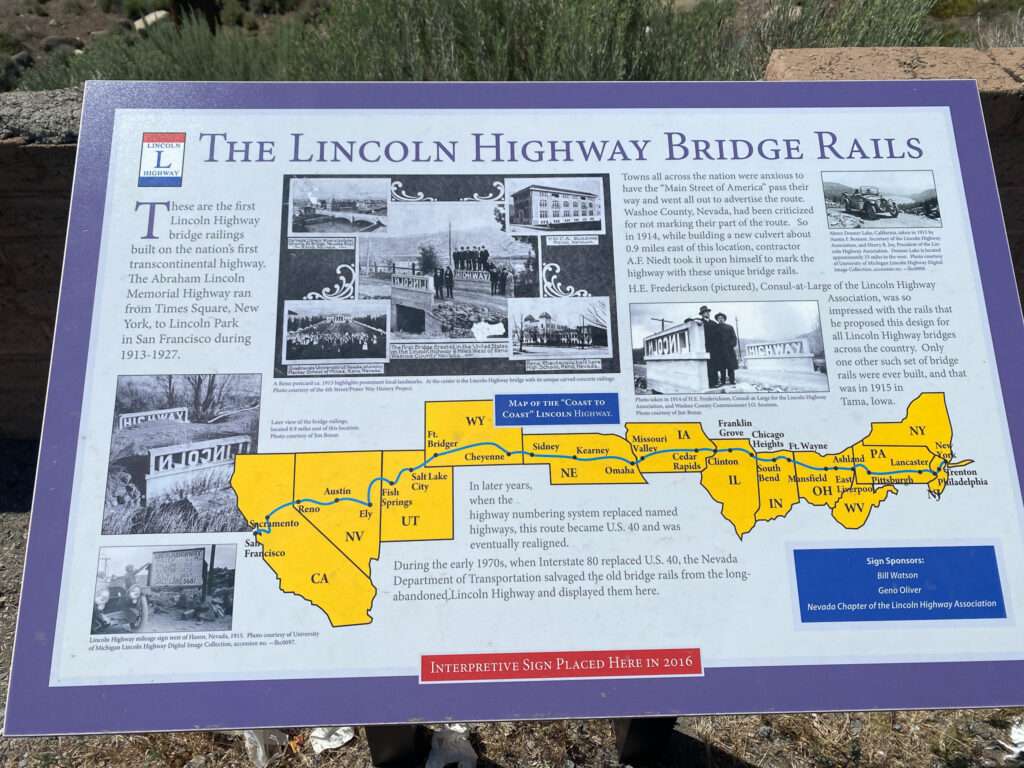

AVANSINO RANCH
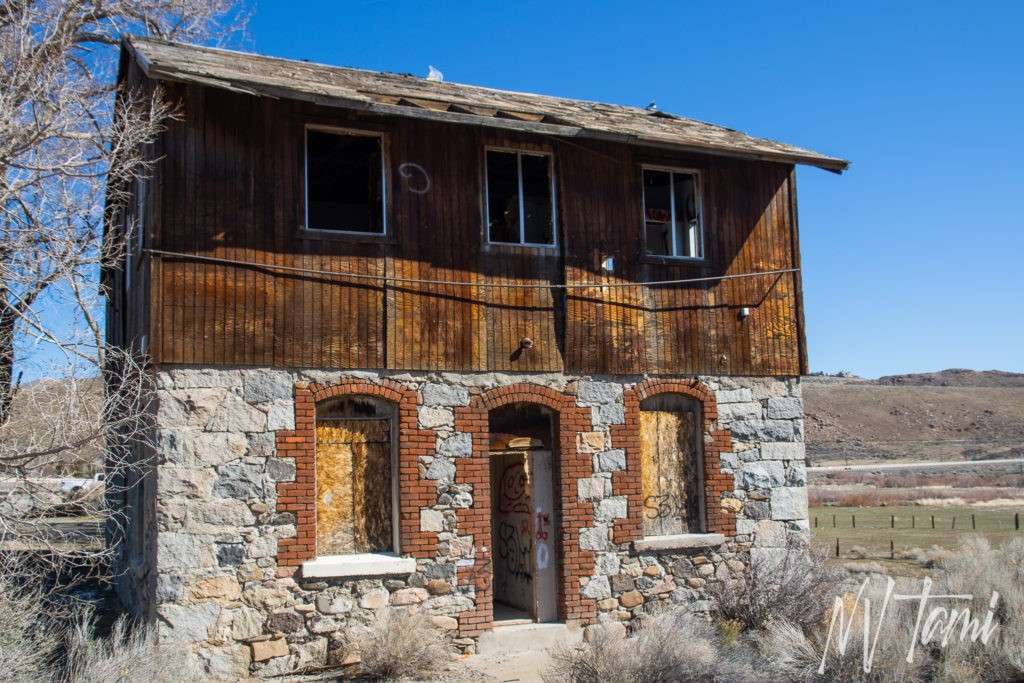
The Avansino Ranch was originally deeded in 1869 to Crystal Peak hotel and store owner Uriah D. Mastin. Lazzaro Avansino purchased the ranch and constructed the stone house in the early 1900s. It is now part of the Truckee River Greenbelt and Regional Open Space Program.
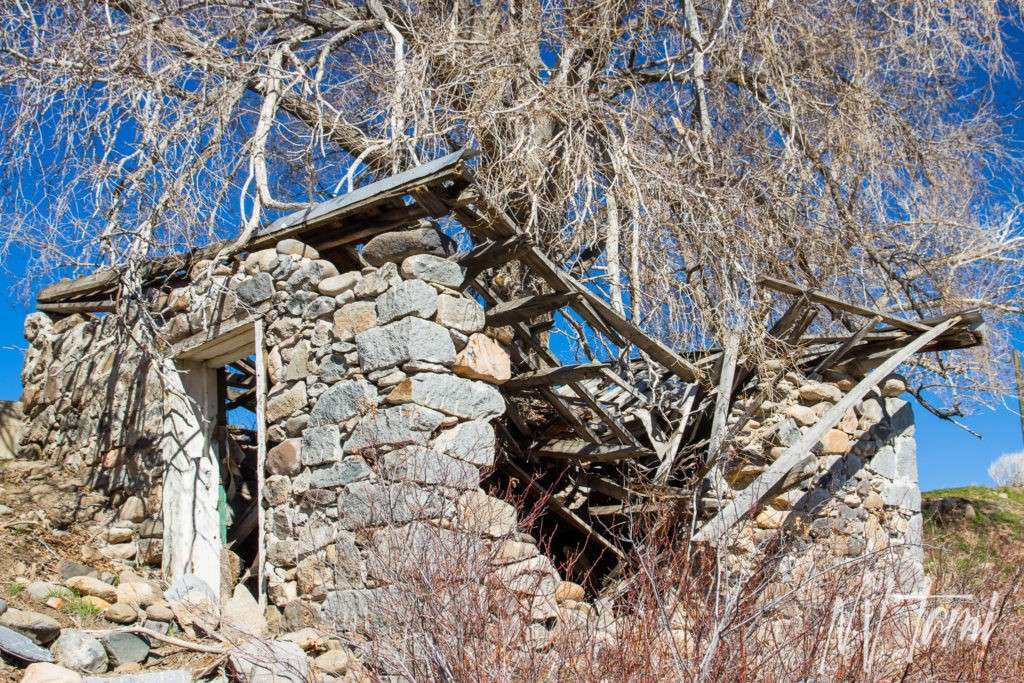
OLD TOWN VERDI
Verdi was established in the late 1860s with the construction of the Central Pacific Railroad. Large logging companies provided railroad ties and other lumber products.
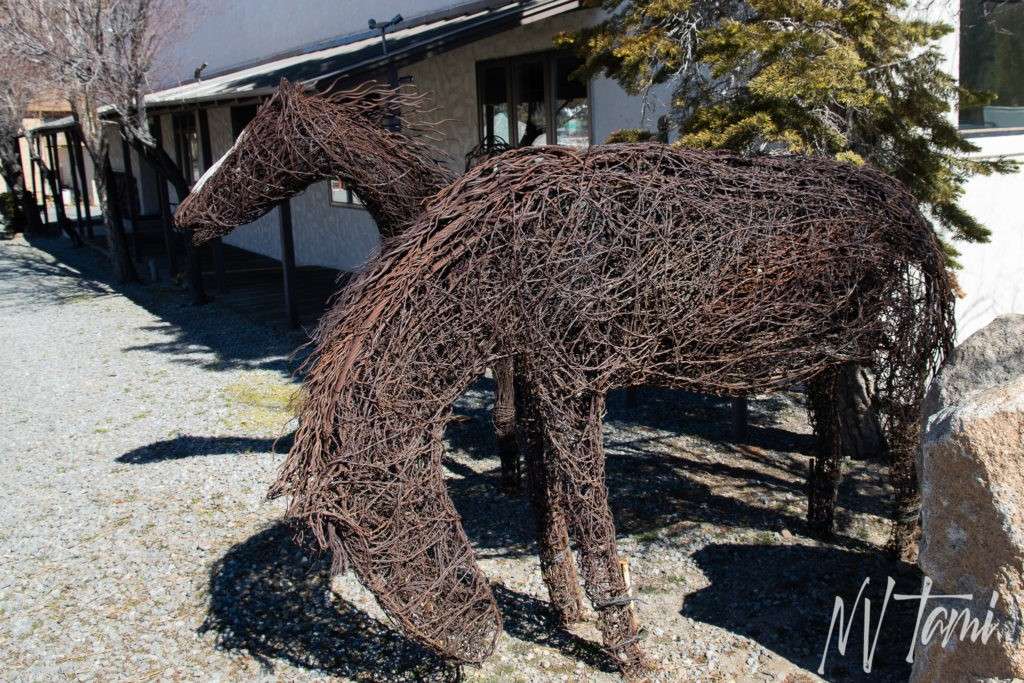
Marmol
The Inyo Marble Works created the town of Marmol in 1890 to house their workers. They named the settlement Marmol after the Spanish term for marble. The company had a quarry near Keeler, California, but processing the marble onsite was too expensive due to a lack of water. Company President Israel Luce surveyed along the Truckee River and purchased land from the Southern Pacific Railroad. The location was ideal, with plentiful water and access to the railroad.
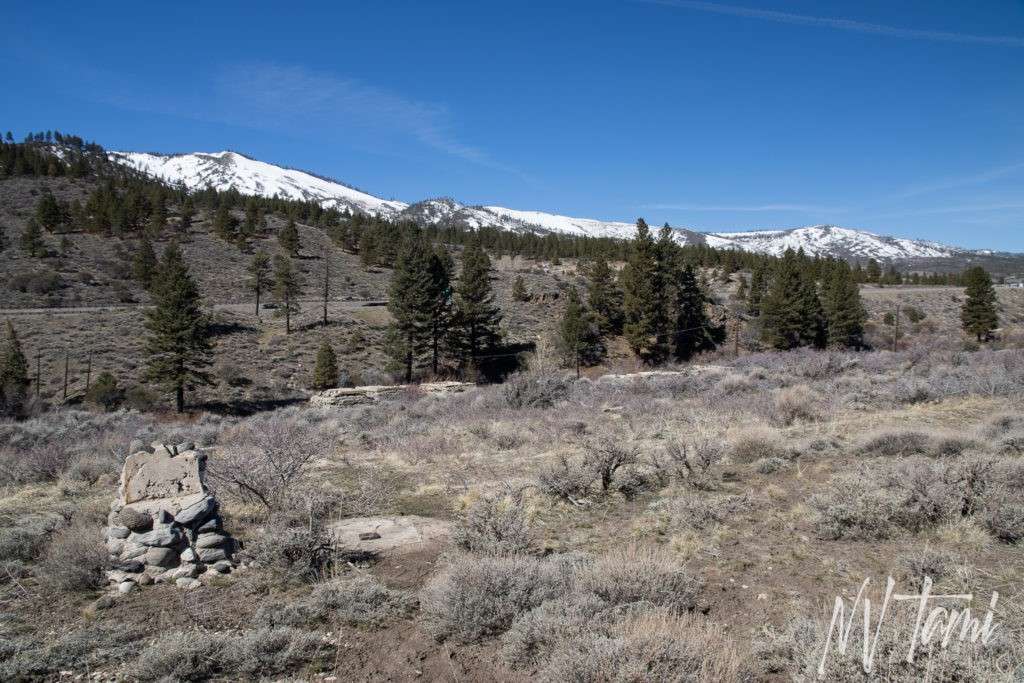
Marble processed at Marmol became known as some of the highest quality in the country. It was shipped to California and used in many well-known buildings in San Francisco, including their City Hall. The factory opened and closed several times until 1908 when the company dismantled the factory and homes for lumber.
VERDI GLEN RESORT
Then it was the 1920s Verdi Glen Resort, a popular roadhouse restaurant and nightclub that burned in 1938.

VERDI LUMBER COMPANY
Adjacent to the Verdi Glen Resort is the Verdi Lumber Company and Truckee River Millpond site.
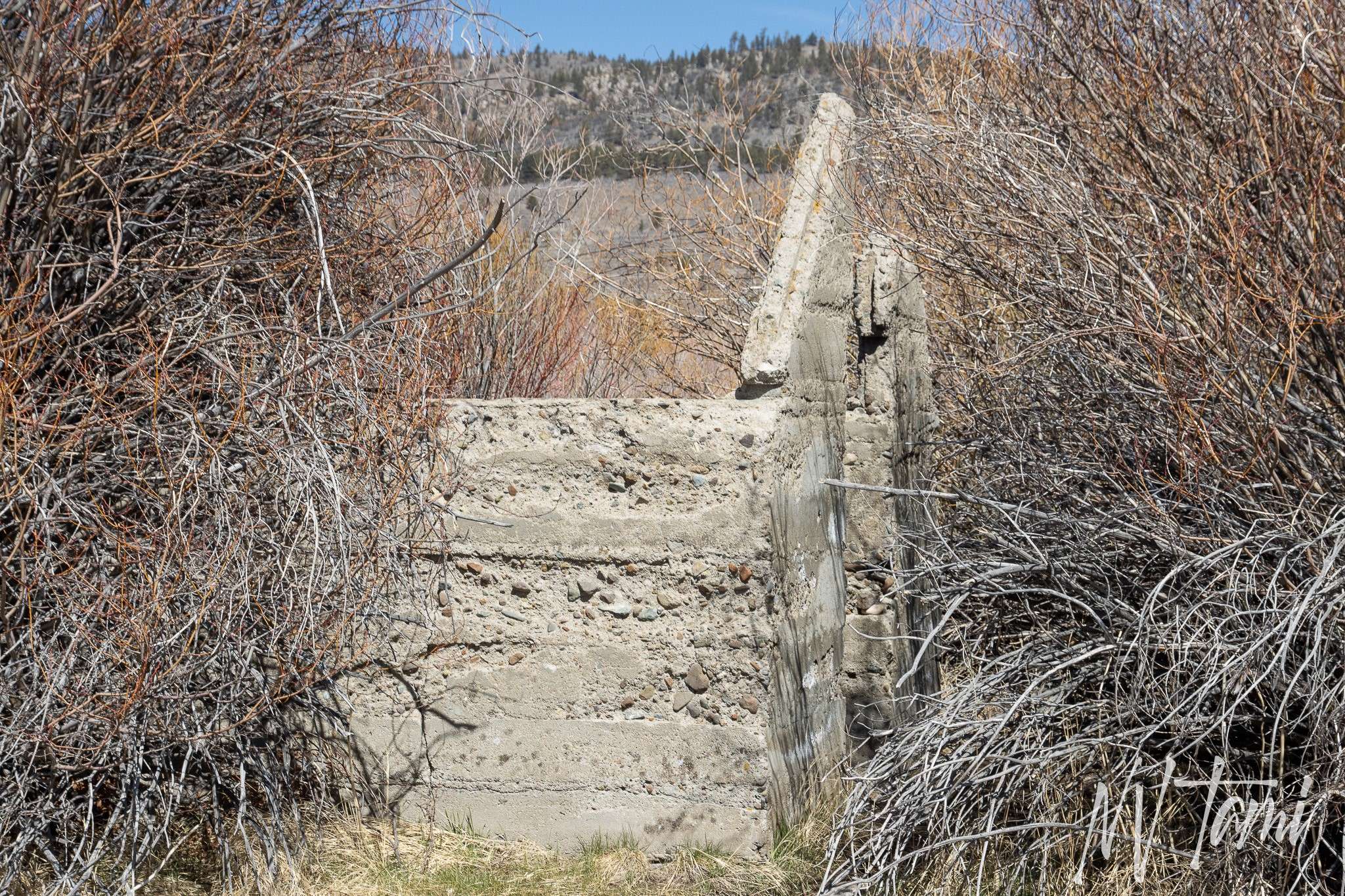
The infamous Von Schmidt Line
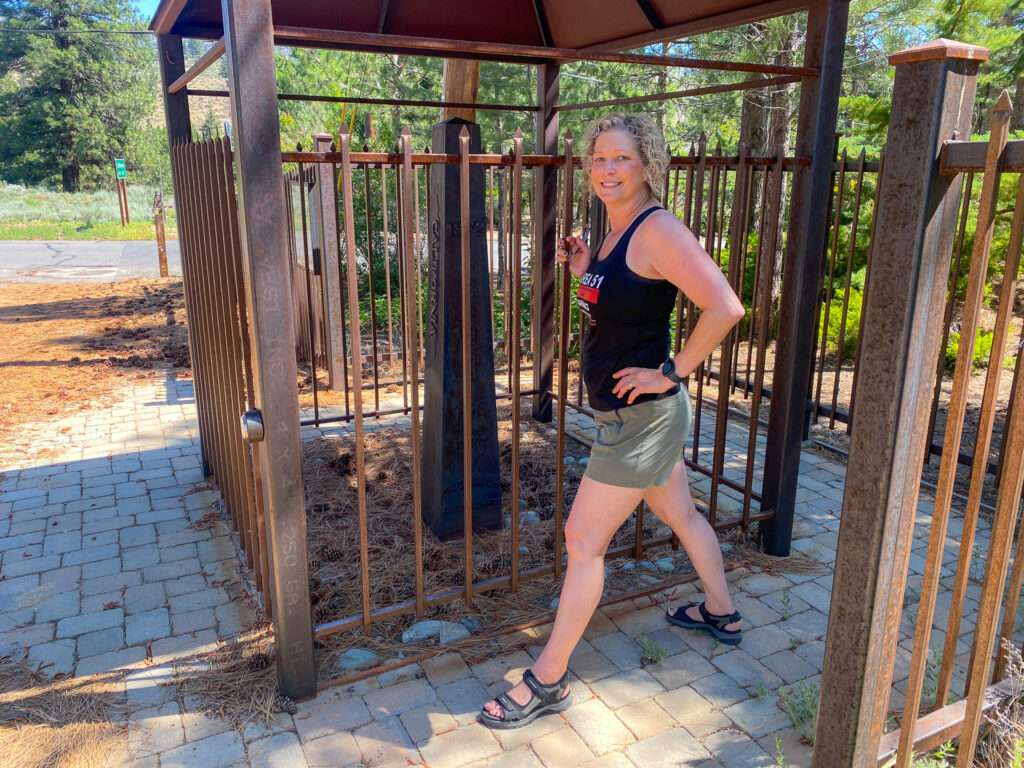
When California became a state in 1850, the 120-degree west longitude was its eastern border. On six occasions from 1855 to 1900, surveys attempted to locate the 120-degree longitude, each with different results.
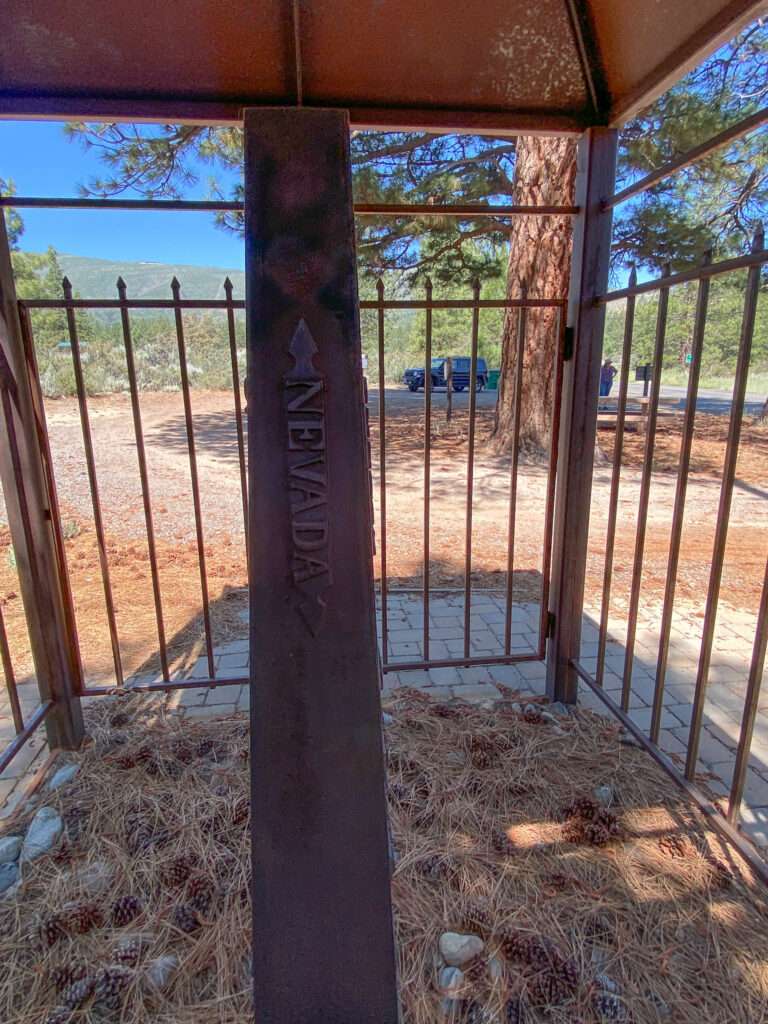
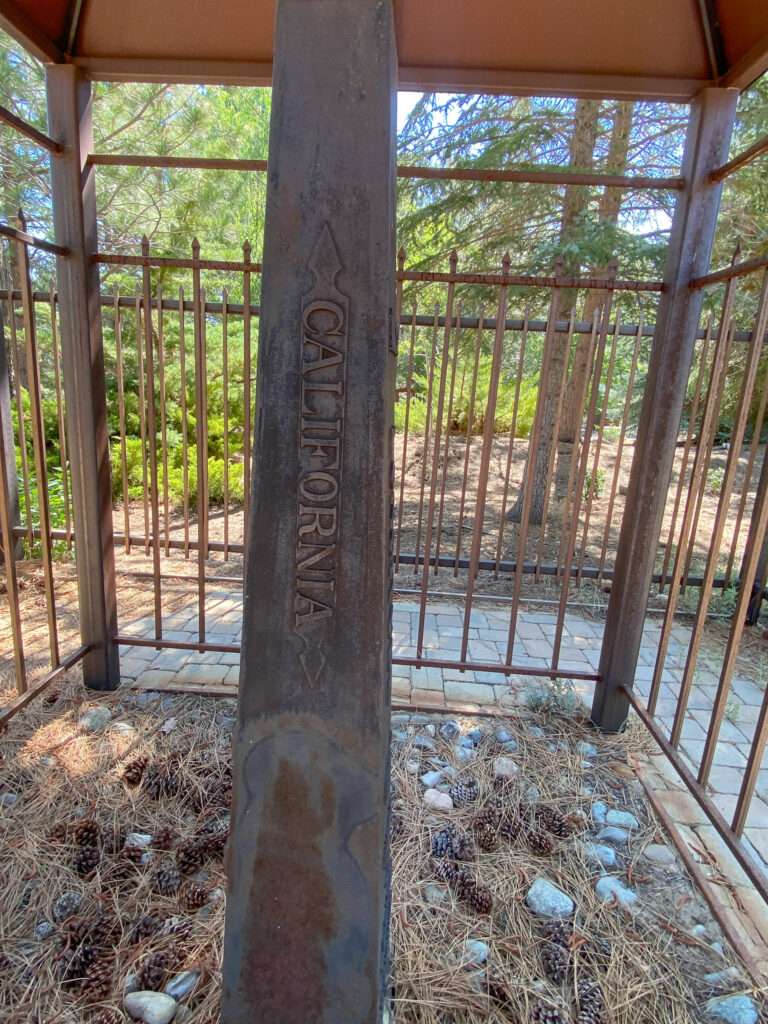
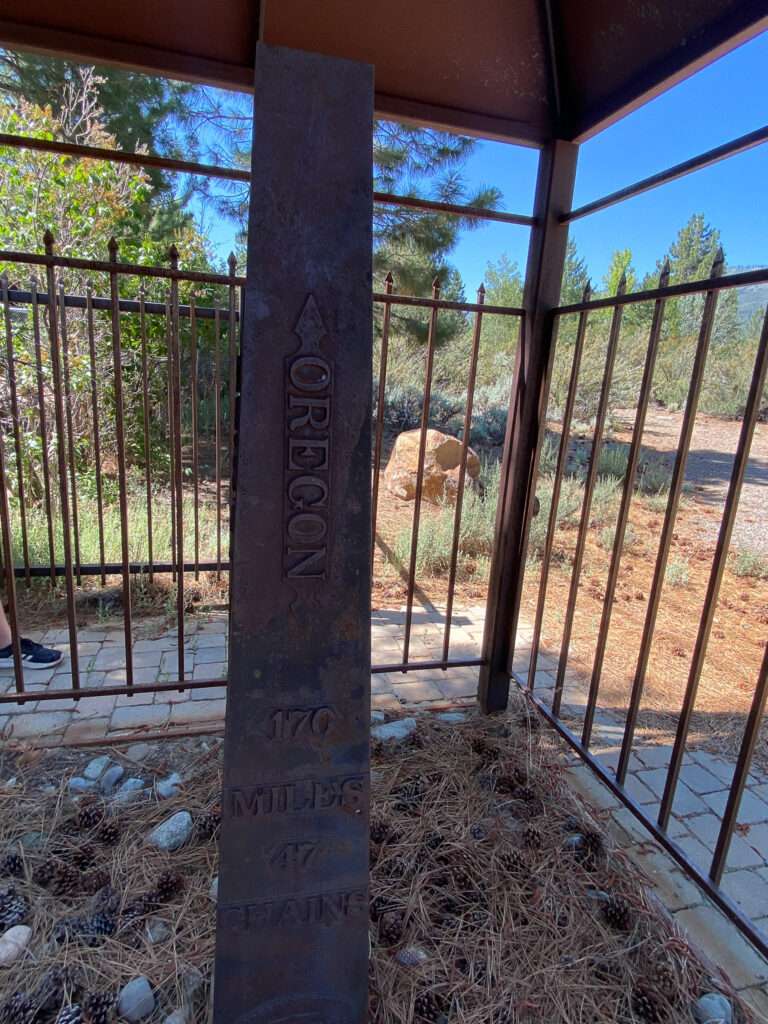
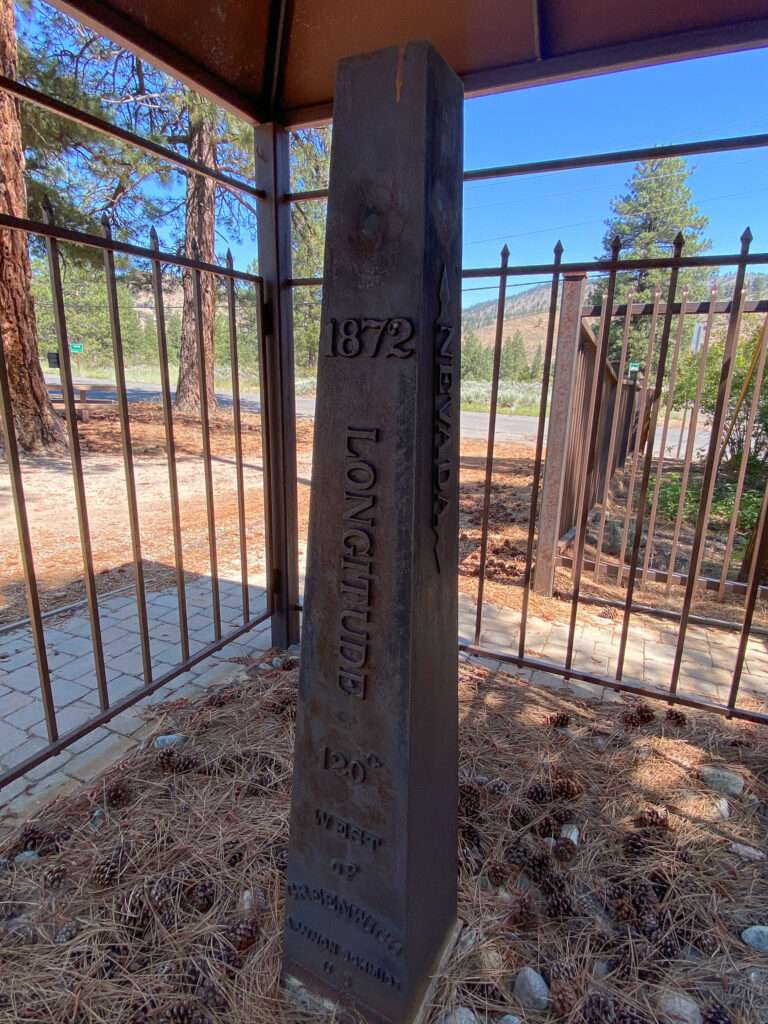
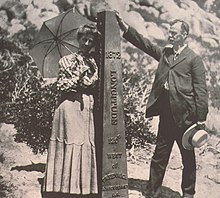
(photo credit: Wikipedia)
Starting in 1872, Alexey W. Von Schmidt surveyed the border and used whatever markers were available: stones, wood, and iron. Only four cast iron obelisks were created. A second survey in 1893 showed Von Schmidt’s line was 1,600 to 1,800 feet west of the actual 120-degree longitude.
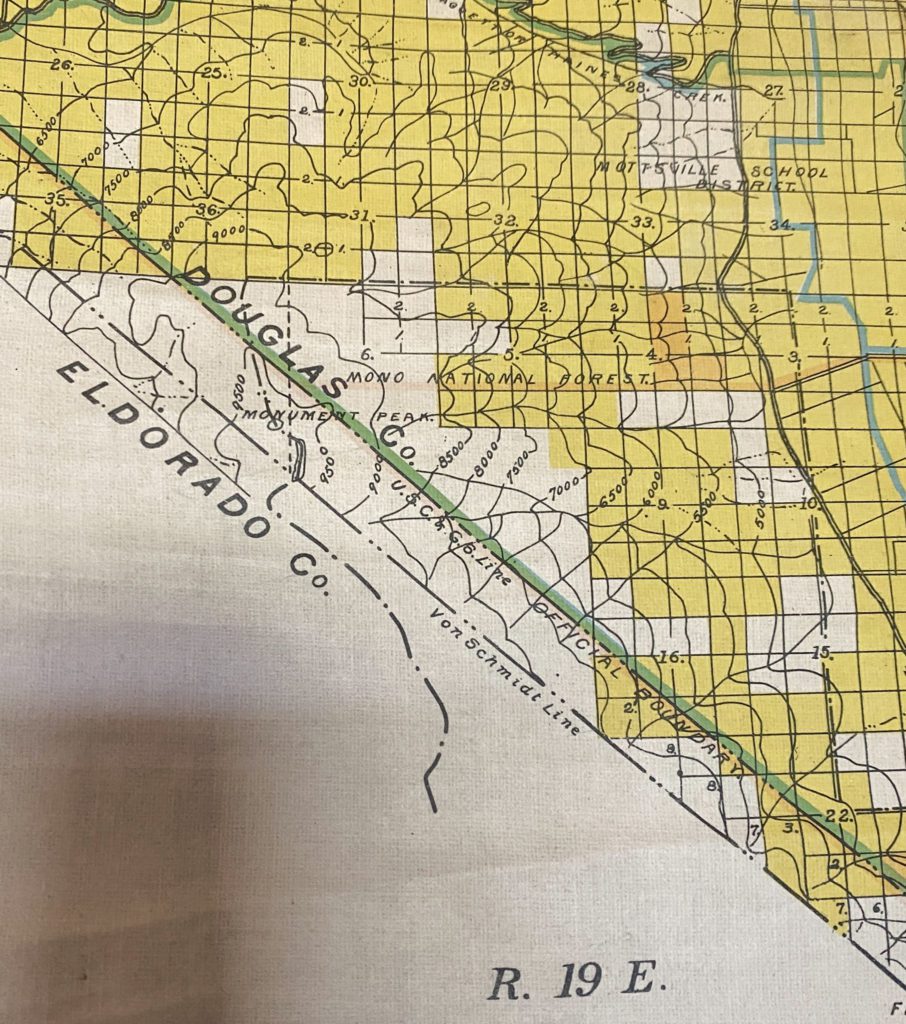
(Official Map Douglas County: Personal Collection)
As late as 1980, the boundary between Nevada and California was hotly contested. In 1977, California filed a lawsuit against Nevada in the US Supreme Court, alleging the correct boundary line was farther east. This would mean the casinos in Stateline, Nevada, were actually in California. Don’t worry, California had a plan in place to allow for the continued operation, and tax collection, from the casinos.
The Great Train Robbery
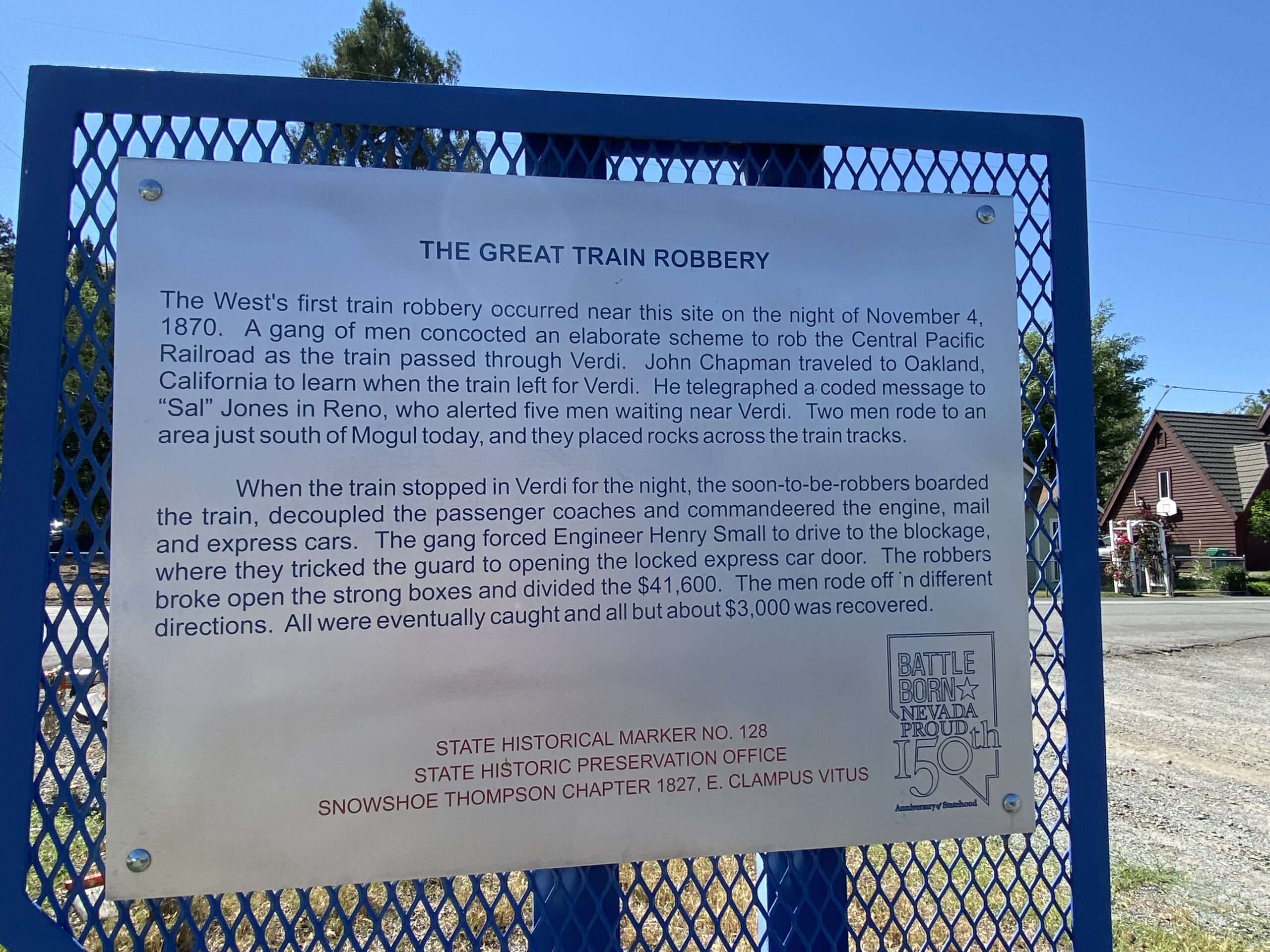
In Verdi, you can visit the west coasts first train robbery site. On November 4, 1870, bandits boarded and forced the engineer to move the mail and express cars to an isolated area. Relieving the train of $41,600 the robbers fled in different directions.
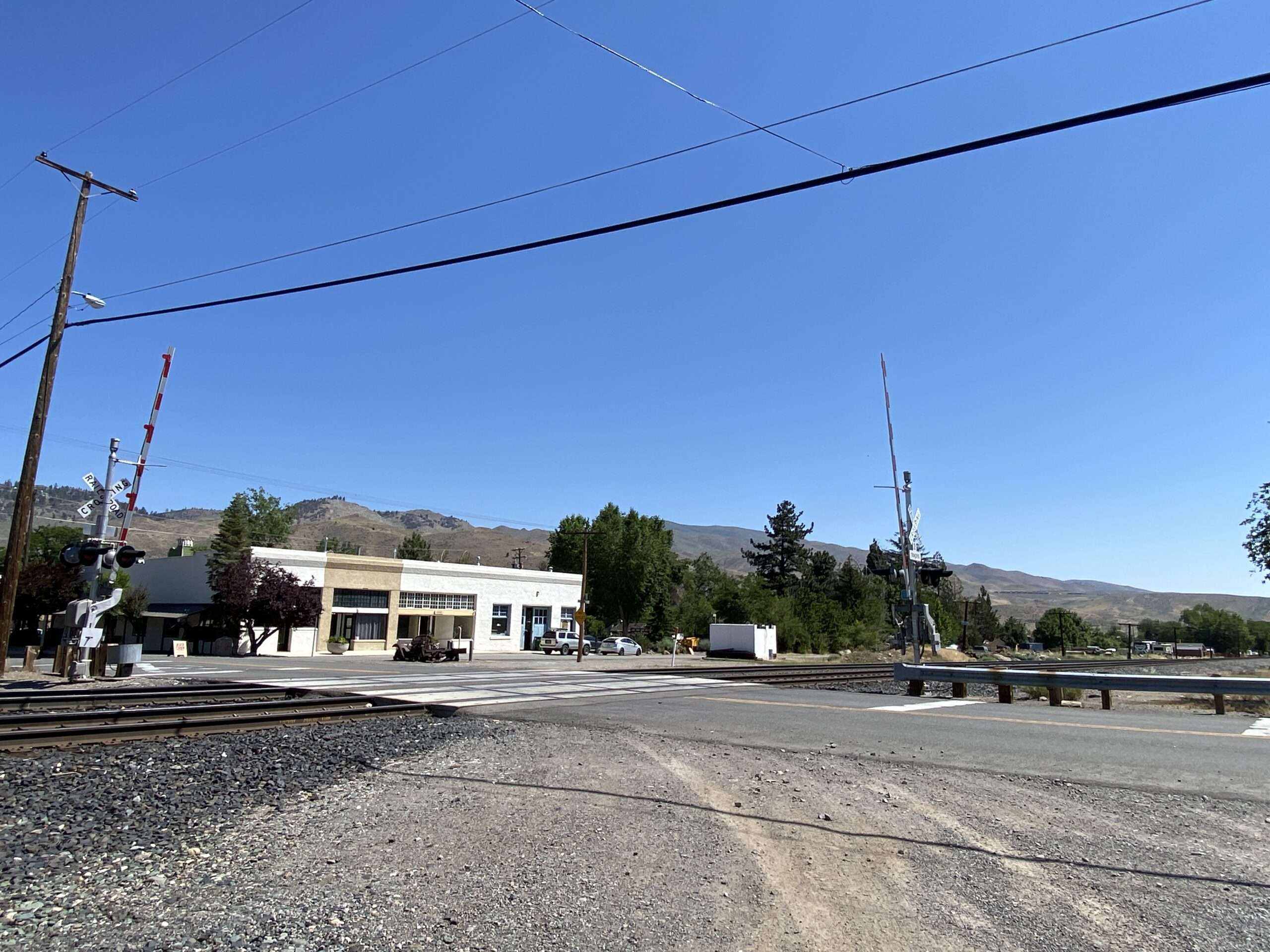

Truckee, Donner & Henness Pass
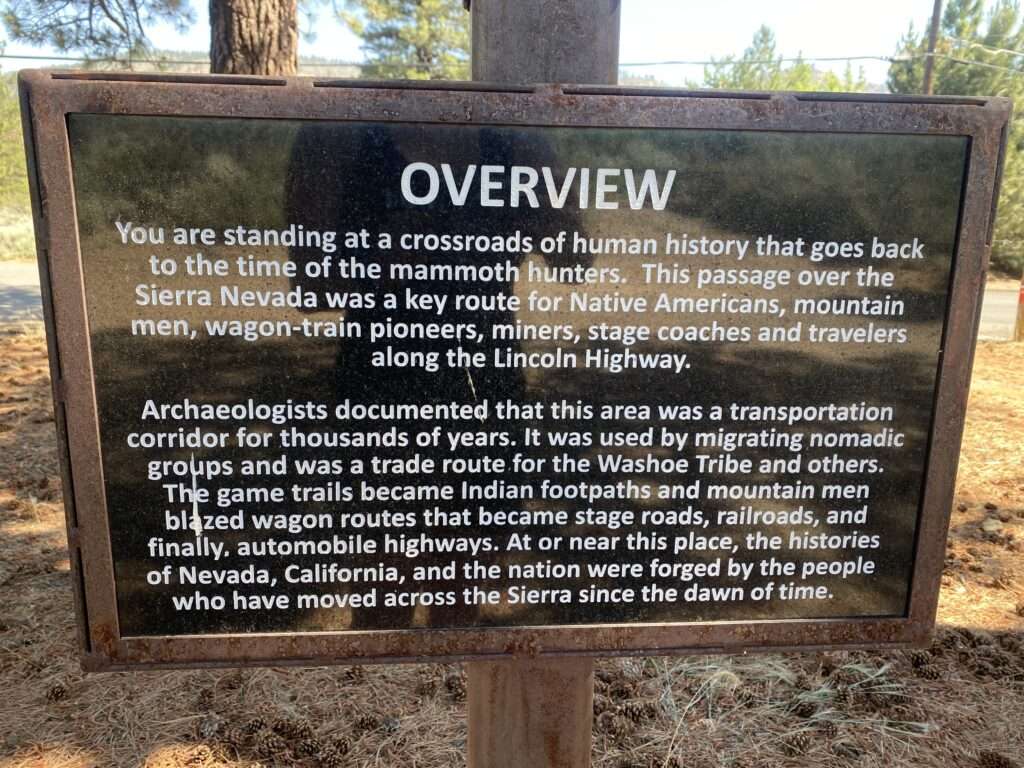
Verdi was a crossing of two of two important emigrant trails, the Truckee/Donner Trail and Henness Pass Road.
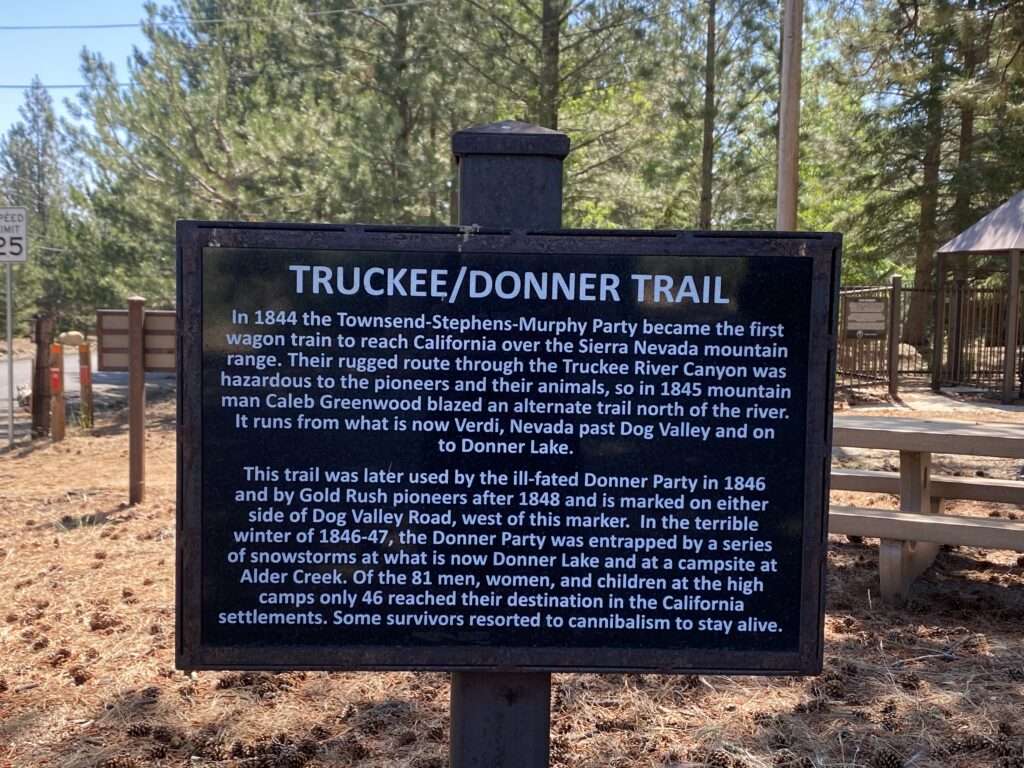

Crystal Peak
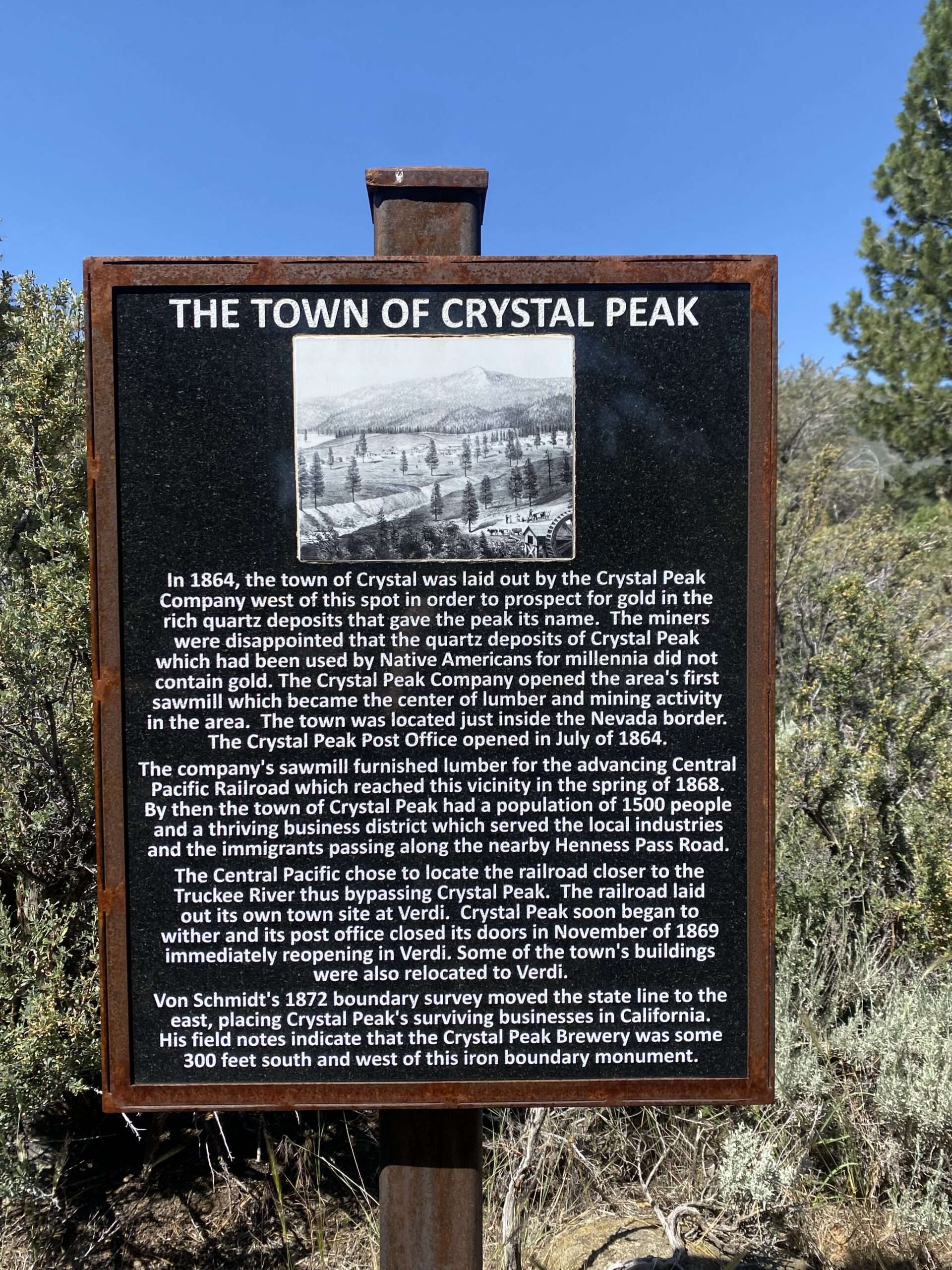
The Crystal Peak Company established Crystal Peak in 1864 to prospect gold in the crystal deposits on the nearby peak of the same name. Not finding gold, the town turned to another resource: trees. The company opened the first sawmill in the area. A post office was awarded in 1864. Crystal Peak grew to 1,500 residents and businesses to support the town and travelers on the Henness Pass Road.

The railroad bypassed Crystal Peak, signaling the town’s demise. The post office closed on 1869 with service transferred to Verdi.
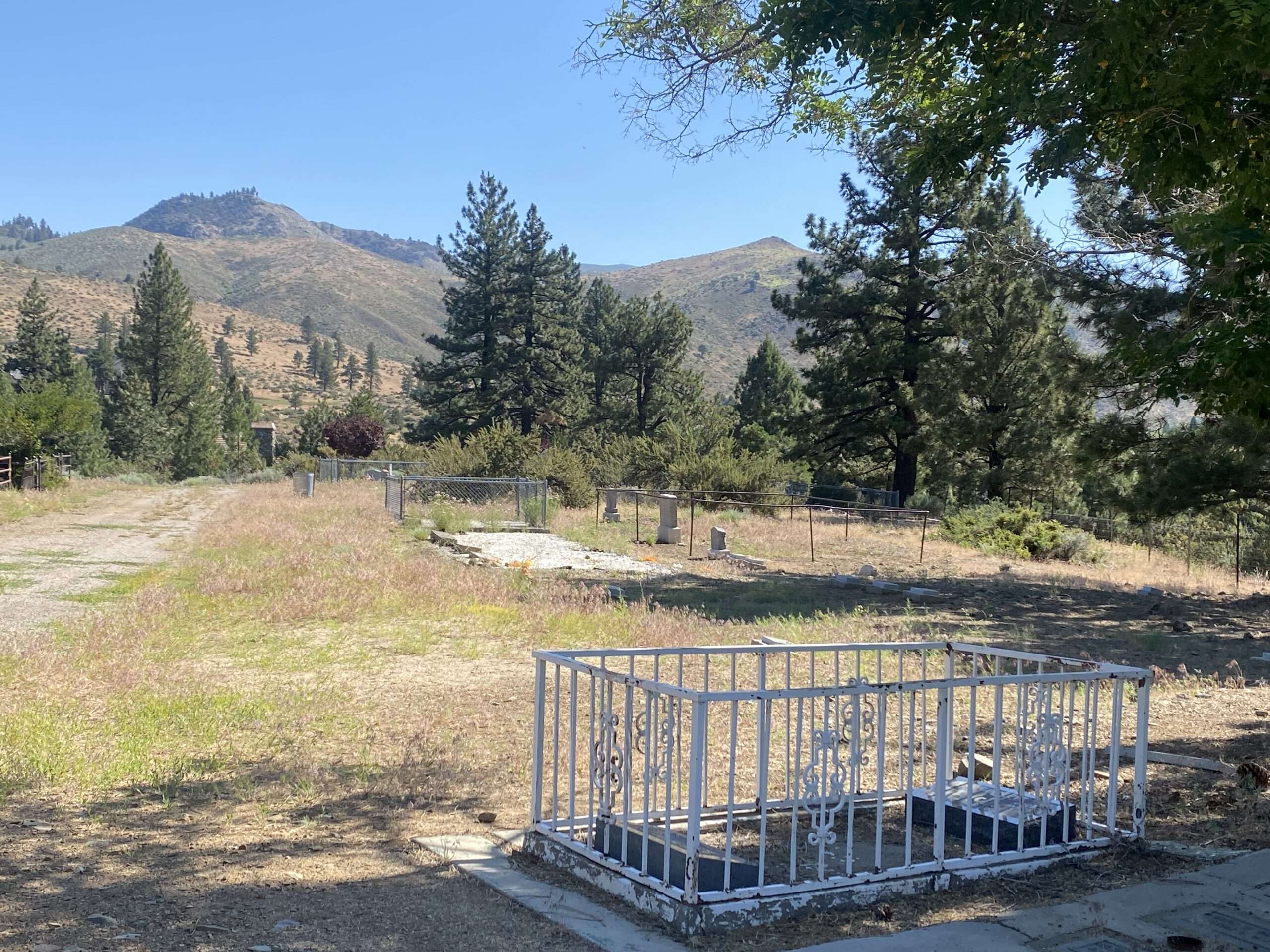
Today, only the cemetery marks the former townsite. An information sign is adjacent to the Von Schmidt marker.
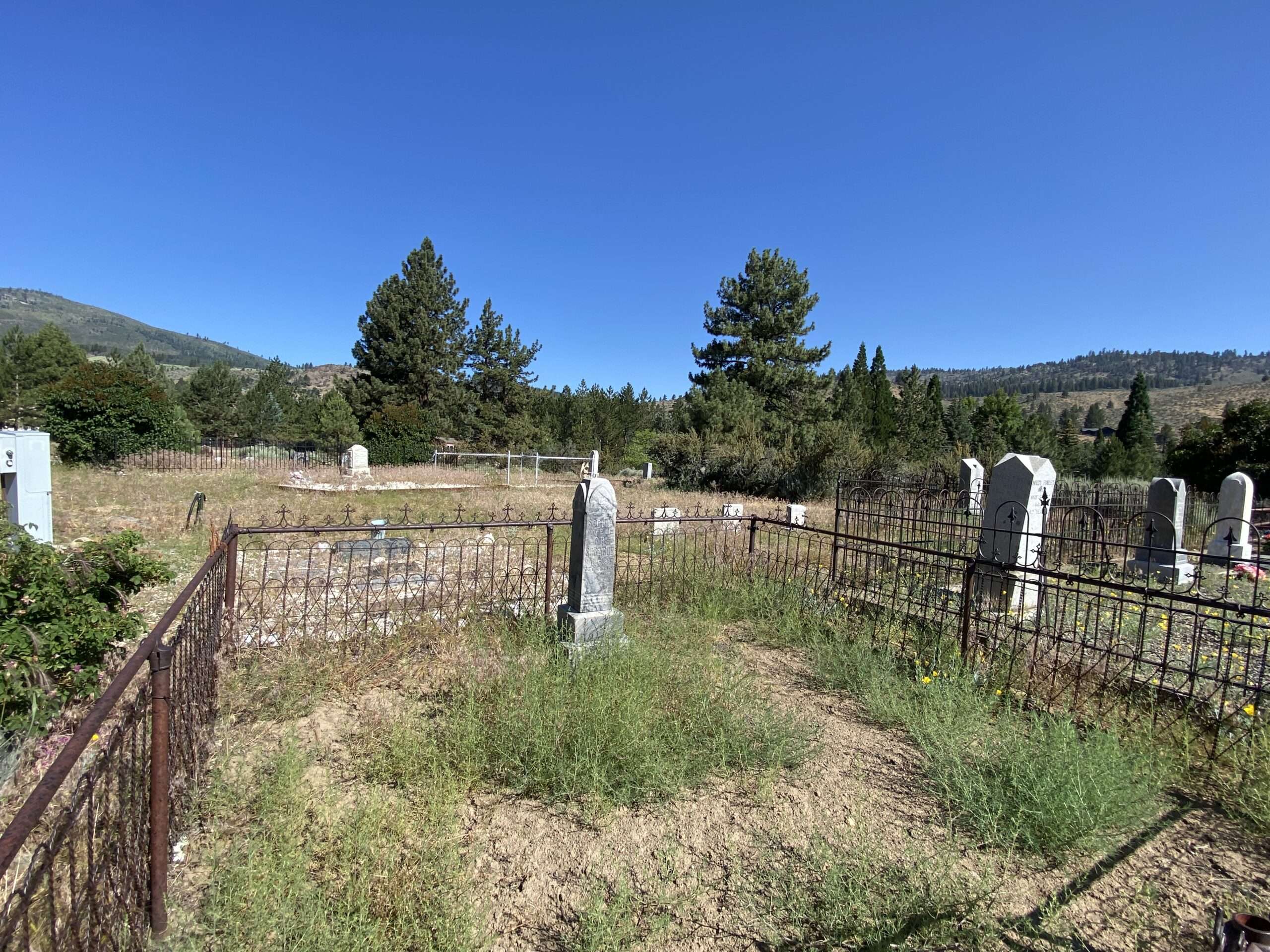

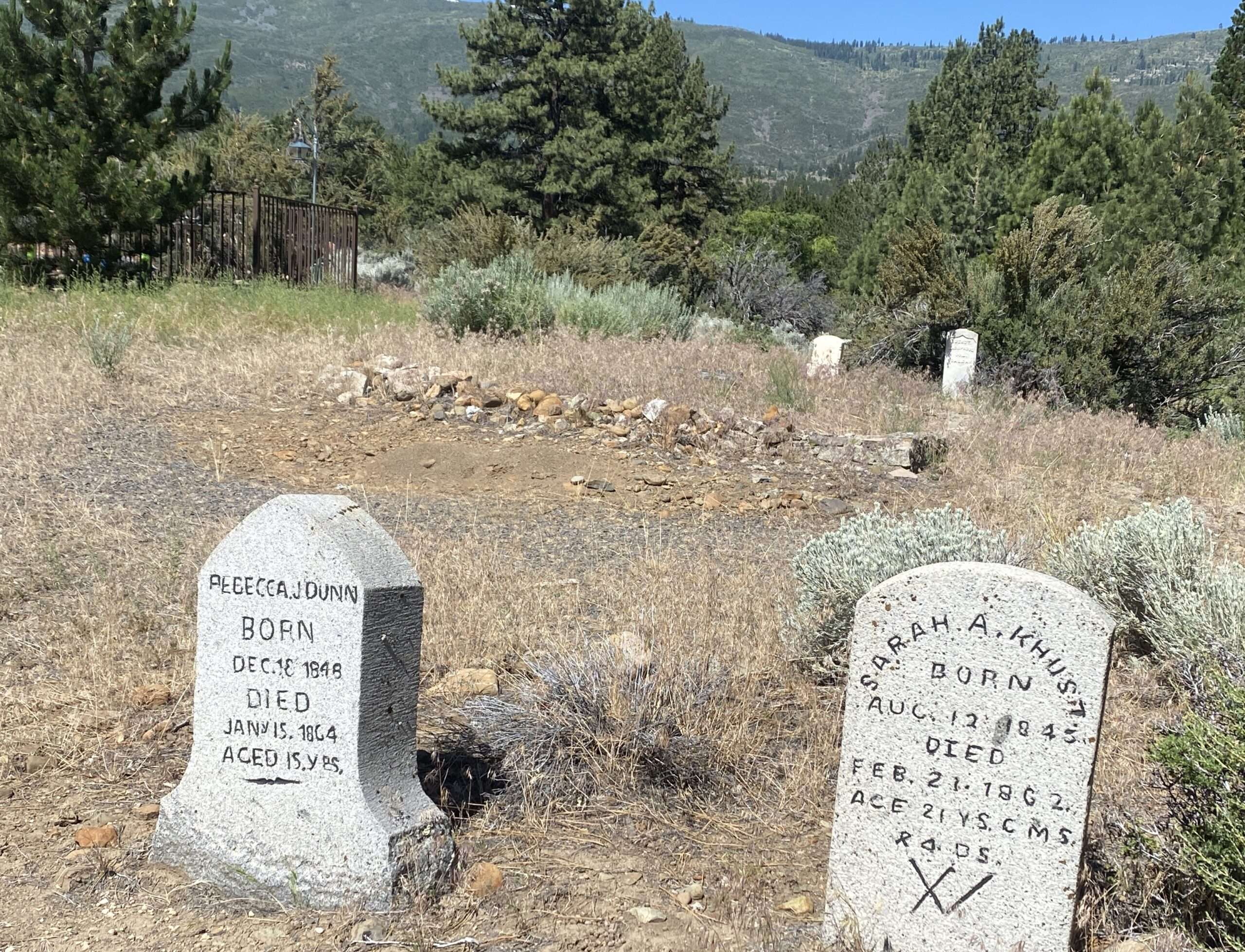
Farad Powerhouse, California
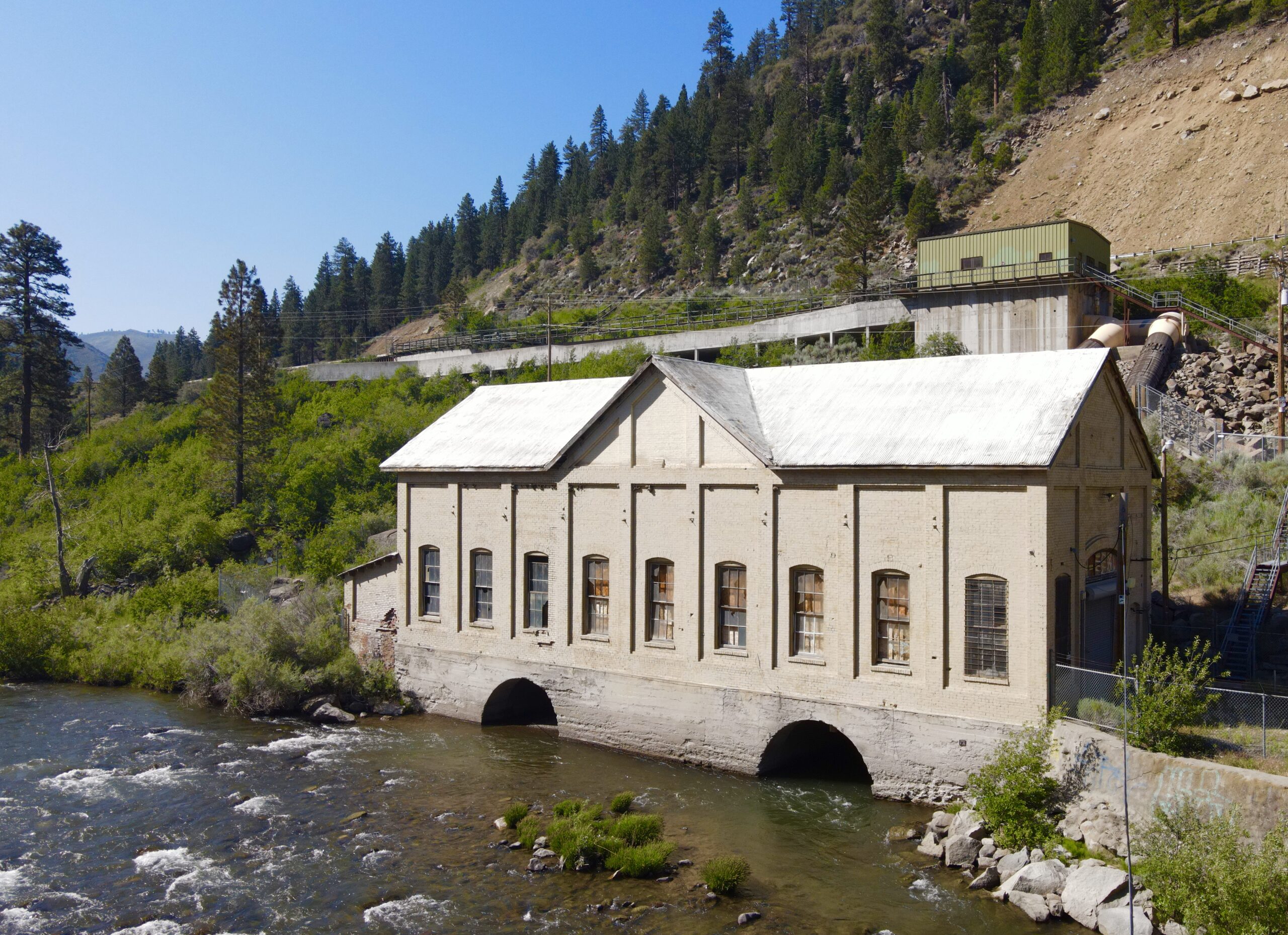
Reno and Sparks were powered solely by four hydroelectric plans along the Truckee River at the turn of the century. Farad is the oldest power plant on the eastern Sierra. It was built in 1899 to Power the mills of the Comstock.
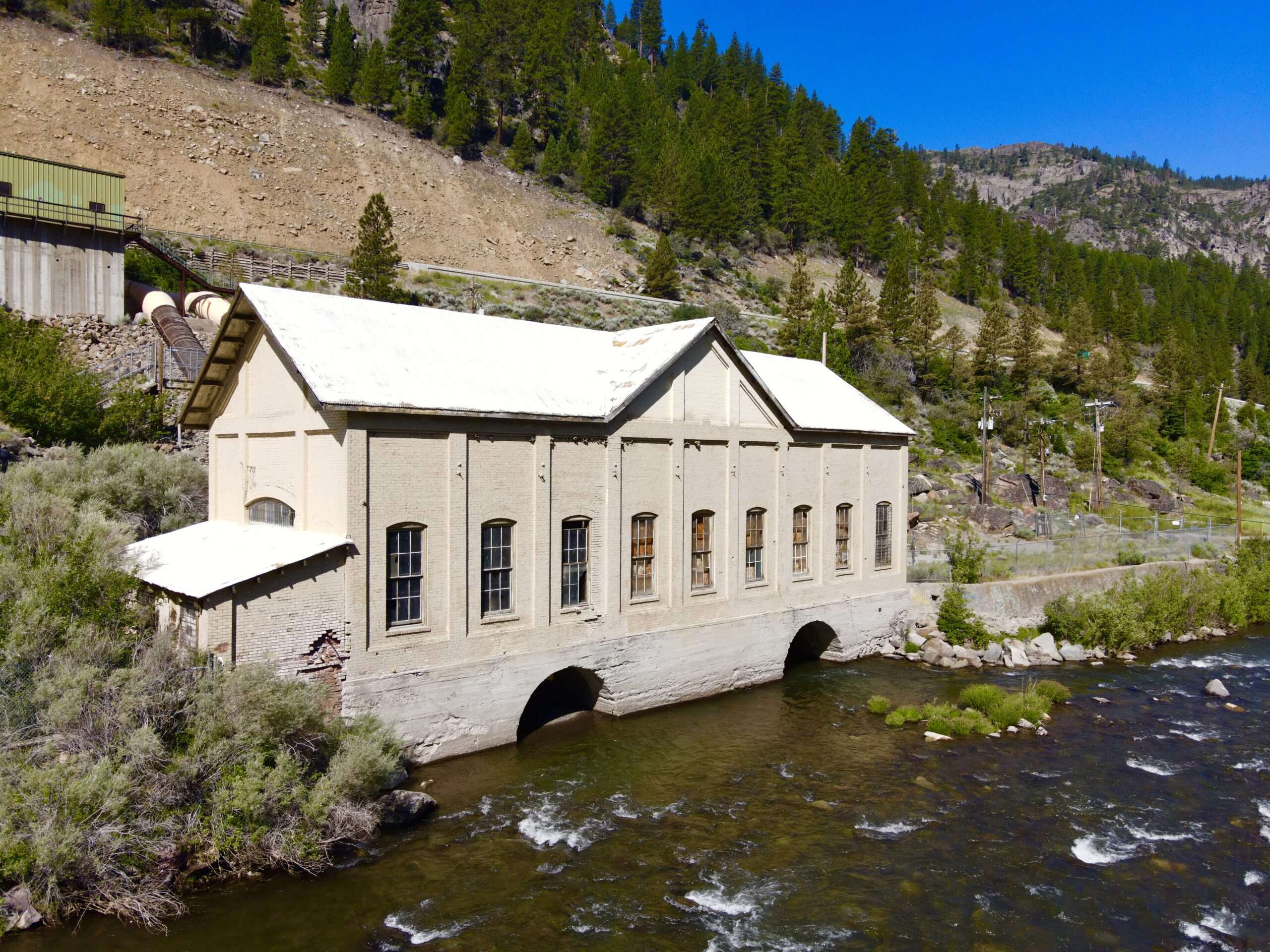
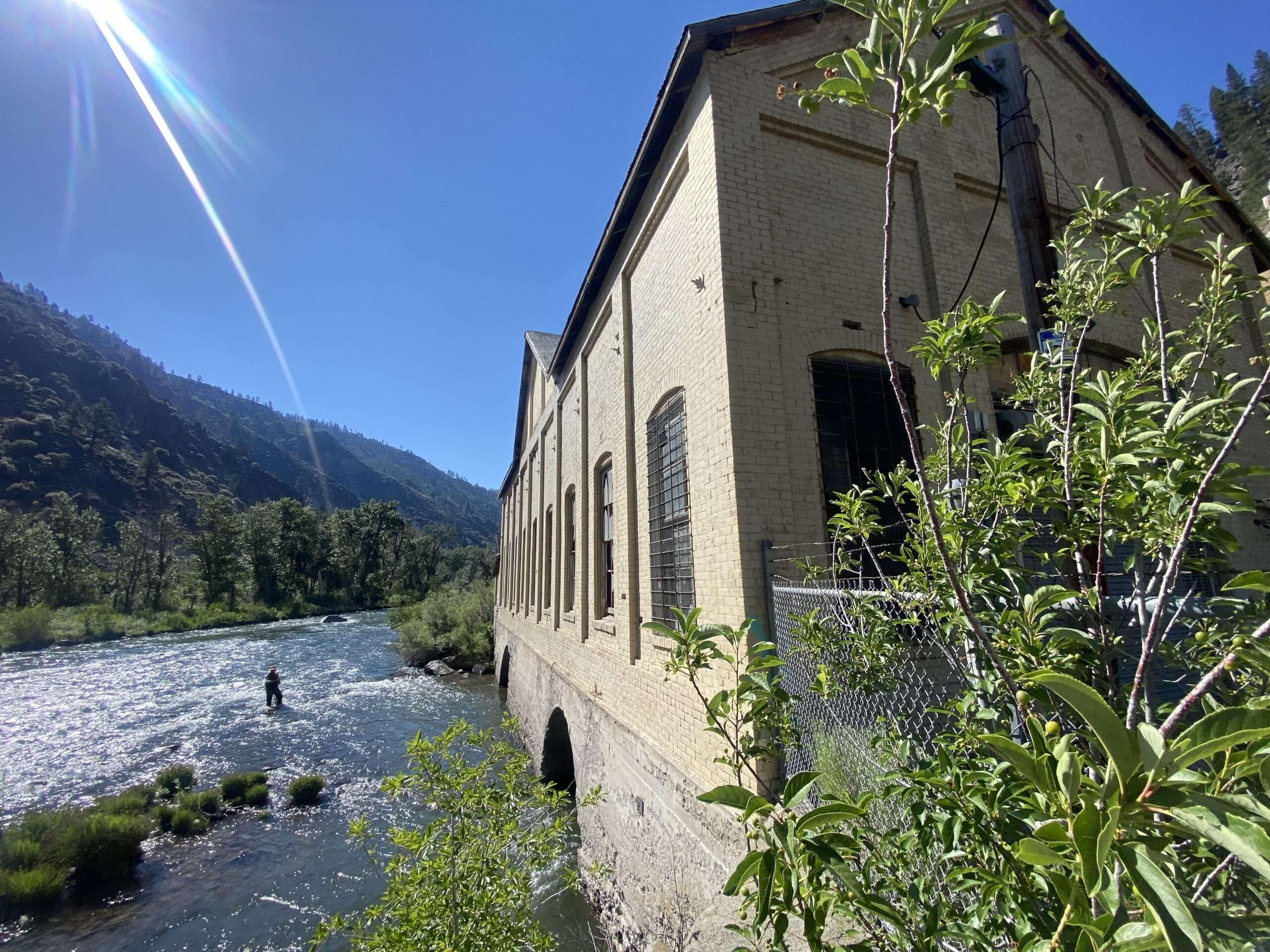
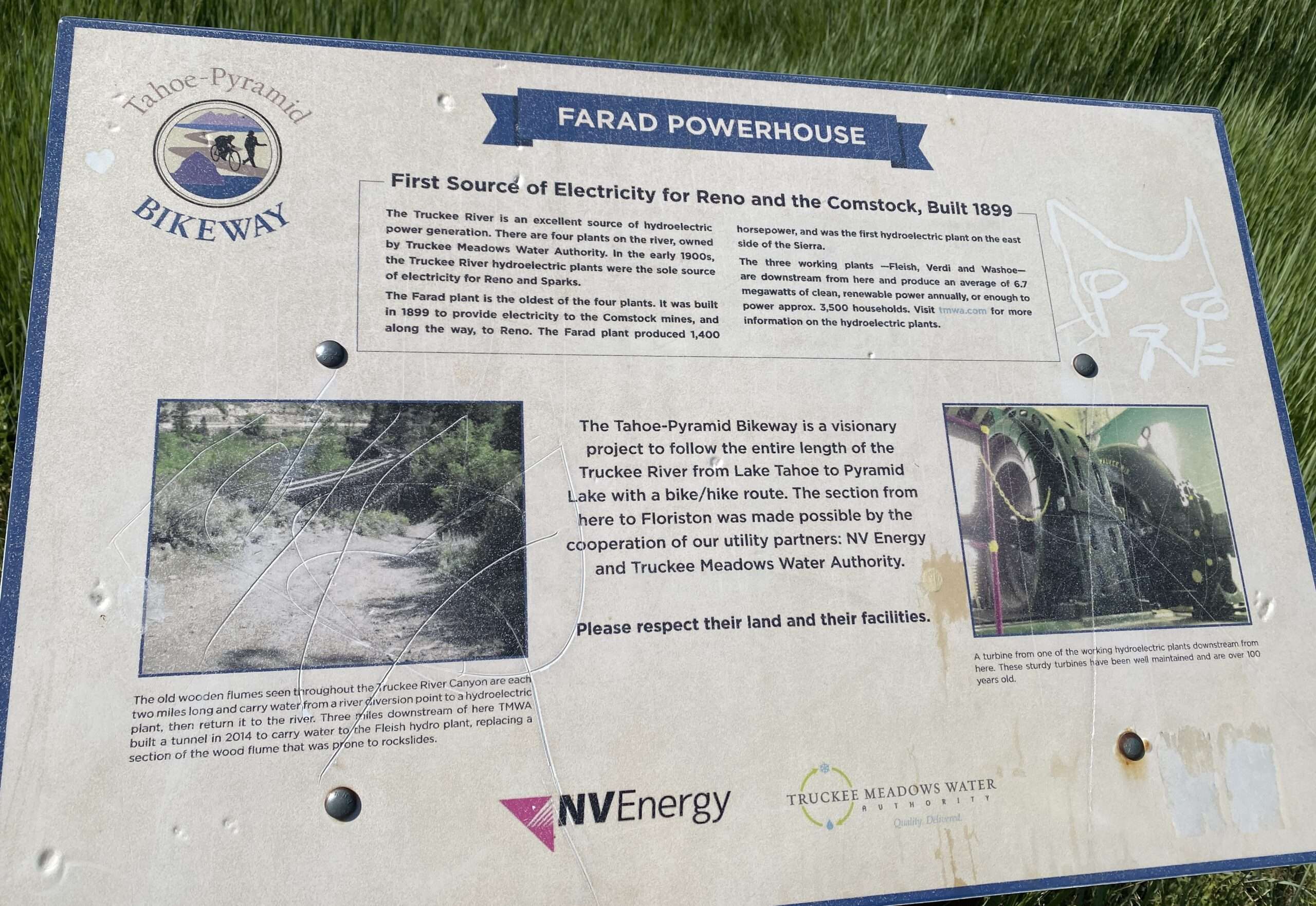
Nevada Expeditions has a nice article about the history of the Farad powerhouse.
Fleish Powerhouse, California
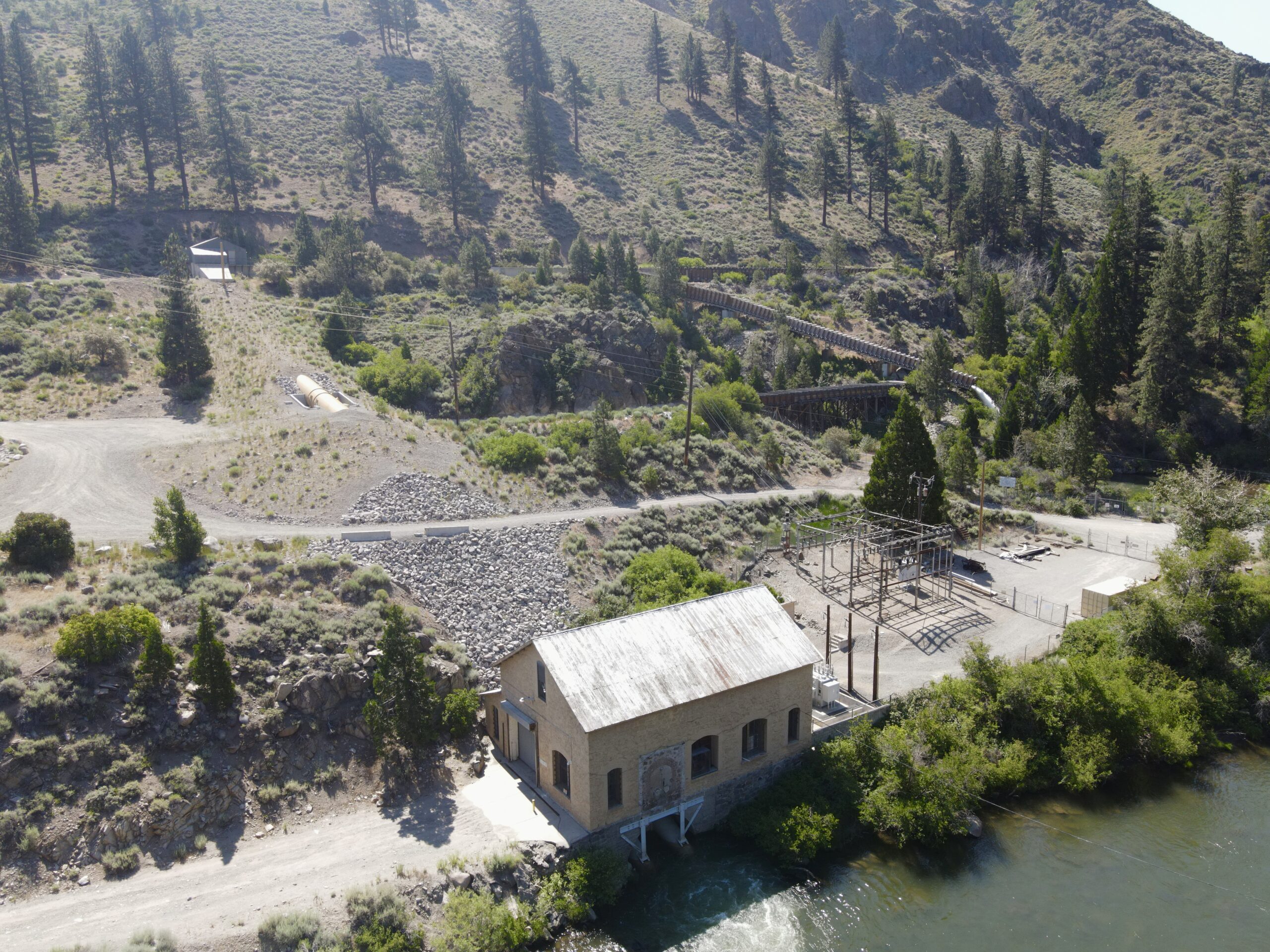
The third of the powerhouses constructed on the Truckee River was Fleish in 1905. A small town with a post office was established but soon abandoned; the last train service in Fleish was on December 15, 1938.
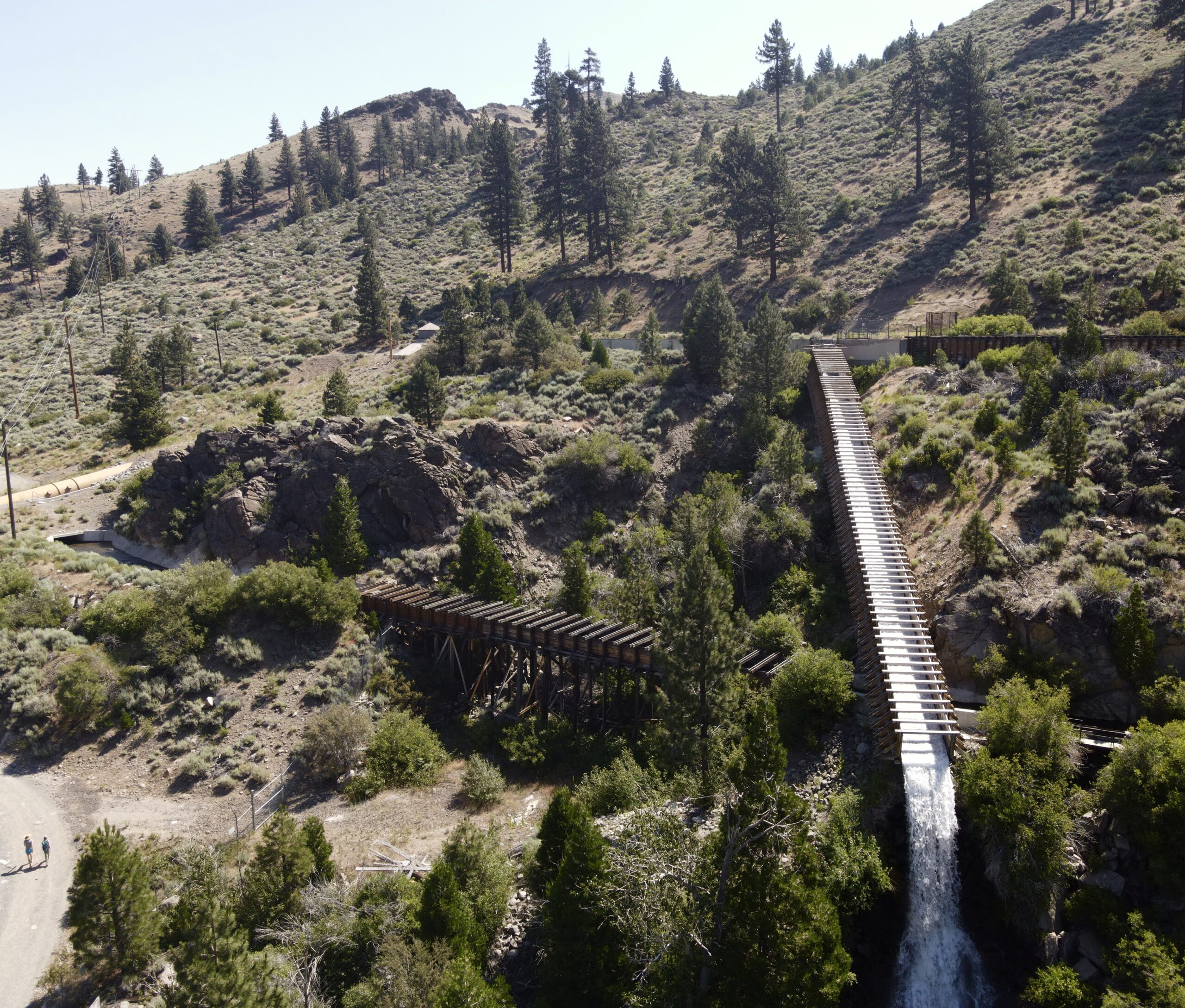
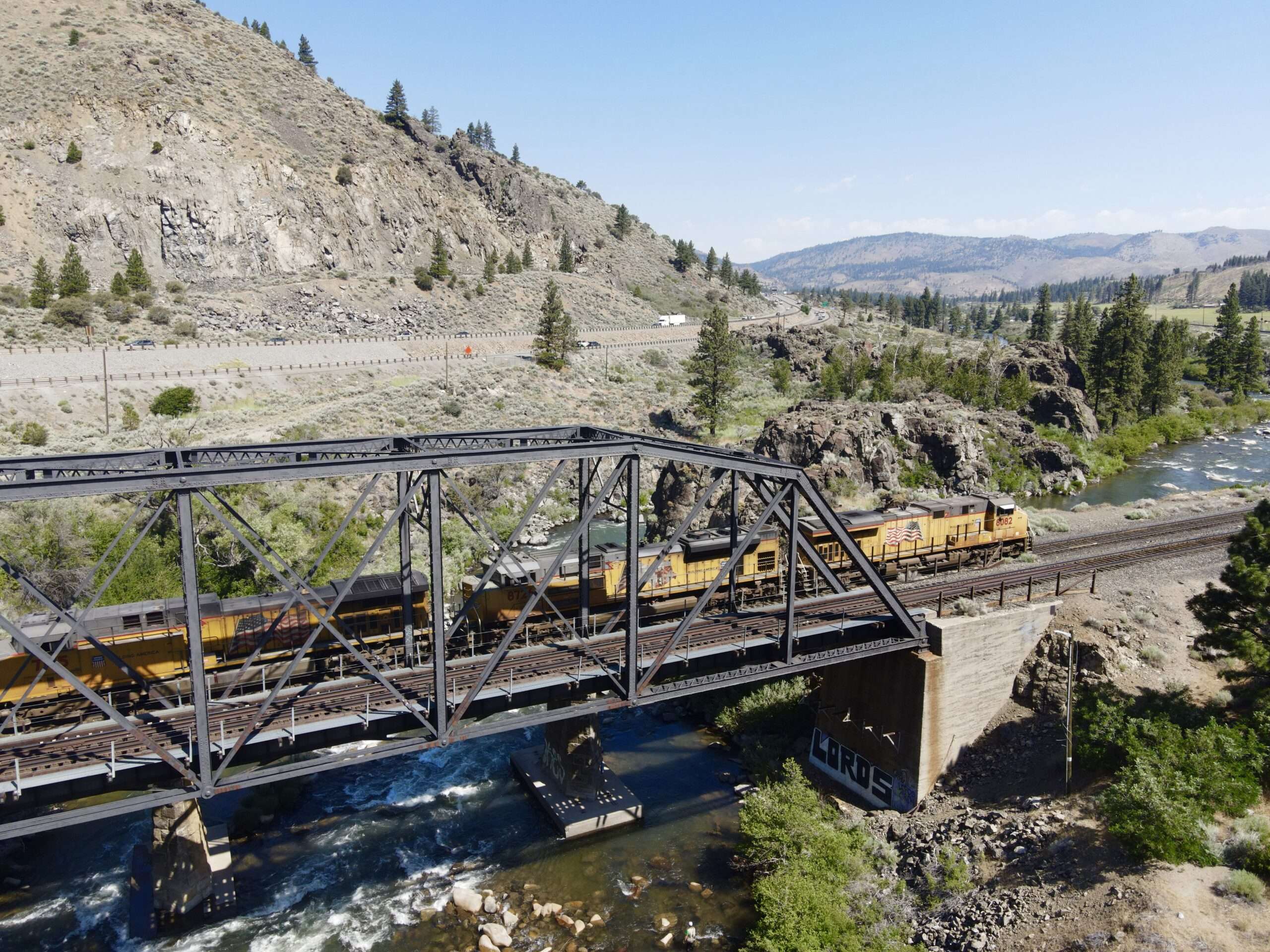
You can read more about the Fleish Power plant at Nevada Expeditions.
FLORISTON
The Central Pacific Railroad created a construction camp at Bronco Creek in 1867. Between the 1870s and 1880s, the Wicks brothers owned a telegraph office, store, and lumber yard. Two ice companies operated at Bronco: Rocky Run and Floriston Ice. The town’s name changed to Floriston in 1891.
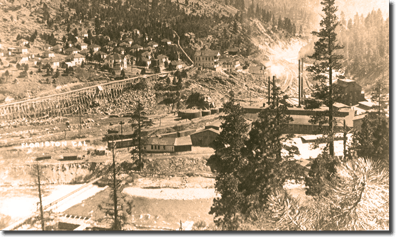
(Photo credit: Floirston Property Owners Association)
In 1899, the Floriston Pulp and Paper Company built one of the world’s largest pulp and paper mills. A company town housed employees, including homes, a hotel, stores, and a school.
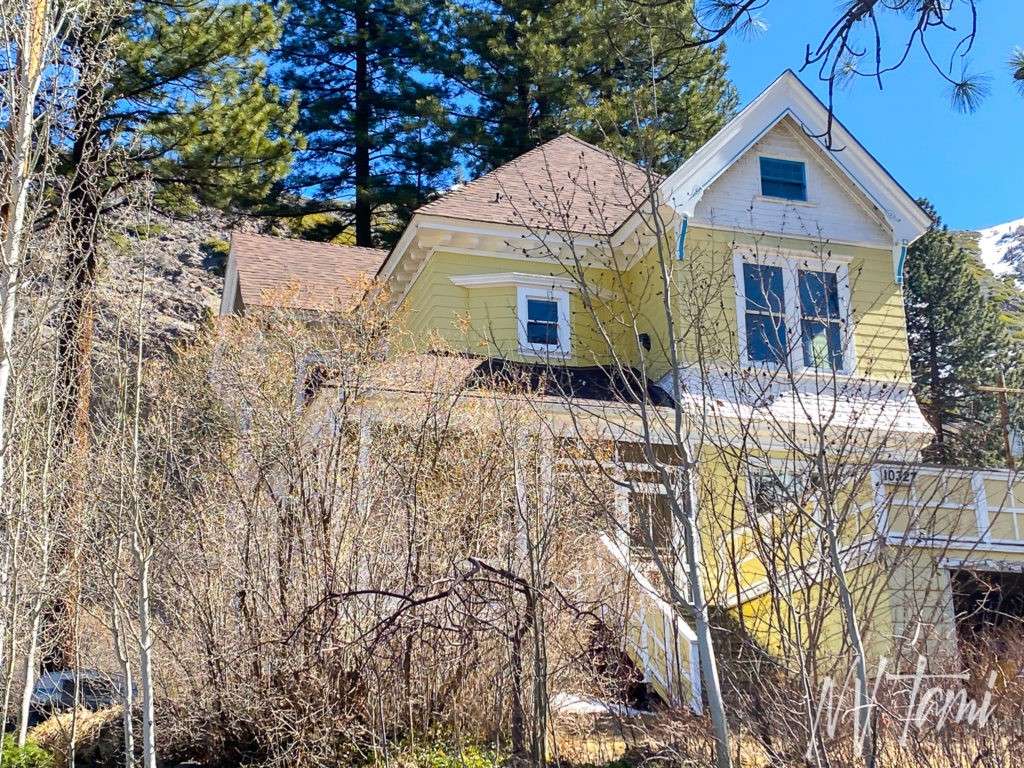
After the mill closed in 1930 due to environmental issues, Floriston became a ghost town. In 1947, an attorney bought the town. Floriston is now a small community along the Truckee River.
BOCA

(Photo credit: Truckee Donner Historical Society)
Boca started as a construction camp for workers on the transcontinental railroad. The Boca Mill and Ice Company was founded in 1868. The town became a major producer of ice, lumber and beer.


(Photo credit: Truckee Donner Historical Society)
Fire destroyed the brewery in 1893, but the owners did not rebuild. Refrigeration ended the need for ice companies and trees for the lumber yard soon and out. Fire again struck in 1904, this time destroying the hotel. The Boca post office operated until 1945.
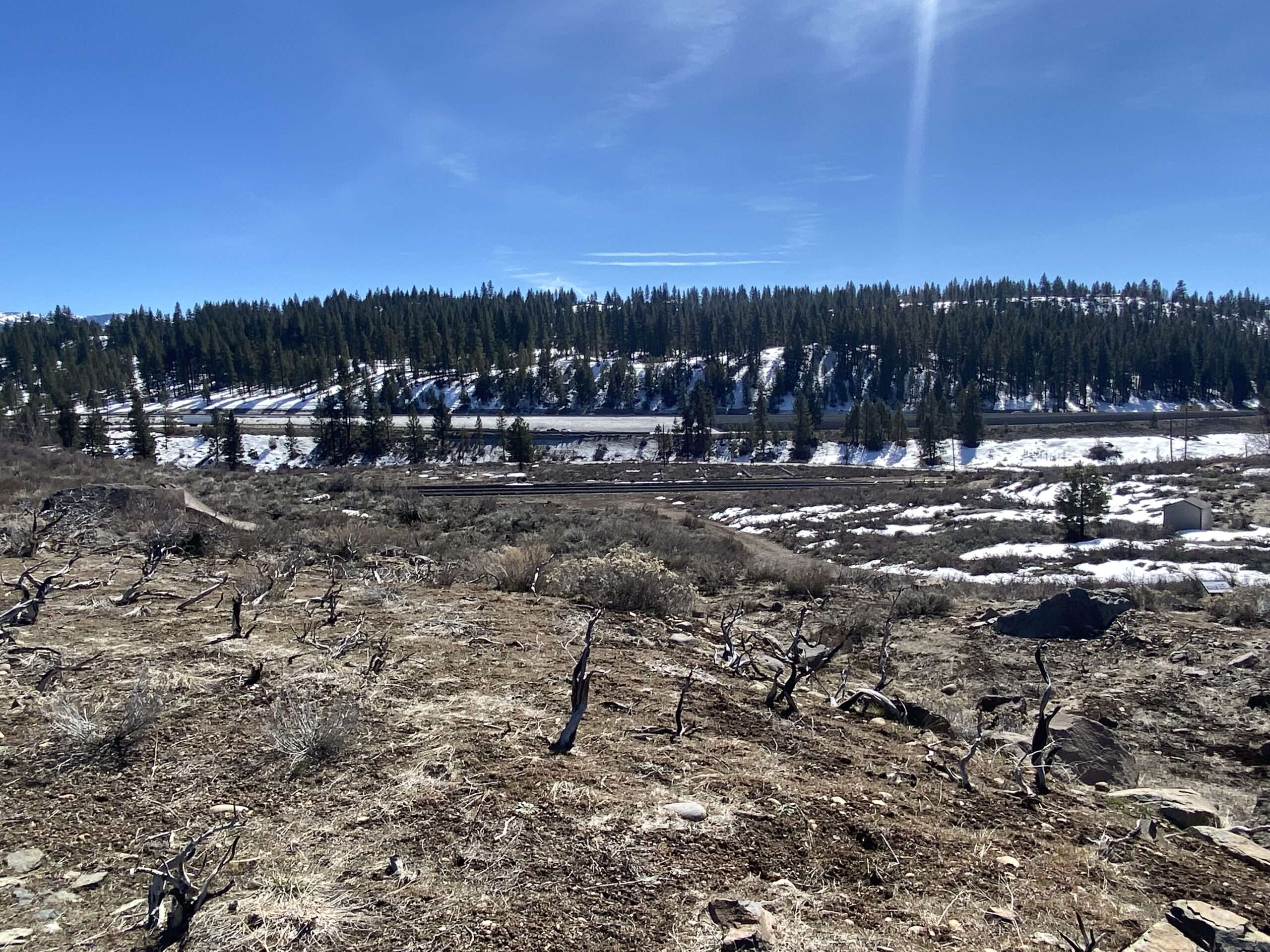

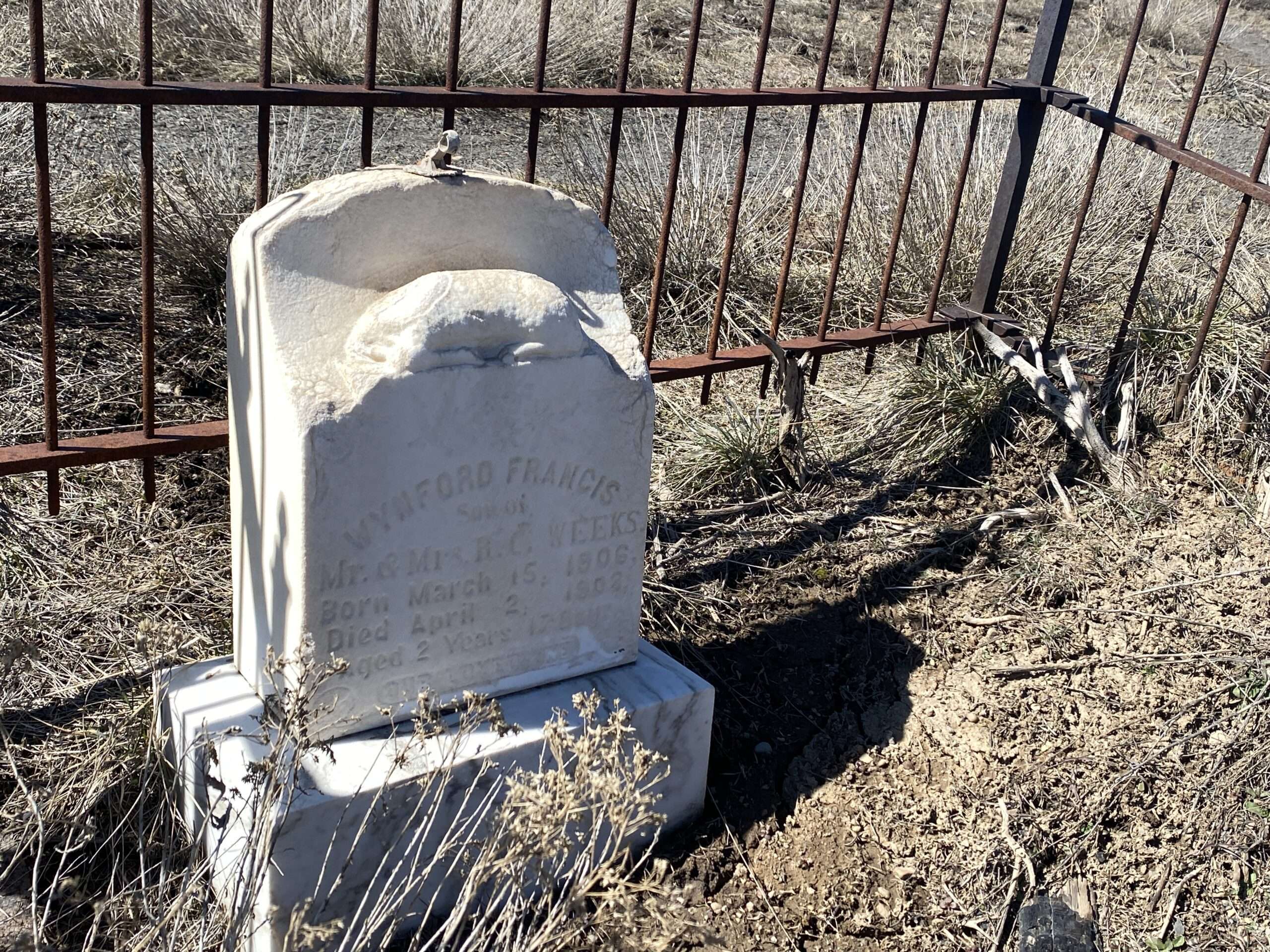
Foundations and the cemetery mark the site of Boca. You can follow a trail with interpretive signs around the ghost town.
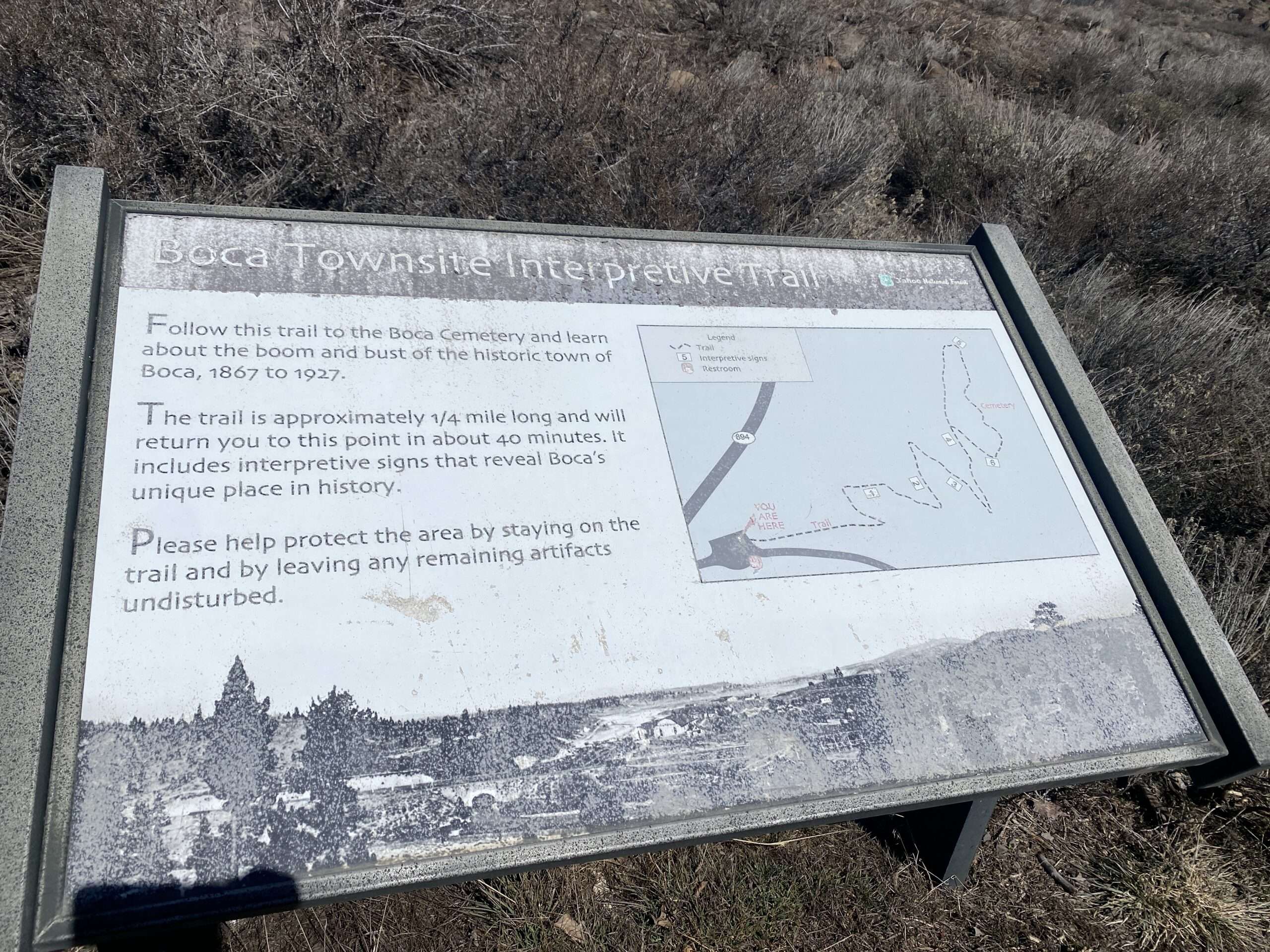
North Reno
Nashville
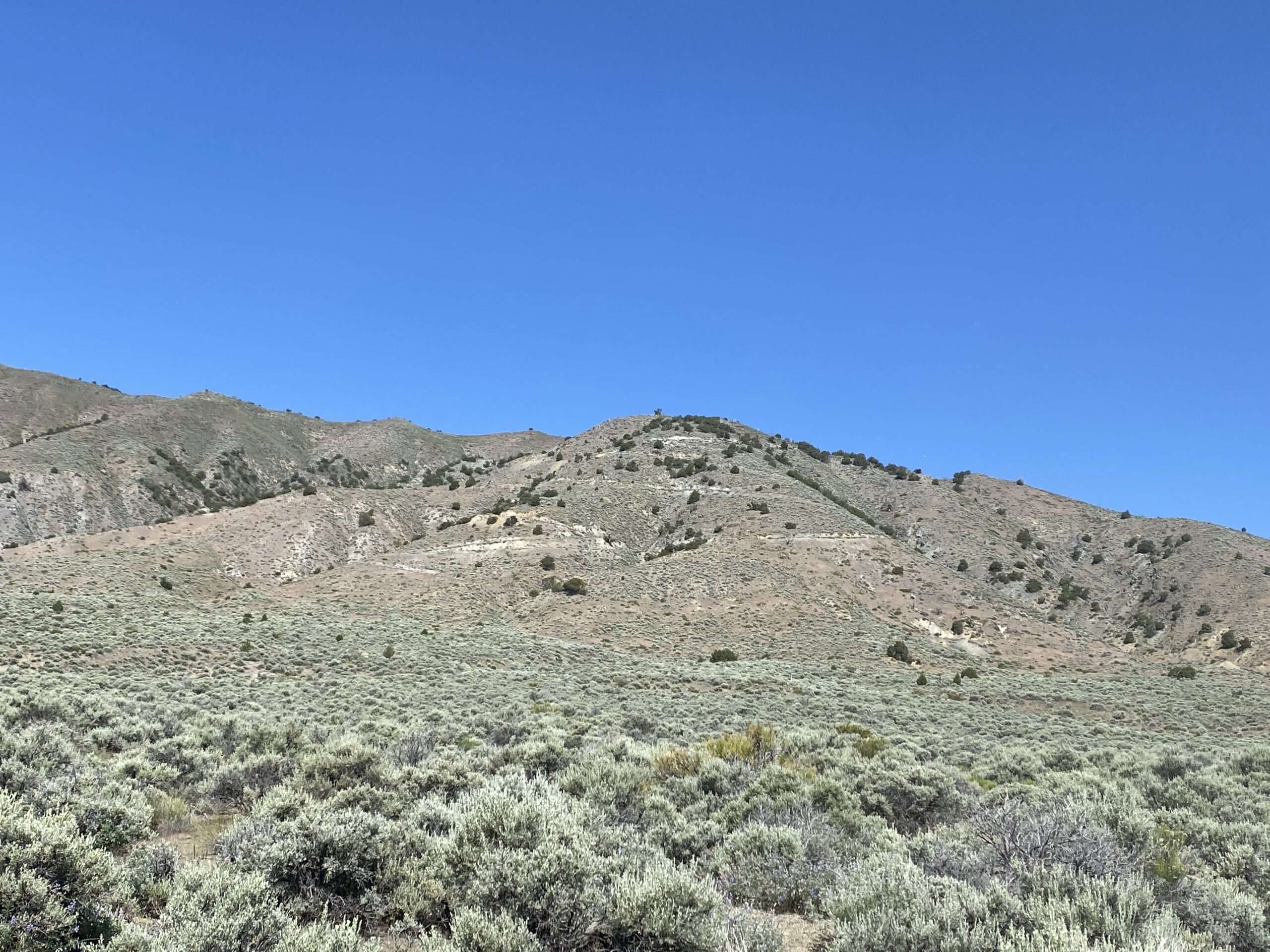
In 1900, Charles Nash discovered gold, silver and copper north of Reno. Nash sold his claims to Degman & Richards in 1906. They laid out a town named in honor of Nash. Plan included a post office and stage line, but Nashville faded into the Nevada desert. Concrete foundations and debris mark the site.
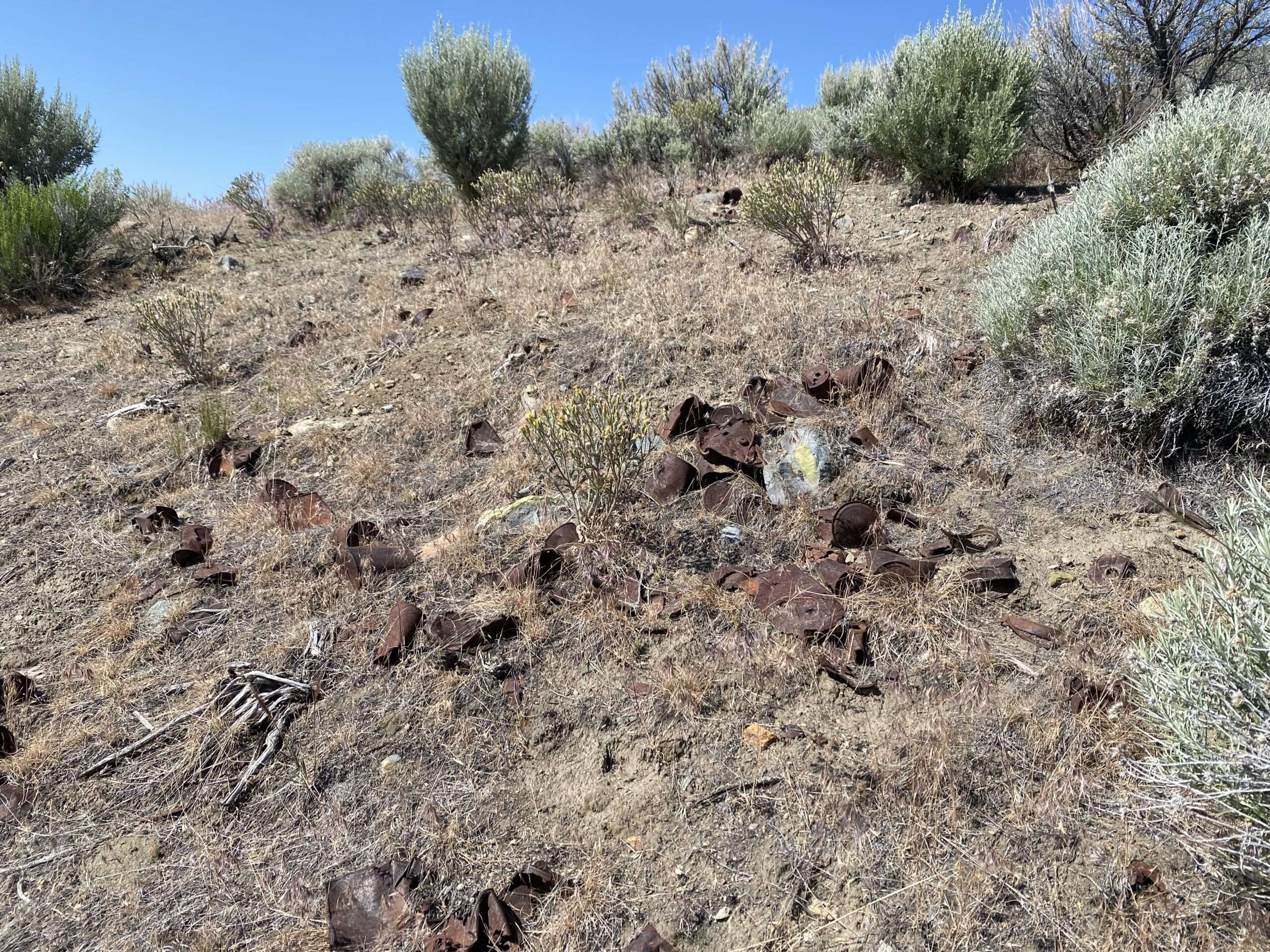
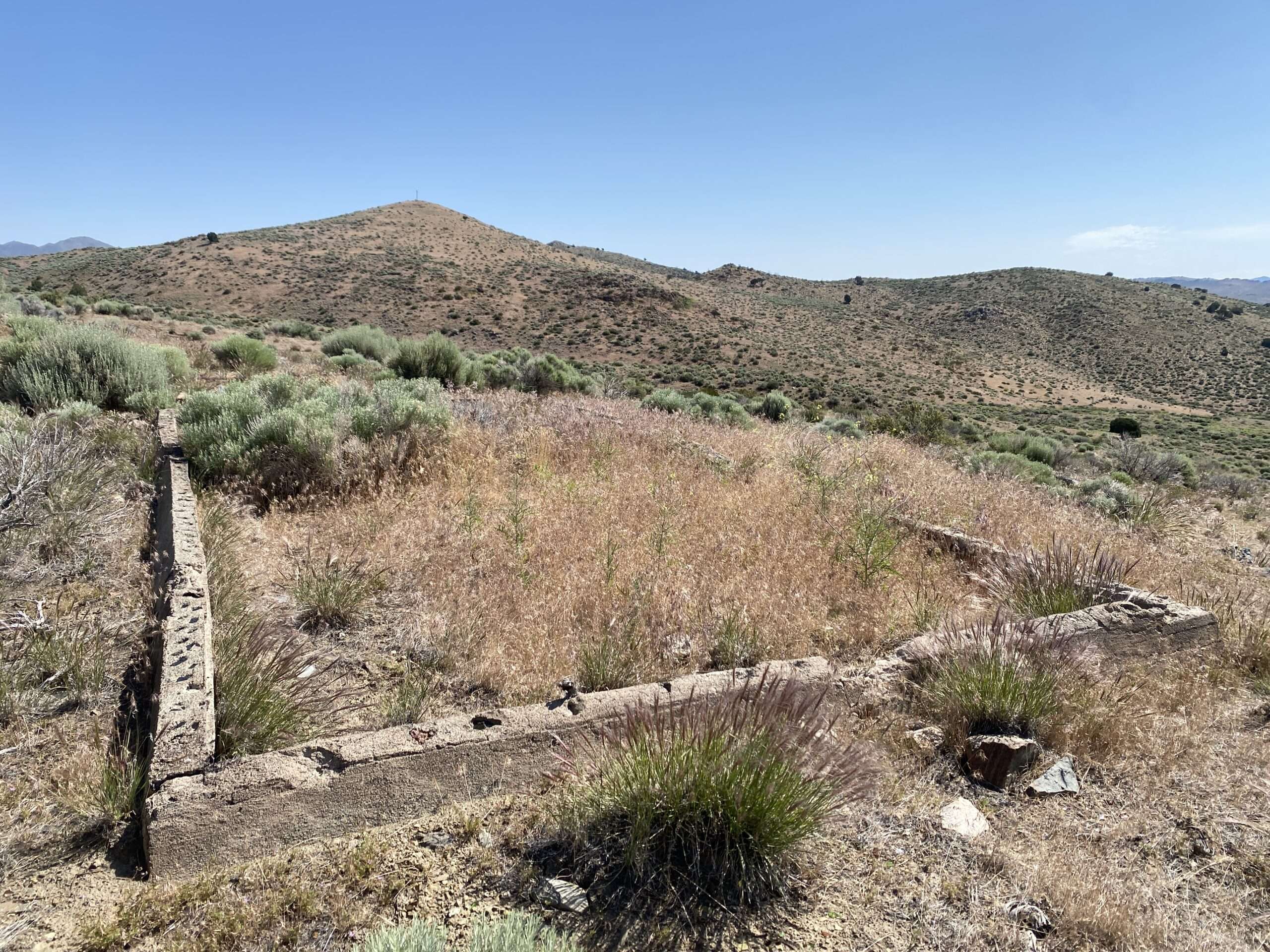
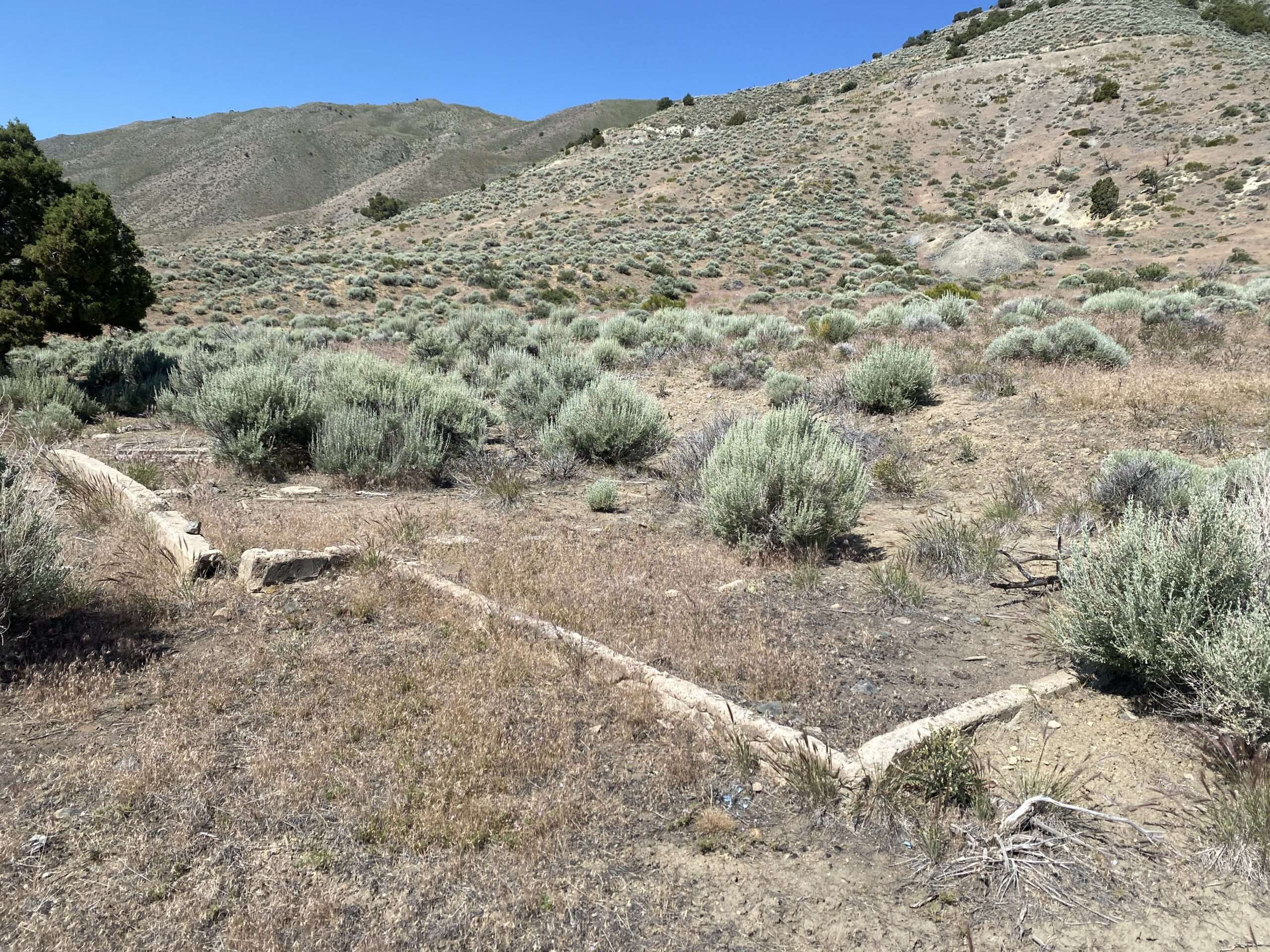
Poeville/Pevine
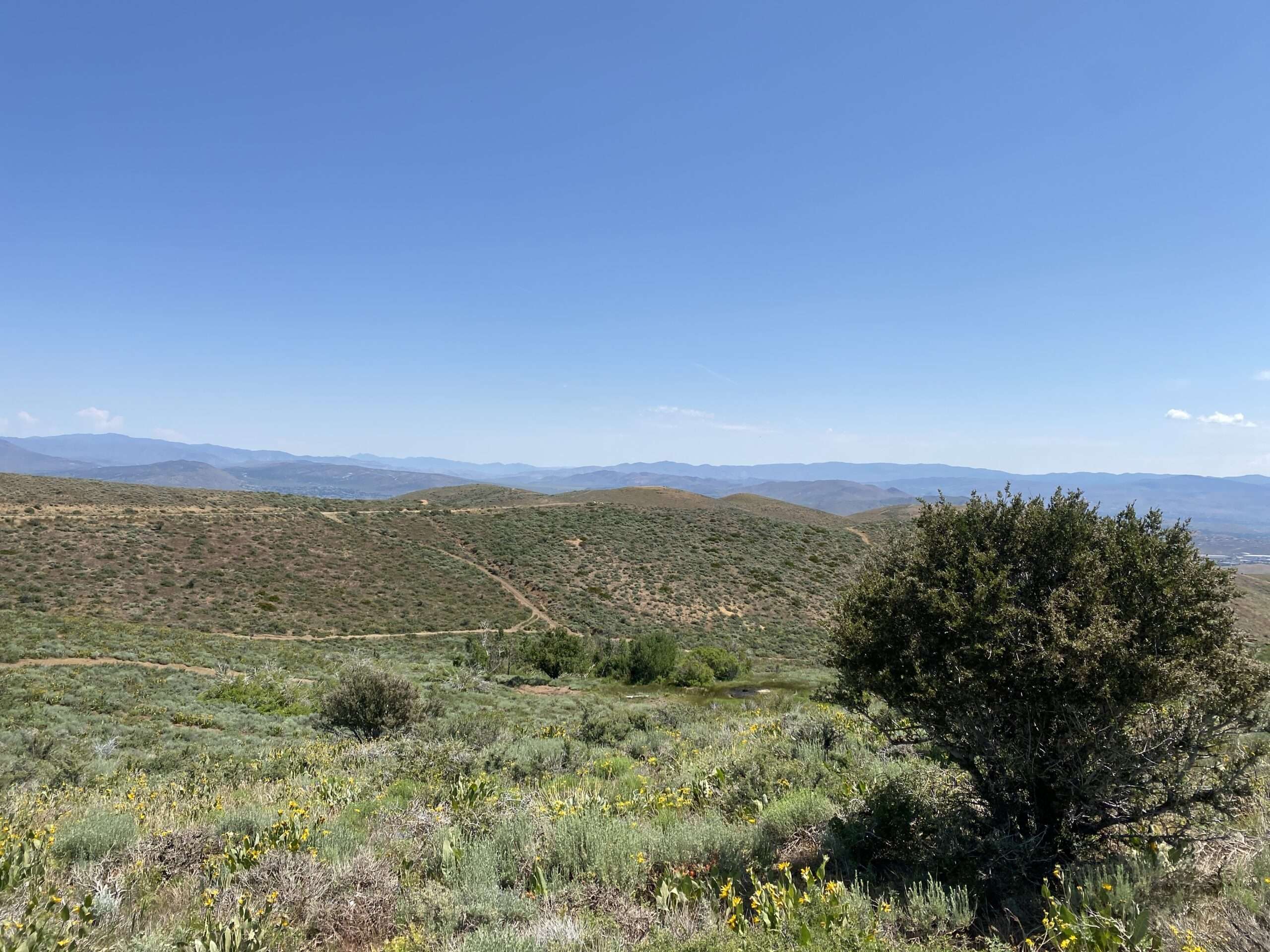
John Poe, cousin of famed author Edgar Allen Poe, found gold and silver on Pevine Mountian in 1862. After displaying ore at the 1864 state fair, a town grew. The settlement was known by several names: Poe City, Poeville, Poedunk and Podunk. Several hundred people lived in town and operated three hotels. A post office named Poeville opened on September 1, 1874.
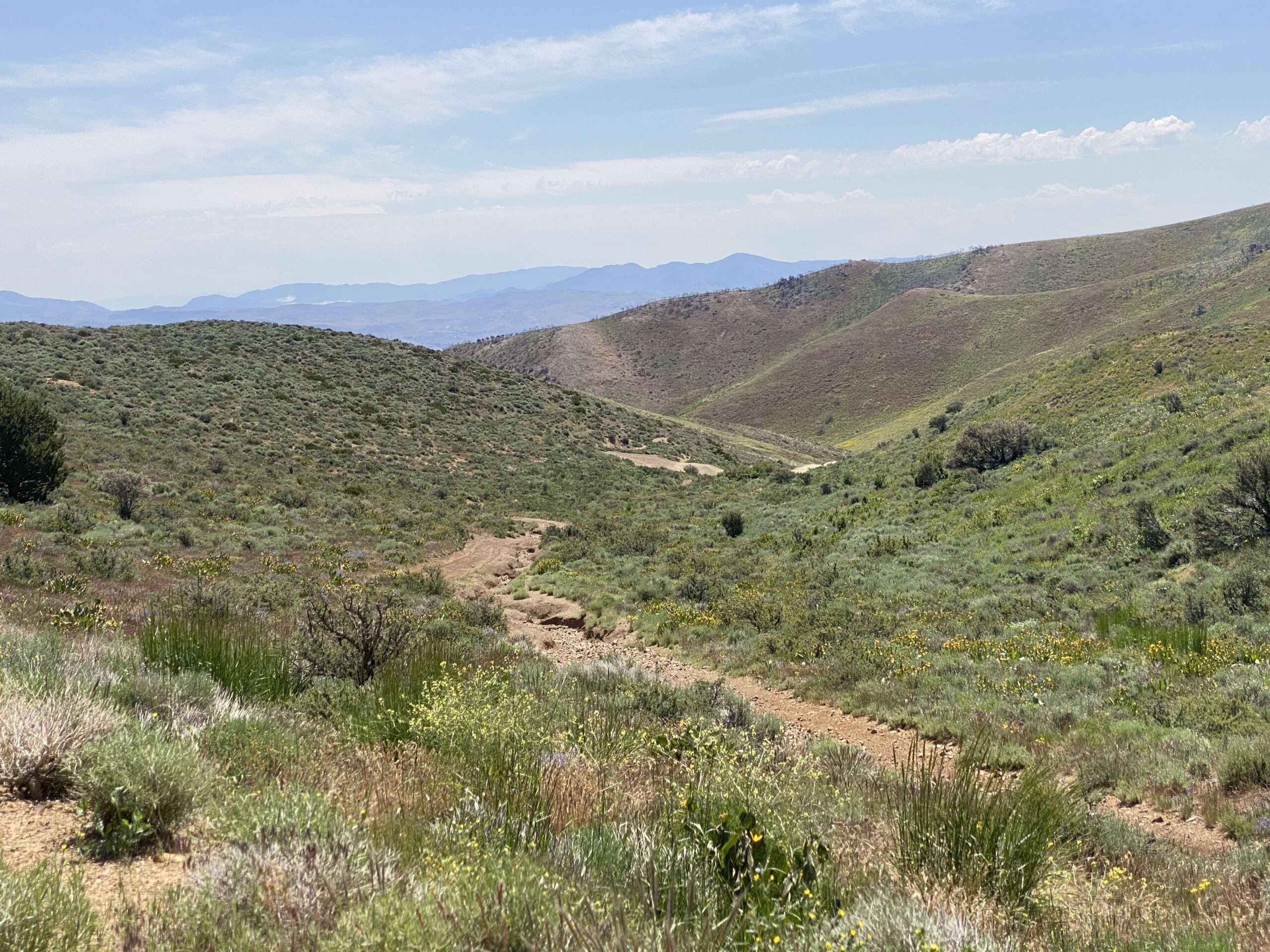
The ore was found to contain copper, not gold. Miners relocated to more promising areas and the town declined. In 1880 only 15 residents lived in Poeville. The post office closed on March 24, 1878.
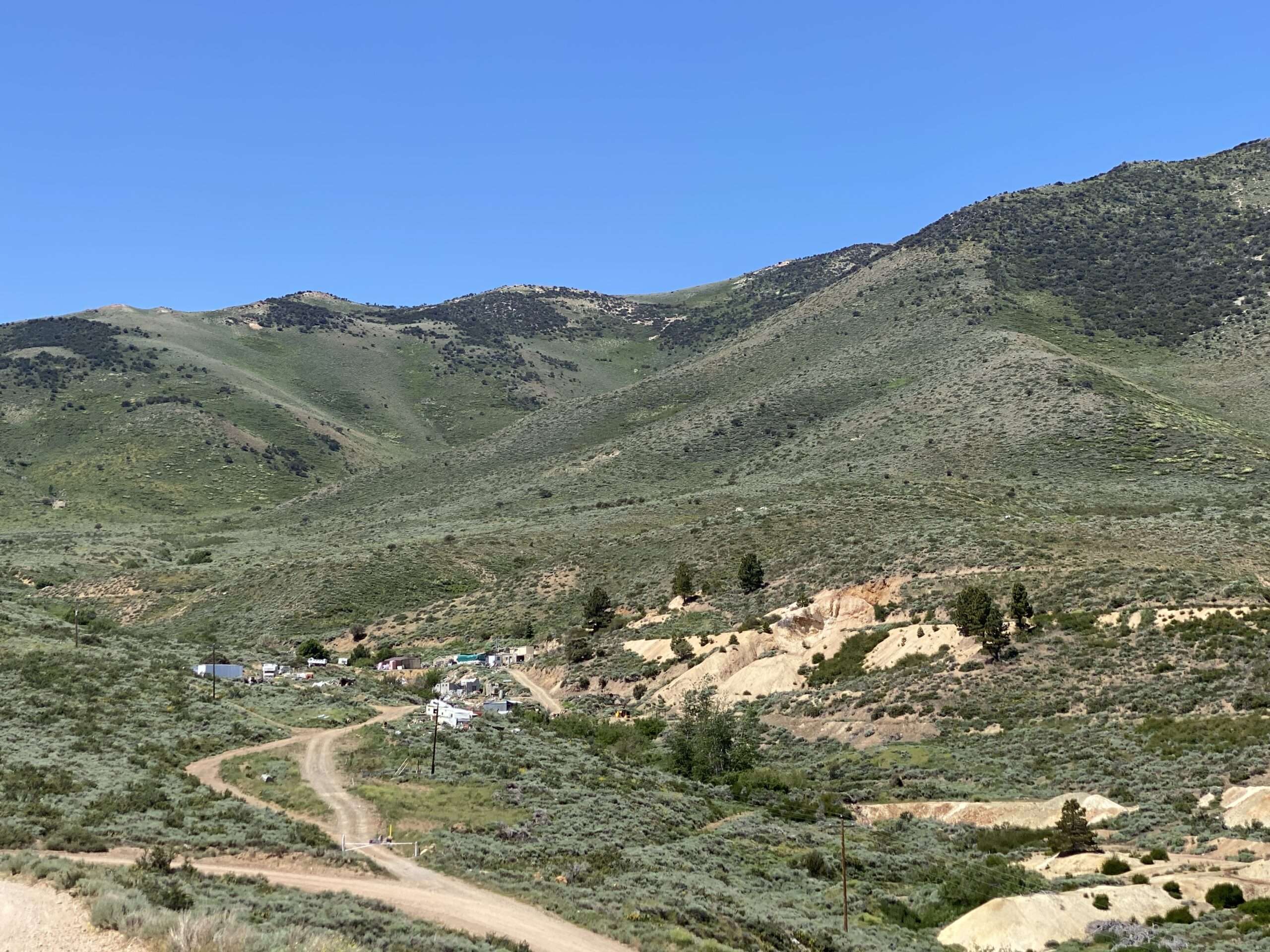
Nothing remains of the town, but Poeville Trail is a great off-road day trip.
Follow me on social media:
Jana Pendragon says
Wonderful history! Great photos too. As a Native Nevada born and raised this brought back many precious memories. As a refuge stuck in So Ca., “Home Means Nevada” to me….
Tami says
I am glad you have enjoyed my site and hope you make it back home soon, even if only to visit.
Jeadene says
Tami:
I lived in the Reno area since 1995, now in Historic Dayton. I have to say this was probably one of my many favorites of your adventures. I have been to most of these historic places but there are some I need to visit. Thank you for sharing this, I loved it! I love Nevada and our history – thank you for sharing this with us.
Tami says
Thank you, Jeadene!
I really didn’t intend this as an article. But, as I visited so many places, I wanted to organize it into one place. I’ll have to think about doing it for other areas, like Dayton.
Bryan says
Isnt the Junction House in Pleasant Valley now?
Tami says
Wow, I hadn’t put that together!
I think you are correct. Sparks, then Moffat, owned the ranch at Junction House. I haven’t found mention where the house was on the ranch, but it is the same property.
I have meant to document the Sparks Mansion but have yet to do so. I’ll see if I have a picture of the house and add it to the article.
Richard Mcgrew says
Was there once as a kid. Would like to visit again . Looks like a lot to see.
Tami says
Worth a visit. I am working on a book that also includes historical sites at Tahoe, Lassen County and all the way south to Death Valley.
Lori says
Looking foreword to your book! Thank you for all your great research!
Tami says
Thank you, I’m working on the last chapter now!
Gorgo Happles says
My uncle worked at the Geiger Grade CCC Camp.
As he joked, when we’d visit…”no one knows where the grave of ben cartwright is.”
It is the same, to this very day.
Tami says
Very cool! If you have any more information, I would love to know. Other than the CCC itself, I found almost no information on the campground. That is true with many CCC sites.
We have a CCC outhouse on our ranch; when they installed it, we already had indoor plumbing! My grandfather was in the CCC but I don’t know where he was based.
bob says
Thank you Tami for another excellent article about the history where I live, that I never knew about.
Safe travels!
Tami says
Thank you, and I’m glad you enjoyed the article.
Janice Hobron says
What a wonderful article. So much I didn’t know about my hometown. Thanks for sharing all this great information. I’m ready to explore
Tami says
I’m glad you learned some great places to visit!